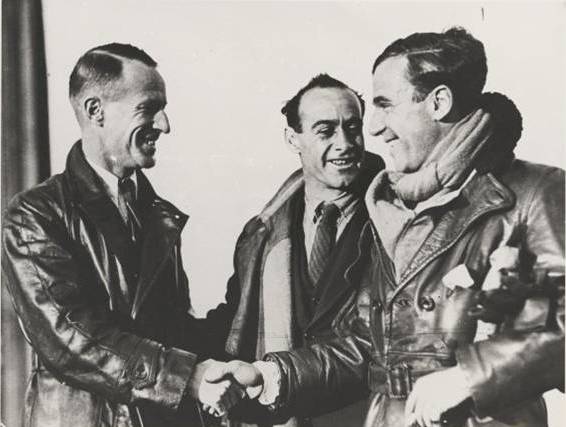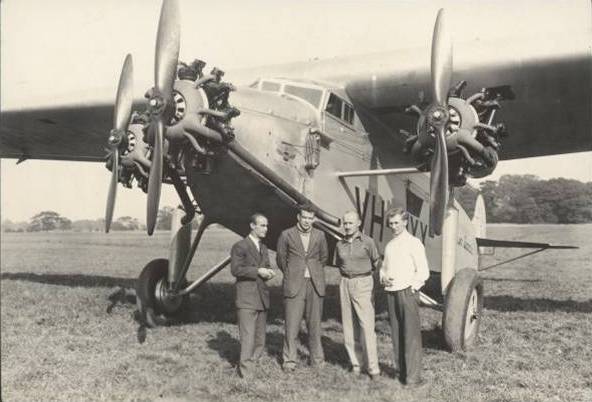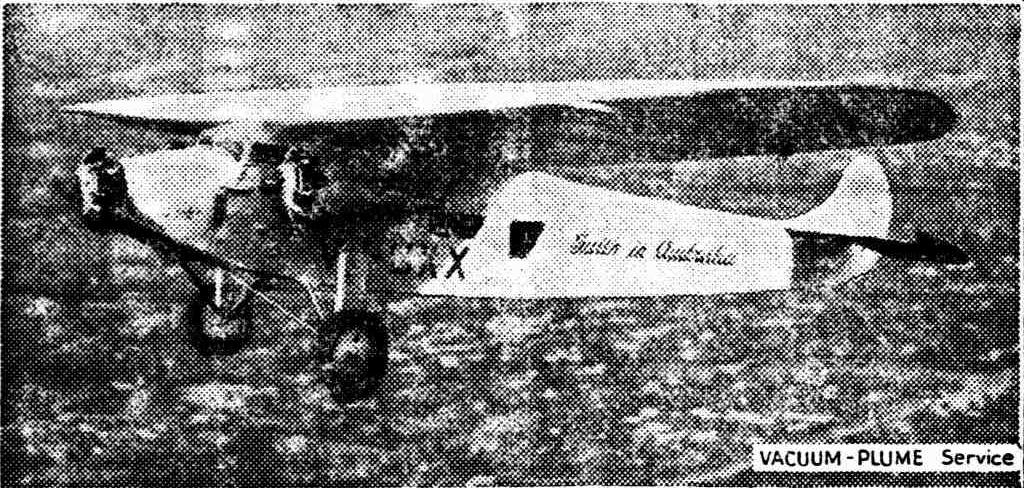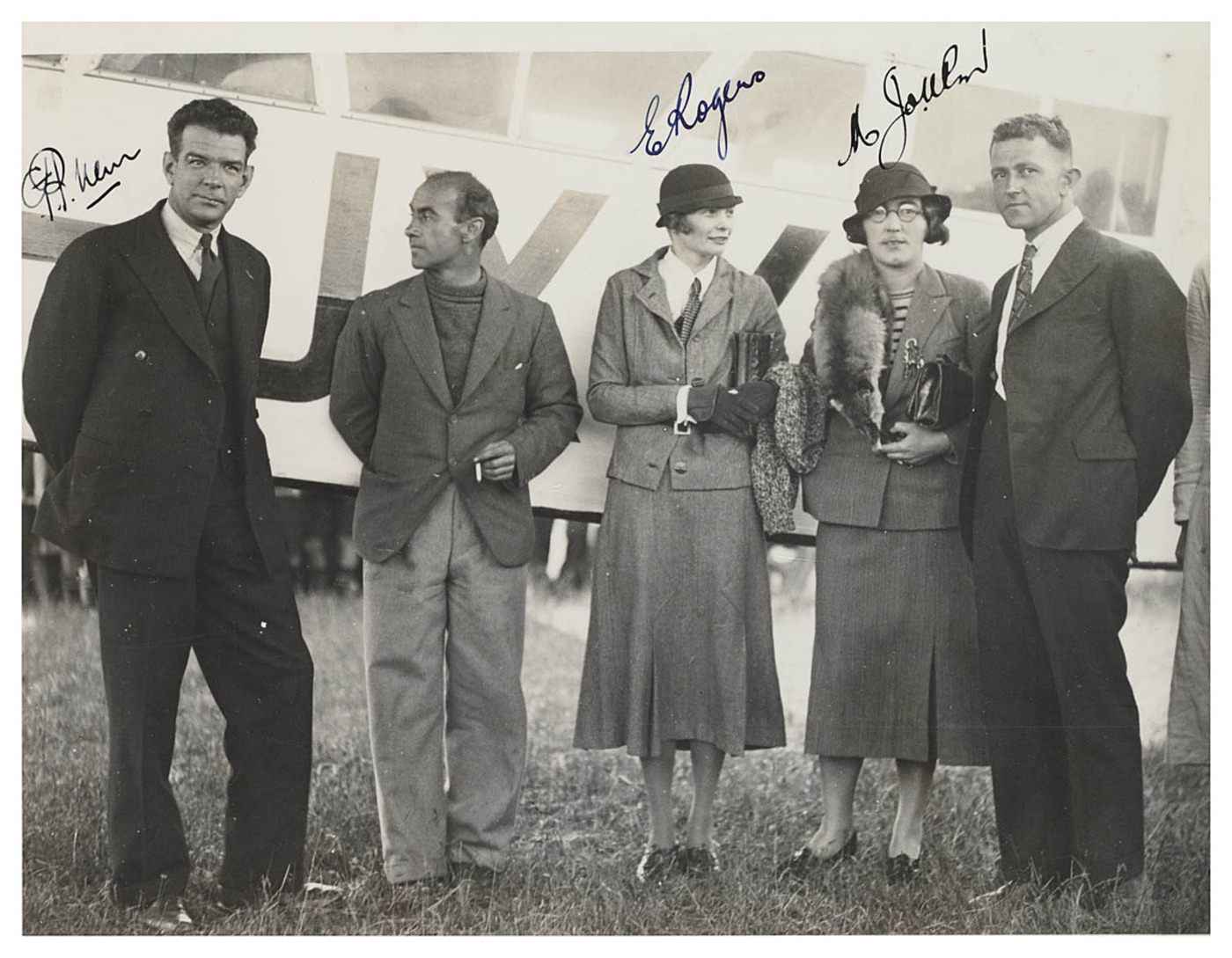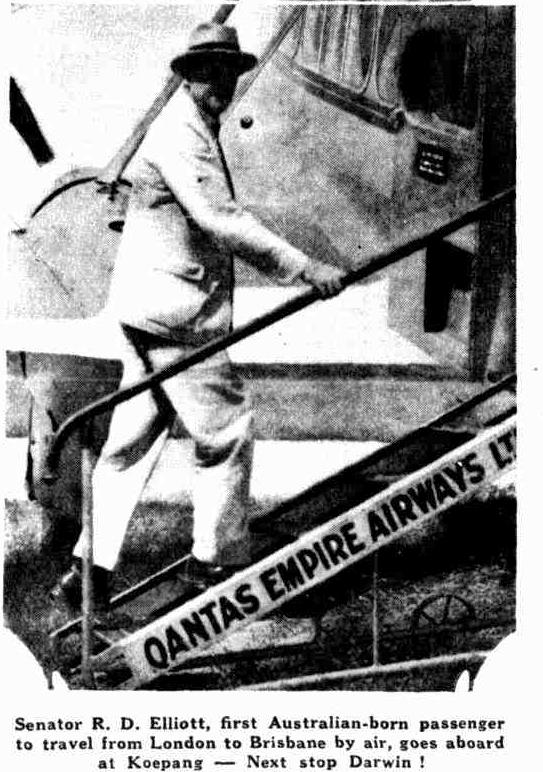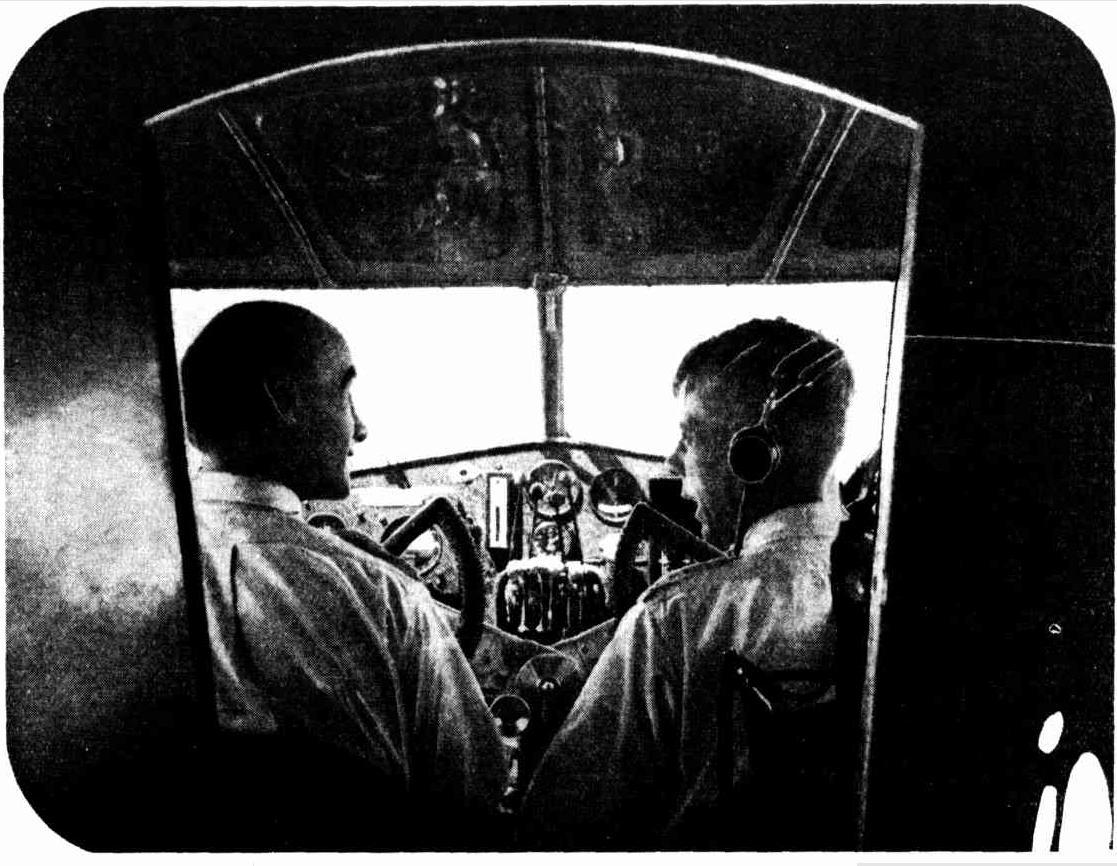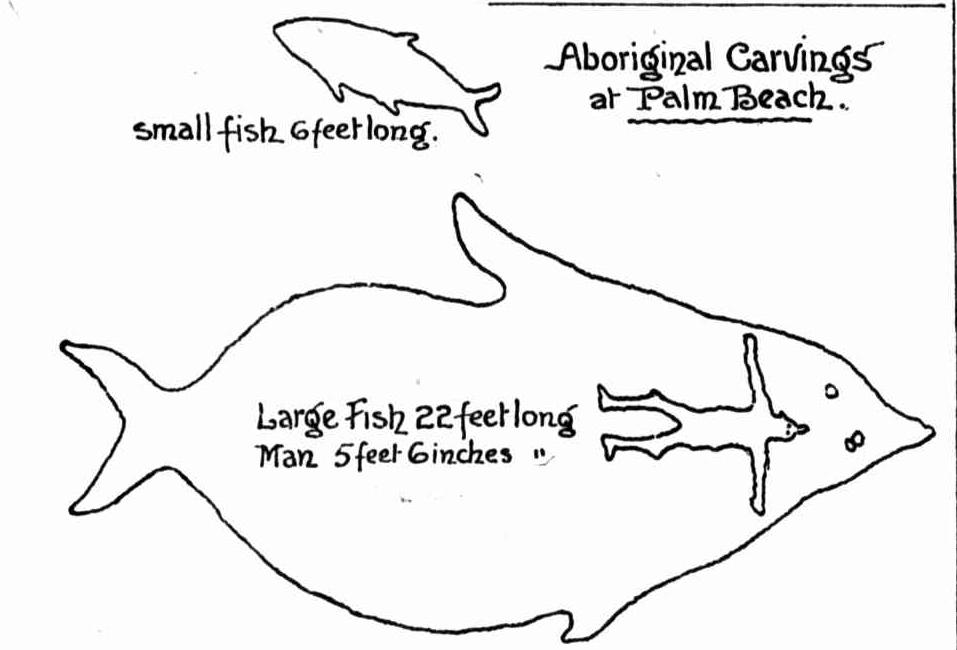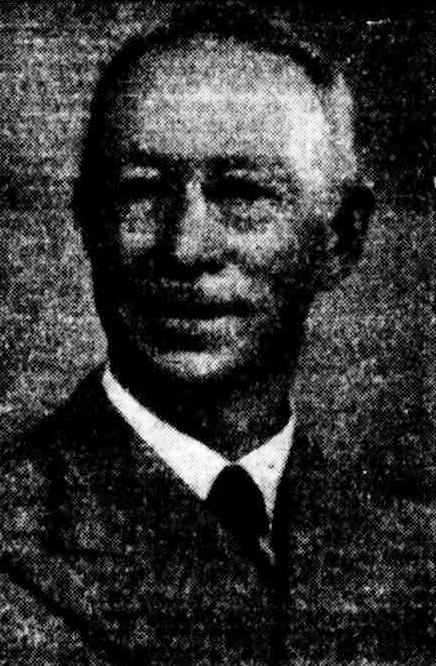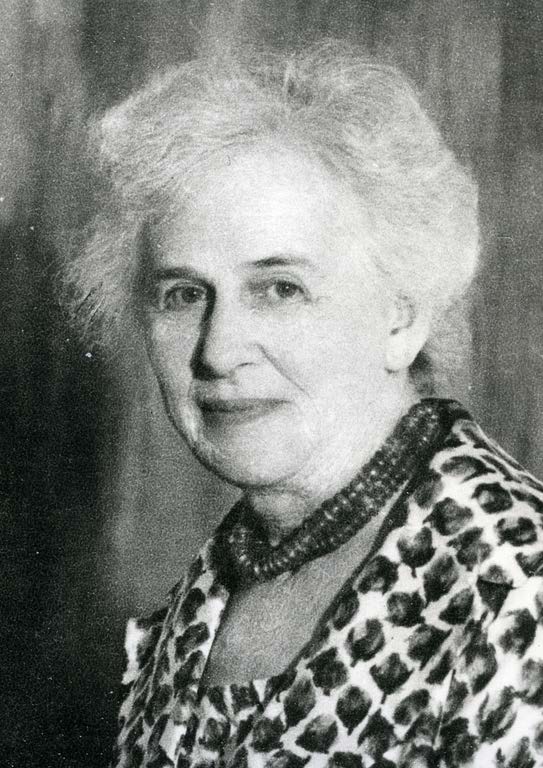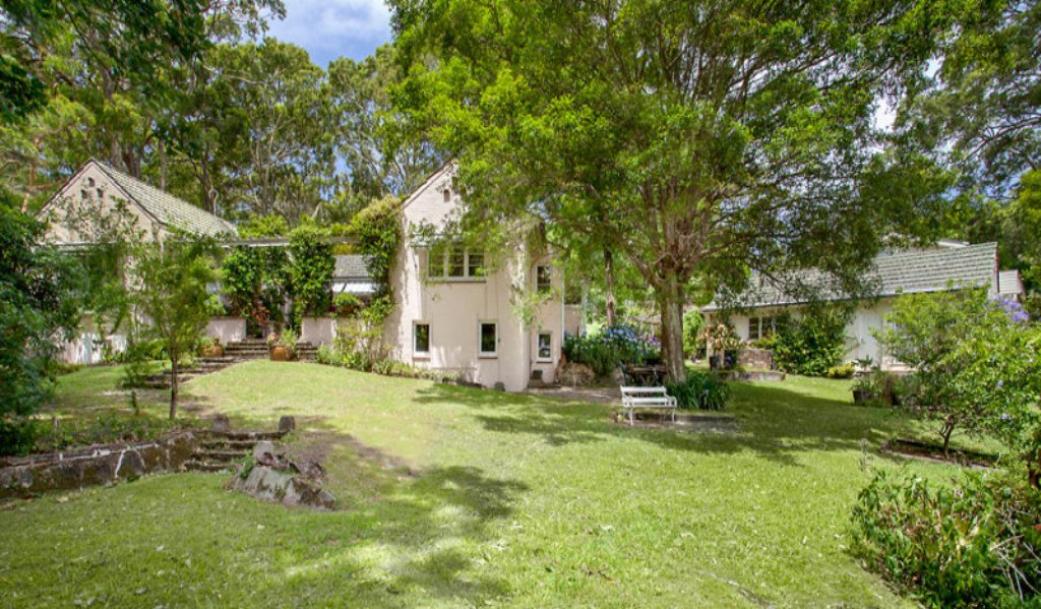Robert Gordon Craig
Robert Gordon Craig (1870-1931), surgeon, was born on 23 May 1870 at Ardrossan, Ayrshire, Scotland, eldest son of Robert Craig and his wife Elizabeth, née Brown. When his parents settled in Sydney in 1877 he joined them and was educated at Sydney Grammar School and George Watson's College, Edinburgh. After a year in the faculty of arts, University of Sydney, in 1888 he contracted enteric fever. He spent 1889 in a shipping office, probably associated with or in Prescott's, his father's firm.
He returned to university in 1890, was awarded a blue for distance running and graduated M.B., Ch.M. in 1894 with first-class honours and the university medal.
University of Sydney
At the Commemoration on Saturday the following lists were read : CANDIDATES FOB DEGREES. Candidates for degrees were next, presented, Professor Scott introducing those from the Faculty of Arts, Professor Pitt-Cobbett, these from the Faculty of Law and Professor Anderson Stuart, those from the Faculty of Medicine, …
John le Gay Brereton, first-class honours in English, Professor MacCallum's prize for English essays ; James K. Byrne, first-class Honours in English ; David Cowan, first-class honours and Professor Anderson's prize and University gold medal for logic and mental philosophy ; Thomas B. Bavin, first-class honours in logic and mental philosophy; Joseph Finney, first- class honours in history, Frazer scholarship for history; Georgina J. Harriott, first-class honours in history ; Cecil N. Hell, second-class honours in Latin and German ; Ethel M. Maynard, second-class honours in French; John Frazer S. Russell, second-class honours in logic and mental philosophy; Ernest C. Andrews, second class honours in mathematics; James E. Walker, second-class honours in history ; Samuel H. Walker, second-class honours in history ; Kate E. Hogg, second-class honours in geology and , paleontology ; Torrington Blatchford, second-class honours in chemistry ; …
Faculty of Medicine.— M.B. and Ch.M. . Robert G. Craig (first-class honours and gold medal). University of Sydney. (
1894, April 16).
The Maitland Daily Mercury (NSW : 1894 - 1939), p. 3. Retrieved from
http://nla.gov.au/nla.news-article124724936
ChM or CM: Master of Surgery (post-medical degree specialty program). MB: Bachelor of Medicine.
After a year as resident medical officer at Royal Prince Alfred Hospital, he bought a practice at Newtown in 1895 and entered into private practice, establishing himself as a Consultant in Newtown. He also became involved in community clubs:
The second annual dinner of Division No. 2 of the Standard Life Association, Limited, was given by the superintendent (Mr. H. Van Dam) at the Tower House, Wilson Street, Newtown, on Friday, 14th inst. Amongst the guests were the Hon. Alex. Kethel, M.L.C. (chairman 'of the company), Messrs. J. Stewart, F.S.I.A., W. R. Day, F.l.A. (executive officers), Dr. Gordon Craig, Mr. H. J. Valentine (superintendent of agents), also the assis tant superintendents of other divisions. Mr. Van Dam occupied the chair. ...
CYCLING.
NEWTOWN BICYCLE CLUB.
The Newtown Club held their, sixth annual meeting at the Bank Hotel, Newtown. There was a large attendance of members. The secretary mentioned In his report that the club had run off 16 events during the season, .. The winner of the points competition in. connection with the club races was C. Tremlett, who receives an open order, value £3 33. The attendance medal for past season was won by J. F. Firkin. During the evening the prizes won at the club's annual championship carnival were presented. The following is the result of the election of officers for ensuing-year:— 'Patron. Dr. Gordon Craig; president, Mr. W. Rigg; vice-presidents, Messrs. C. M. Pacey, F. C. Miller...
At 1 King Street, Newtown, a place called 'Waratah', both his daughters were born.
On 29 June 1895 at Pymble he married Maria Graeme Connon, a graduate of Canterbury College, New Zealand.
CRAIG— CONNON.— June 29th, at the Presbyterian Church, Pymble, by the Rev. J. Marshall, Robert Gordon Craig, M.B. Ch.M., of Newtown, Sydney, to Maria Graeme Connon, of Christchurch, New Zealand. Family Notices (1895, July 6). The Daily Telegraph (Sydney, NSW : 1883 - 1930), p. 1. Retrieved from http://nla.gov.au/nla.news-article238511610
Maria was the daughter of George Connon and Helen (Hart) Connon, one of four girls and a boy. Her father was a carpenter -builder apparently born in 1825 in India, his father, also named George, was an officer in the East India company. George married Helen Hart in 1854. They emigrated to Australia where George worked as a builder on the gold fields, arriving in Melbourne in 1855 on the "Constant".
In 1863 the family moved to Dunedin where they stayed until 1866. They then moved to Hokitika where George worked as a builder and carpenter. He got a contract to build the Westland Racing Club grandstand. They lived on Tancred Street in Hokitika. The family moved to Christchurch in 1874, where George had the contract to build a new wing on the Christchurch Hospital.
Maria was a graduate of the University of Canterbury, New Zealand's second oldest university. It was founded in 1873 as Canterbury College, the first constituent college of the University of New Zealand. Its original campus was in the Christchurch Central City
Her parents returned to Australia, both passing away here - one at a Turramurra residence, the other at the home of Robert Gordon and Maria Craig, where they moved after Newtown, in 1908 (more on 'Crossways' below). R G and Maria's second daughter was named Helen.
CONNON -July 14. At his residence, Hastings street, Turramurra, George Connon, aged 78 years. Family Notices (1903, July 15). The Sydney Morning Herald (NSW : 1842 - 1954), p. 6. Retrieved from http://nla.gov.au/nla.news-article14546605
CONNON.-At the Crossways, Martin-road, Centennial Park, Helen, widow of the late George Connon, in her 93rd year. Family Notices (
1923, November 23). The Sydney Morning Herald (NSW : 1842 - 1954), p. 10. Retrieved from
http://nla.gov.au/nla.news-article16130185
Maria was a lady who did and did and did for others - decades of fundraising for the Newtown Free Kindergarten among many other ventures into lifting the spirits of others mark her years on this planet. She was a founding member of the Optimists Club:
CORRESPONDENCE.
P G: -you can obtain all information about the Optimists Club from the secretary Mrs Gordon Craig, The Crossways Centennial Park, Sydney. CORRESPONDENCE. (
1909, May 19).
The Sydney Morning Herald (NSW : 1842 - 1954), p. 5. Retrieved from
http://nla.gov.au/nla.news-article15059295
THE OPTIMISTS' CLUB.
The annual meeting of the Optimists Club, founded in Sydney by Mrs. Curnow, showed that, if the club has not made much progress in membership during the past year! It Is still-keeping its spirits up. The most striking feature of the meeting on Monday afternoon was the eloquent speech on optimism by the Rev. Andrew Gardiner, of Manly. Those who have been always blind cannot, or one Imagines that they cannot, realise what they have lost. "A linnet born within a. cage" must be, of necessity, ignorant of the delights of freedom. Its Instincts are dulled by a captivity which it can hardly recognise as foreign to its nature. It has known nothing better than the wired walls of its tiny prison. The man who is a scholar, whose life is a success, who attains a high position in his profession, tastes all the sweets of existence. Such a man, struck with blindness as the result of an accident, would, one might suppose, be justified in passing the wrecked remnant of his life in rebellion against the bitterness of his fate. Such a man was the Rev. Andrew Gardiner, in the misfortune which cost him his eyesight. Yet his speech on Monday afternoon touched the heights of philosophic cheerfulness. Ho Inspired his listeners with his own profound belief in the wisdom and beauty of the scheme of creation. Such optimism as breathed in every word of this speaker's address was better than any sermon. It was the practical proof of heroic fortitude which shames the grumbler into silence. THE OPTIMISTS' CLUB. (
1910, May 1).
The Sunday Sun (Sydney, NSW : 1903 - 1910), p. 11. Retrieved from
http://nla.gov.au/nla.news-article226882444
Lady Poore has a name that is always a "draw" us the theatrical people say. "Whenever the popular wife or the Admiral Is announced to speak, "house full" is the subsequent satisfactory remark. Yesterday a drawing-room meeting was held at the Manly Presbyterian .School Hull, when Lady Poore opened a local branch of thu Optimists' Club. This club has now been In existence about two years, and bus done much In a quiet, unobtrusive way to encourage people to "keep smiling." The club's most sensational action to date has been securing ....
Lady Poore explained the reason of the optimist, and a branch was formed with enthusiasm, all present vowing to smile through thick and thin. Mrs. J. Anderson Gardiner was elected president of the Manly Smilers. Mrs. Curnow, the mother of the movement, spoke, as also did Mrs. MacKinnon, of N.S., one of the best platform speakers in Sydney. Miss Cooper also said a good word for the bright side of things. So Manly is now enlisted on the side of the shining face.
In reading all about the great Florence Nightingale and the veneration in which that noble old lady was held during the latter part of her life. It is quite hard to believe thd fact, of which Miss Muriel Matters reminded-her hearers in her recent lecture, that in the beginning of the movement which was' tho crowning achievement of nineteenth-century woman, the most opprobrious epithets were burled at Miss Nightingale for going out In an unconventional way, which had not then sanctified by tradition, to nurse sick soldiers. The word of all others which was thrown at her sounds amusingly now. She was called "unwomanly," a phrase which has been turned right-about-face in latter-day Judgments of Florence Nightingale's life. IN SOCIETY AND OUT OF IT (
1910, August 17). The Sun (Sydney, NSW : 1910 - 1954), p. 2 (FINAL EXTRA). Retrieved from
http://nla.gov.au/nla.news-article229980523
SOCIAL ITEMS
To celebrate the jubilee of Newtown, the Mayor and Mayoress (Alderman and Mrs. William Rigg) held, a reception on Wednesday afternoon in St. George's Hall, Newtown, where nearly 400 guests were entertained. The host and hostess, with their daughter, and assisted by Mr. W. G. Salmon (Town Clerk), received the guests at the entrance to the hall, the interior of which had been converted into a drawing-roo:Ti, witn aeconinons ui large palms and- flags. A musical programme was contributed to by Mr. Arthur Appleby, Miss Vera Latcham, Miss Sparkes, Miss Ethel Hurley, and Mrs. W. B. Rigg. Glass and Tremain's orchestra also added selections. Mrs. William Rigg wore black chiffon velvet, with embroideries and .silk fringe; black velvet hat with wnite lancer plumes, diamond ornaments! Miss Rigg, pale pink crepe-de-chine with silver lace embroideries, black velvet picture hat with ermine and white ospreys.... Mrs. Gordon-Craig, reseda green velvet, vest of Honiton lace; black velvet hat, with black plumes.
The Newtown Free Kindergarten was made the richer by a goodly sum, owing to the kindness of Dr. and Mrs. Gordon Craig, who lent their home, The Crossways, for a garden fete. Lady Patey and Lady Cullen were amongst the visitors, and were received by the president, secretary, and officebearers. Lady Cullen laid great stress upon the work of the free kindergartens. She said it was a fact that the police had less work where the kindergartens had been established, and she hoped that Sydney would be able to do without police altogether if the movement increased. She afterwards declared the fete open. Lady Patey was a very interested spectator, and was specially amused in watching some wee kindergarten children threading beadd and washing dolls' clothes and hanging them out. The beautiful afternoon added success to the function. OF INTEREST TO WOMEN. (
1914, May 6).
Sydney Mail (NSW : 1912 - 1938), p. 22. Retrieved from
http://nla.gov.au/nla.news-article158397164
SOME INTERESTING SNAPSHOTS OF THE WEEK'S FUNCTIONS
'(1) Sweet stall (in charge of Mrs. Purser and Mrs. Gordon Craig), at the fete held on Saturday in aid of the A.M.C. Comforts Fund at Lincluden, Double Bay, the residence of Sir 'Thomas and Lady Anderson Stuart. (2) Sir Thomas and his wife. SOME INTERESTING SNAPSHOTS OF THE WEEK'S FUNCTIONS (
1917, October 20).
The Mirror (Sydney, NSW : 1917 - 1919), p. 1. Retrieved from
http://nla.gov.au/nla.news-article116968711
A Farewell Party.
To say good-bye to Mrs. MacCallum before her departure for Europe, Mrs. MacLaurin and Mrs. Gordon. Craig gave an at home In the drawing-room of the Queen's Club yesterday afternoon. Beautiful pink roses made an effective decoration. The guests included Lady and Miss Fairfax, Mrs. Harvey. Mrs. T. R. Bavin. Mrs. Ralph Worrell. Mrs. Cecil Purser, Mrs. Andrew F. Davidson, Miss Jaxvie Hood, Mrs. Reginald Davies, Mrs. Sinclair Gillies, Mrs. Lightoller, Mrs. M. MacCallum, Mrs. Dodos, Mrs. Bullmore, Mrs. Julius, Miss Curnow, Mrs. Richardson-Clark, Mrs. R. K. Lee Brown, and Miss David. Lady Cullen and Lady David, who are both absent from Sydney, were unable to be present. For Women (
1924, November 29).
Evening News (Sydney, NSW : 1869 - 1931), p. 8. Retrieved from
http://nla.gov.au/nla.news-article119970313
NEAR AND FAR.
St. James's Hall was artistically decorated for the fete which Lady Fuller opened there yesterday, in aid of the Newtown Free Kindergarten. Lady Fuller, who was presented with a posy of autumn leaves and berries, spoke of the work of the various kindergartens, and of the helpful and uplifting Influence It had on the lives of the little children who attended. The stalls wore well stocked, and were conducted by Mrs. Gordon Craig, Mrs. G. A. Julius, Mrs. L. Cowlishaw, Miss Langley, Mrs. Clements, Miss Rofe, Mrs. Brown Craig, Miss Valentine, Mrs. Henry Davies, Mrs. Wilfred Blackett, Mrs. Robson, Mrs. David Thomas, Mrs. Thorpe, Miss Helen Craig, Miss Gurney, and Mrs. John Turnbull, Mrs. J. M, Grace, and Mrs. M. Lovegrove. NEAR AND FAR. (
1924, July 5).
The Sydney Morning Herald (NSW : 1842 - 1954), p. 10. Retrieved from
http://nla.gov.au/nla.news-article16150656
PLAY STOPPED
EYES ON THE 'PLANES
GUESTS at Mrs. Gordon Craig's garden party yesterday afternoon who were playing clock golf, dropped their putters as the Southern Cross Junior and the escorting 'planes roared overhead, and made for the 'vantage ground of the rise on which the house, "The Crossways," Centennial Park, is built, to obtain a better view. It was not until the 'planes disappeared in the direction of Mascot that the players returned to their game, still chorusing their praise of "that perfectly wonderful airman, my dear!" .
Later croquet competitions were also arranged, and the entrance fee for games, as well as the sale of cakes, flowers, and jam, helped to make the cheque for £26 which will go to the Newtown Free Kindergarten, the committee of which Mrs. Craig is president.
Although there was not much need for the sun umbrellas, they made a bright splash of color with the equally gay cloths covering the afternoon tea tables. Among those present were Lady Julius, Mrs. J. N. Grace, Mrs. L. Langdon (vice-presidents of the committee), Mrs. Henry Davis (who is honorary secretary), Mrs. Halse Millett, Mrs. James Wilson, Miss B. Steele, the honorary treasurer (Mrs. J. Turnbull), Miss May Valentine, Mrs. Digges la Touche, Mrs. Lee Brown, Mrs. R. K. Lee Brown, Mrs. F. J. Wallis, Mrs. Loudon, Mrs. M. Lovegrove, Mrs. F. G. Thatcher, Mrs. Carey, Mrs. A. J. Cozens, Mrs. Davidson, Mrs, Richardson Clarke, Mrs. Hurst Seager (Mrs. Craig's sister, who is spending a holiday with her, from New Zealand), Mr. Hurst Seager, Mrs. H. Hobson, Mrs. F. W. Hill, Mrs. J. Lord, and Mrs. Maxwell Allen. PLAY STOPPED (
1930, October 23).
The Sun (Sydney, NSW : 1910 - 1954), p. 29 (FINAL EXTRA). Retrieved from
http://nla.gov.au/nla.news-article224238992
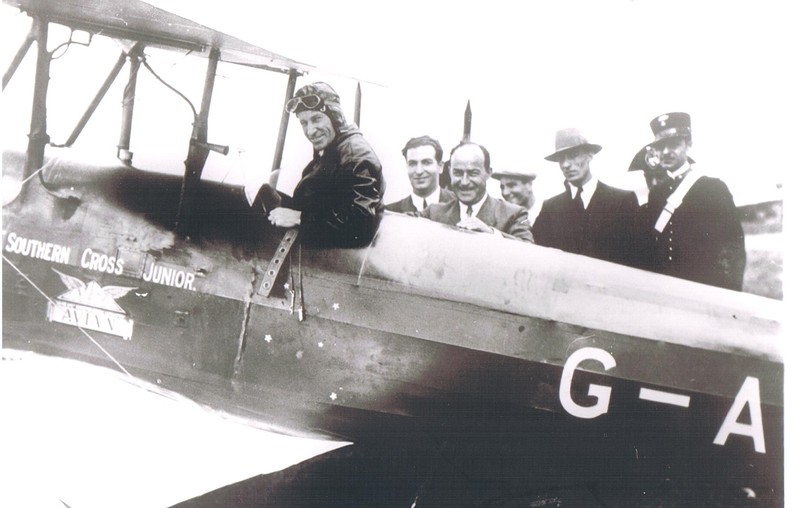
Charles Kingsford Smith seated in "Southern Cross Junior"
SOUTHERN CROSS JUNIOR CRASHES
WING CRIMPLES
OWNER AND PILOT KILLED.
Crashing from 1,200 feet at Mascot on Sunday when a wing folded inwards, the owner and a pilot in the Southern Cross Junior were killed, and the historic plane was smashed to matchwood. Those killed were: Albert James, of Randwick, married, owner of plane, Leonard Palmer, 29, of Croydon; single, pilot.
Three hundred people saw the crash including Mrs. James.
Palmer had made ten passenger flights in the plane during the afternoon, and was making the last flight of the day. At 5.30 the pilot and owner set out on a trial spin. After being in the air not more than two minutes, the left wing of the plane was seen to collapse, and flying back apparently fouled the rudder. Immediately the plane went into a nose dive, and crashed. The machine hit the ground upside down, and the fuselage smashed and twisted, was on top of the men.
The Southern Cross Junior was flown from England to Australia by Kingsford Smith when he made his record solo flight, which was bettered by Mr. Scott last week. Mr. Guy Menzies later flew the plane across the Tasman Sea, making the first solo flight from Australia to New Zealand. Mr. James bought the plane for a projected flight to Japan.
Was 'Plane Interfered With ?
Sydney, To-day.
Mr., John Bean, of Canberra, has reported to the Air Board that he saw three girls interfering with the Southern Cross Junior just before it ascended on its fatal last flight on Sunday, and that he also saw girls interfering with the Canberra awl ether smaller machines. There did not seem to be any -officials about.
It was suggested by Flight-Lieut. C. T. P. Ulm to-day that one of the lock nuts of the Southern Cross Junior may have been tampered with. This type of Avro Avian has folding wings, and the loosening of a lock nut would allow the wing to fold back. The theory that one of the wings folded back after the machine ascended is supported by other experts. SOUTHERN CROSS JUNIOR CRASHES. (1931, April 14). Border Watch (Mount Gambier, SA : 1861 - 1954), p. 1. Retrieved from http://nla.gov.au/nla.news-article78020367
The Crossways is a fine example of the international design 'Arts and Crafts Movement style' , a house of historical significance that was designed by Waterhouse and Lake and built in 1908. The Crossways was built as part of the subdivision of 1904 that created the suburb, and was the home of physician/surgeon Dr Craig Gordon. It is one of the finest examples of the Federation Arts & Crafts style in Australia, and one of the finest works of architect B.J. Waterhouse of Waterhouse & Lake.
It includes recognisable Arts and Crafts elements such as the roughcast walls and irregular windows, but its style is broad and there is even a castellated section of wall at the side.
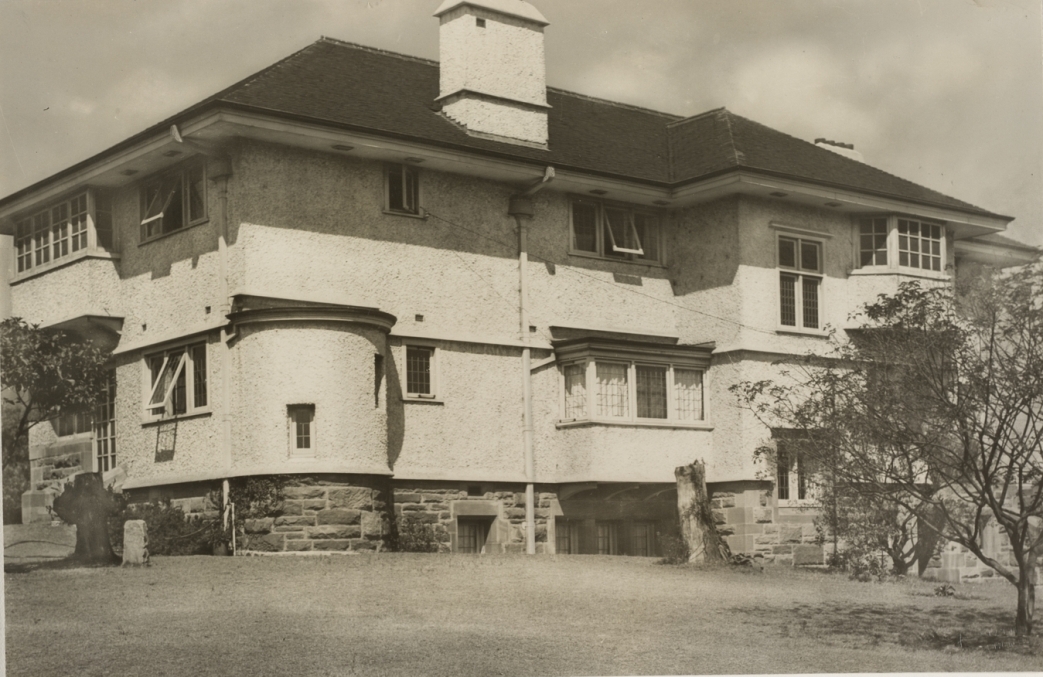
The Crossways built in 1908 - from Album 'Domestic architecture in Australia / original photographs by H. Cazneaux, [J.] Paton, J. Kauffmann and J. [i.e. A.] Wilkinson CALL NUMBER PXA 731 LEVEL OF DESCRIPTION Collection DATE 1919 11. "The Crossways" Centennial Park, Sydney. Courtesy Mitchell Library, the State Library of NSW
Eldest daughter Ailsa and her husband lived next door, or on the same compound, in a house with the address 43 Robertson Road, Centennial Park.
The house on the site does not appear until the 1926 Sand's Directory when the occupant is identified by Robert K. Lee-Brown, M.D. The owner at this time was Maria Graeme Craig, the wife of Gordon Craig of Centennial Park.
Dr. R.G. Craig became an honorary assistant surgeon at Royal Prince Alfred Hospital in 1901, honorary surgeon in 1911, honorary urological surgeon in 1926 and consultant in 1930.
In 1908 he relinquished his practice to his brother Francis Brown Craig and visited England and the United States of America, including a visit to the Mayo Clinic. There he learned the technique of open ether administration and introduced it to RPAH on his return. Gordon Craig was most impressed with the Mayo brothers and returned to their clinic about every five years. He was also impressed with Critchley Hinder and his technique of cystoscopy.
On his return he began surgical practice in Macquarie Street, first at Craignish and later at Ardrossan, which he bought. From 1914 he lectured in surgery at the university. In May 1915 he enlisted in the Australian Imperial Force and in July was commissioned Lieutenant-colonel. He served in No.1 Hospital Ship Karoola in the Mediterranean and Australia until the end of 1916, and from 1917 as surgeon at Randwick Military Hospital, Sydney.
1915: KAROOLA, the first Australian hospital ship - Dufty Collection, GKA
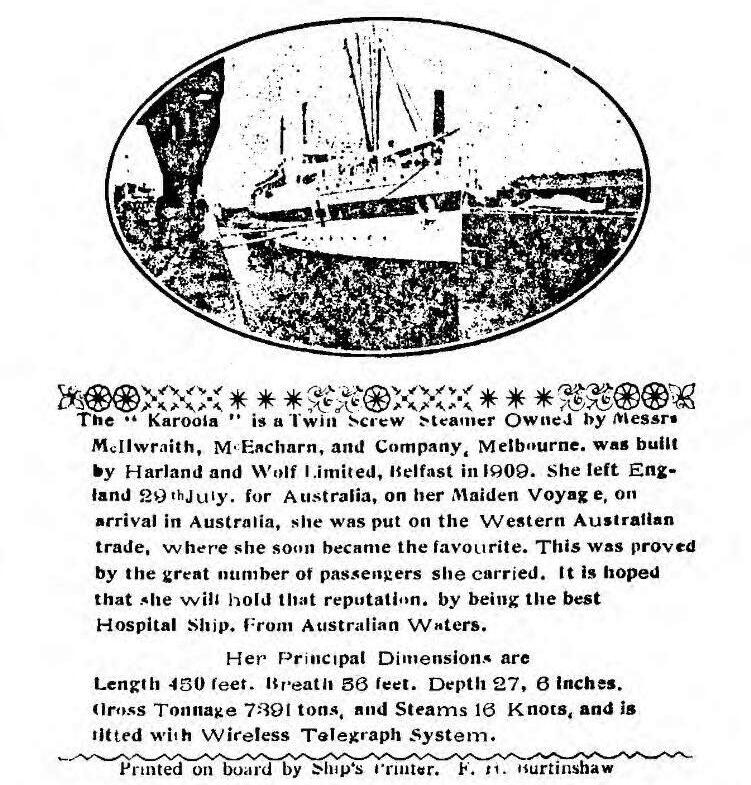
Also in 1917, around the time he and his wife were building at Palm Beach, Dr. Craig was disposing of an earlier investment in oceanside land:
Craig Estate Cronulla : for auction sale on the ground Easter Saturday 7th April 1917 at 3 p.m. / C. Monro, auctioneer, Cronulla ; J.G. Griffin & Harrison, licensed surveyors. Subdivision of a site selected years previously by Dr. Gordon Craig. Ocean Esplanade was later renamed The Esplanade. Kurranulla Beach Road was later renamed The Kingsway. Creator Monro, C. O. J. (Cecil Owen James), (auctioneer.) Other Creators J.G. Griffin & Harrison (surveyor.) Creagh & Creach.
Craig's Estate, at Cronulla, will be submitted this afternoon by Mr. C. Monro.
This estate fronts the ocean esplanade, and is only a few minutes from the main surf beach, one minute from tram, and is a sub-division of an early-selected site taken up many years ago by Dr. Gordon Craig. Those who know the position ot this land must admit that it is the pick of this popular surf resort.
There is still a Craig street in this suburb - one of many streets in Sydney, and locally, named for doctors.
Dr. Craig established the first urological unit at the Royal Alexandra Hospital for Children in 1918, and established the Department of Urology at Royal Prince Alfred Hospital in 1925. Through his benefactions to the University of Sydney he provided the first professional specialist training of urologists.
He remained active as a consultant until 1908, but in 1901 was also appointed to Royal Prince Alfred Hospital as an Honorary Assistant Surgeon.
In the early 1920s Craig endowed a urological fellowship (at the time unique in Australia) at the University of Sydney and at departments of Royal Prince Alfred Hospital and the Royal Alexandra Hospital for Children. In all he donated some £20,000 in money, laboratory equipment and books to the university.
Exceptionally gifted as a surgeon, Craig was full of confidence in his ability, and was thoughtful and unhurried: yet his speed in operating was surprising. He treated his public hospital patients with the same kindness and care as his private patients received.
In 1927 he successfully operated on a boy (one of whose kidneys had been shattered by a bullet) in a small and almost inaccessible bush hut in the Burragorang valley. Craig presided over the surgical section at the 1928 session of the Australasian Medical Congress, was a council-member of the New South Wales branch of the British Medical Association and president in 1917-18, and a foundation fellow of the College of Surgeons of Australasia in 1928.
Proud of his Scottish descent, he spoke with a burr which varied in intensity with the importance of the occasion.
Sailing was in his blood and he raced with the Royal Sydney Yacht Squadron and Royal Prince Alfred Yacht Club. He was a first-class golfer and a vice-president of the Australian Golf Club, a member of the Rotary Club of Sydney and the Australian and University clubs. Fascinated by motor cars, he had a small fleet and once built a steam car in the backyard of his home at Centennial Park.
DR. GORDON CRAIG'S 8 H.P. SPEEDWELL-ROVER CAR.
The following are the main features of which, it is claimed, is the latest and finest specimen of English motor-car manufacture that has been landed in Australia. It is an interesting sample of the enormous strides in the development of the British motor-car industry.
The engine is single cylinder, of 8 h.p., with two large fly wheels of 60lb. weight each. To ensure quietness it is fitted with two silencers. It has a metal-to-metal clutch, which runs in a bed of oil, and has such a perfect action that the car can be started on the top gear without any jar. The gear is of the sliding-pinion type, specially milled and strengthened, three speeds forward and reverse, rates 16 to 24 miles per hour, and can be changed by a lever on the steering column ; the teeth mesh with ease, and are very silent in the change.
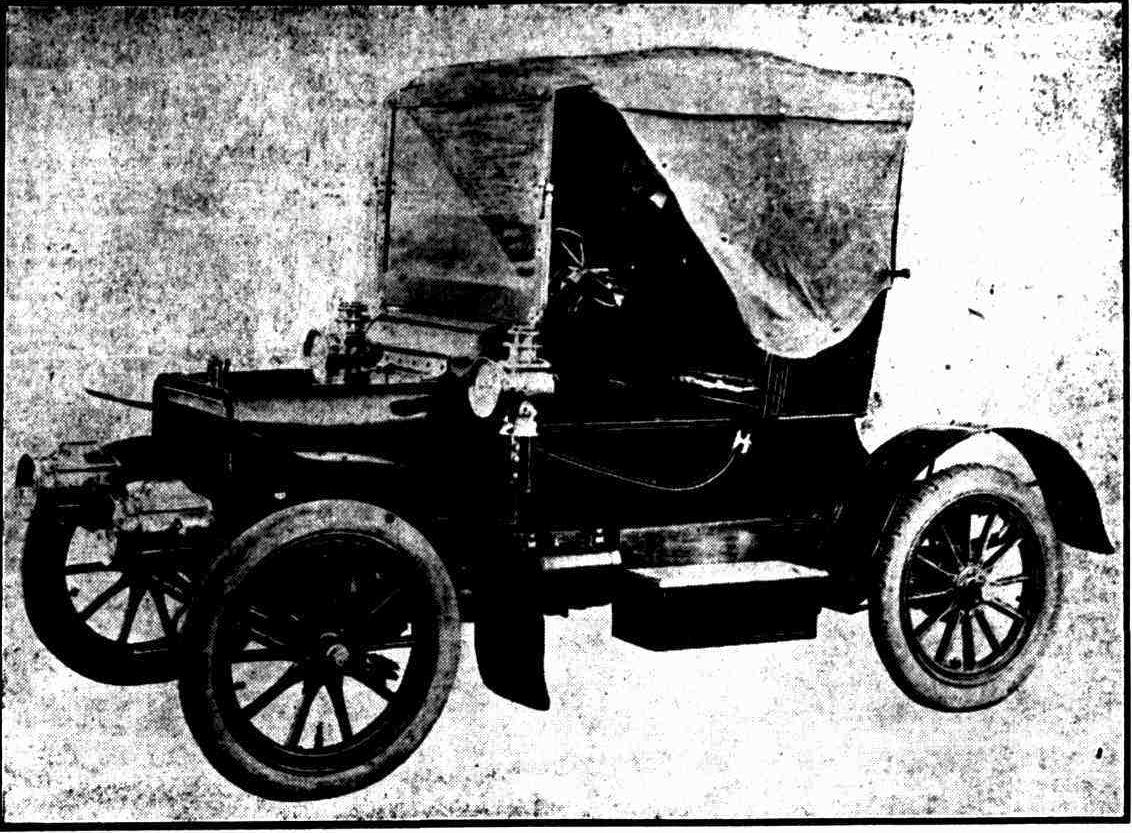
The engine clutch and gears are all enclosed in one aluminium case, and run in a bath of oil, thus perfect lubrication is ensured. The ignition is of high tension trembler coil, and two accumulators. It has also high-tension magneto, with two-way switches and two sparking plugs (either of the latter can be used by means of the switch). The Chassis is of the Rover Company's own principle, with three points suspension. The springs at the rear of the cars are extra long. Above the front wheels one spring only is employed, being crossways, and worked on an axle in the centre, thus allowing the front wheels to be raised fully six inches without altering the level of the body. In the body extra room is allowed for the feet in the front seat of the car.
There are several small cupboards under the seat in back tonneau. It has a detachable tonneau, with cape, hood, and folding glass front. Tonneau is easily removed. For cooling an extra large radiator is fitted ; the Rover Co. have a novel idea for water circulation, the water being very rapidly circulated by means of a twoblade propeller running in a tube ; there is also a large fan fitted behind the radiator. The wheels are gun-carriage, 750 by 80, all one size, so that the tyres are interchangeable. The car, which is colored olive green, with black mouldings, has a very smart appearance, and will average 22 miles per hour on the road with ease. It Is capable of climbing any hill almost on the top gear. It is controlled by two expanding side-brakes.
Golf Champion: it is a Scotch game after all! Just a few - there are many!;
GOLF GOSSIP. (1912, August 28).Evening News (Sydney, NSW : 1869 - 1931), p. 3. Retrieved from http://nla.gov.au/nla.news-article114481351
Notes on Golf
Dr. GORDON CRAIG has sprained his 'tendo Achillus.' This is an Item of news, with the further merit of being of educational value. How many know that the first word In the Inverted commas has not an 'n' tacked on to it. Correct methods must tell In the long run. When the nervous tension is greatest, a faulty style will flop, a good one will maintain its rhythm. Dr. Craig proves this, for though partially minus one leg. he still plays excellent golf.
BEFORE he attained pre-eminence as a surgeon, he gave promise of being a golfer or the very first rank. He tells or a rather unique experience that happened when playing at Pine Valley with E. B Dewhunt, who is well-known in Sydney, and was at one time a champion tennis player. The course has been described as the most difficult in the world and one or the best laid out Dr. Craig evidently found it so, for he took a bet that he would not break 100 the first time round. Thinking that it was impossible to reach this figure under any conditions, he seemed to have a good thing on. At the end of the third hole he gave up. The fairways are very narrow, and the penalties terrific. Anyone who wants a graphic description of them can get it by reading Bernard Danrin's account of the links.
W. R. OPIE wrote some time ago that one of the main differences In the play of R. T. Jones and J. H. Kirkwood was the fact that the former could place the ball, and the latter could not. Dr. Craig bears out this statement. The fifth at St. Andrews is approximately 550 yards. When the ball is well hit and straight, the second is blind, as the fairway is along a kind of valley. Jones put all he knew into the shot, and played for a sort of plateau off the correct line. He generally reached it, the distance being some 100 yards. This gave him a sight of the phi, 250 yards away, and he often reached the green, on one occasion, at least, holing a 3, while he always obtained a 4. Kirkwood could not get the extra distance necessary to reach the plateau, and so had the hill between him and the green which he was unable to reach in two shots.
A LONG DRIVER
DR. CRAIG considers that B. W Hattersley is as long a driver as anyone he has seen, not even excluding Mitchell. Curiously enough, Battersley It built on very similar lines to Jones. The latter, at 22, had played as much golf as any ordinary man plays In a lifetime, whereas Hattersley hardly plays at all it must make a might; big difference to lour the country, playing championship golf all the season and get practice in Britain from time to time. Lack of this Intensive golf In the correct atmosphere Is one of the reason) why Australians will always find It difficult to hold their own with the world's best, even If they are as good shot makers. SOME "ROUGH " NOTES on GOLF (
1928, June 13).
Evening News (Sydney, NSW : 1869 - 1931), p. 3. Retrieved from
http://nla.gov.au/nla.news-article115409820
The pastime of sailing was one he shared with daughter Ailsa, one article, in which she featured for winning an all-women's skipepr race, which she did at the 1928 Pittwater Regatta on Sea Rover, as well as on the harbour with the same yacht, citing her good skills can be attributed to sailing with her father from an early age. This caricature, held by the University of Sydney, like all of the same, epitomises some of his characteristics, especially that of loving being on the water:
In 1916, the student medical society (now known as MedSoc) commissioned Sydney artist and cartoonist, Lionel Lindsay, to produce a series of caricatures to illustrate the pages of their medical journals and other publications. The caricatures were reprinted many times over for decades. - Sydney University archives
PITTWATER.
Anniversary Regatta.
CUP WON BY NORN.
The twenty-first Pittwater Regatta was held on Saturday in the picturesque surroundings of Broken Bay. Glorious weather prevailed, and a north-east breeze made for ideal sailing conditions.
There is probably no more charmingly situated spot in Australia for the holding of a regatta. Tree-lined bays and inlets afford an excellent setting and save for a seaside home dotted here and there, the scene Is one of seclusion. Typical Australian scenery abounds, with Lion Island standing as a sentinal at the approach from the ocean.
On Saturday the placid waters were covered with craft of all descriptions-from the tiny outboard motor boat to the cruising yachts -and at one time it looked as though all the sailing craft of Sydney Harbour had been suddenly transported there. The racing was of a most interesting character. The only accident of note was when a four-oared crew was upset. The coxswain was the most alarmed, but he was held up by the stroke, who with words of humour brought back the colour to the coxswain's pallid checks.
Pittwater Regatta came into being as the result of a private match, in December, 1905 between the Crouch brothers, of Queensland, and W. D. M. Taylor, who sailed the Carella, owned by Lord Forster, and Mr. John Roche, for 21 years honorary secretary for the regatta. An unusual course was chosen, being from Pittwater, where the flagship was moored on Saturday, around Lion Isle and back, a distance of 18 miles. The Crouch brothers won. Local residents became enthusiastic as the result of this match, and the first regatta was held in February, 1906. It catered for local sailing and rowing boats, but there were only six starters for the first motor launch race. Both the entries and prize-money have in-creased annually. This year there were 107 sailing boats. 57 heavy boats, and eight events under New South Wales Rowing Association conditions, with crews totalling 80 rowers. There were also three races for Navy League Sea Cadets.
The regatta is now recognised as one of the most popular and spectacular in Australia. It has, too. many interesting personal characteristics. Among those who were connected with its inauguration 21 years ago, and who are at present taking an active part in it, are Mr. John Williams (the first president), Mr. W. D. M. Taylor, Mrs. E. G. Greig (formerly hon. treasurer and assistant secretary, who has not missed a regatta for 21 years), and Mr. John Roche (secretary from the beginning).
The Governor-General (Lord Stonehaven) was received at the Bayview Wharf on Saturday morning by Mr. Roche, who introduced him to the president of the Warringah Shire Council, to Mr. Archdale Parkhill, M.P., Mr C. A. Le Maistre Walker, C.B.E. (president of the regatta committee), Mt. R. W. D. Weaver. M.L.A.. Mr. John Williams, Alderman S. H. Burns (hon. secretary of Balmain Regatta), Mr. H. G. Alderson (chairman of the New South Wales Rowing Association). Mr. W. N. Cuthbertson (general manager of the Newcastle and Hunter River Steamship Company), and Mrs. E. G. Greig. The Navy League Sea Cadets provided a guard of honour beneath arches of flags and greenery prepared by residents of the district. His Excellency then embarked on the motor cruiser Miramar, belonging to Mr. Stuart F. Doyle, commodore of the Royal Motor Yacht Club. At 3.30. p.m. Lord Stonehaven was received aboard the flag-ship Newcastle.
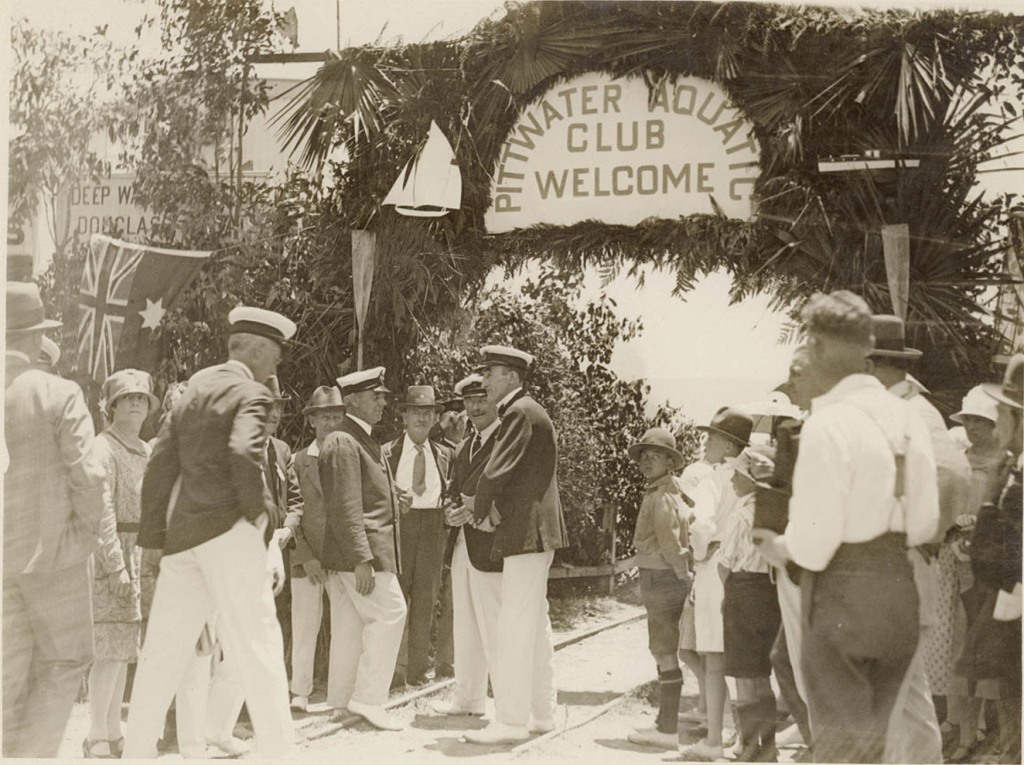
Pittwater Aquatic Club, circa 1925-1940 (1928 Regatta). Image a409025 from Hood Collection part II - courtesy State Library of NSW
ANNUAL DINNER.
There was a large attendance at the annual dinner held in the evening at the Newport Hotel. The commodore (Mr. C. A. Le Maistre Walker, C.B.E.), in proposing the toast "The Day we Celebrate," said that Saturday was unique in the history of Pittwater Regatta. They had celebrated their 21st birthday, and for the first time the Governor-General had been their guest. In one race two boats had been sailed by father and son. Lord Stonehaven was so pleased with the victory of the Norn, formerly owned by Lord Forster, that he expressed the intention of immediately cabling the result to Lord Forster. (Cheers.) Pitt-water Regatta had made a name for itself, of which it could rightly be proud, not only in the aquatic world of Australia, but throughout the British Empire. Mr. Archdale Parkhill said that at the first official regatta in 1887, the patron was one of the most distinguished statesmen that Australia had produced-Mr. W. H. Dalley. (Cheers.) The programme intimated that one of the prices was two pairs of fowls, which showed the modest beginning the club had.
.
THE RACING.
Although the start of the morning sailing races was in light and patchy wind from the nor'-east, which contributed to the element of luck, the breeze later on became steady, and then freshened, which put a lot of life into the racing. Notable among the sailing events was the contest for the Pittwater Cup, which ended in a struggle between father and son for first place. The son. Mr. Alexis Albert, sailing the Sayonara Cup representative, Norn, defeated his father, Mr. Frank Albert, in his fine boat, Rawhiti, which always has the post of honour on scratch. Another event of father and son was a race for the 12ft cadet dinghies. In which Mr. Jas. Alderton, Junr., in Bona, secured the prize presented by his father, who was the founder of the class which has done, and is continuing to do, useful work for the future of the sport.
Results were as follow--
SAILING EVENTS.
Scotland Island Trophy.-General Handicap: Hanna (L. Huckle), lim, 1; Apache (J. It. Atkinson), lum, 2; June Bird ..3. other entries were: Sea Rover (Dr. Gordon Craig), ...
The fifth annual meeting of the Victoria Football Club was held on Wednesday evening at the club-rooms. The president occupied the chair. The secretary's report was adopted. The following officers were elected :-Patron, Mr. Bennett ; president, Mr. T. Coogan ; vice-presidents, Messrs. F. Smith, R. Elliott, J. P. Elliott, C. Haughton. J. P. Melville, R. P. Browne, J. P. Bilrell, Dr. Levey, Dr. Gordon Craig, R. Benjamin, J. Davey, G. Ball, and H. Anderson ; delegates to the New South Wales Rugby Union, Messrs. J. P. Melville and J. P. Birrell ; hon, secretary, Mr. W. C. Melville ; hon. treasurer, Mr. M. L. Ingham. The matter of deciding what grade the club will play in next season was deferred to a future meeting. THE WALLAROO CLUB. (
1898, March 21).
The Sydney Morning Herald (NSW : 1842 - 1954), p. 7. Retrieved from
http://nla.gov.au/nla.news-article14167452
SYDNEY AMATEUR CLUB.
The Sydney Amateurs also held a general handicap race on Saturday afternoon, which was witnessed by a large number of aquatic enthusiasts. The finish was remarkably close, -the order being:— Eva, W. R. Crane, 16'min„ 1; Buttercup, H. Carpenter, 9min., 2; Taipo, Dr. Gordon Craig, 13min., 3. SYDNEY AMATEUR CLUB. (
1898, November 28).
The Australian Star (Sydney, NSW : 1887 - 1909), p. 3. Retrieved from
http://nla.gov.au/nla.news-article228453804
AQUATICS.
Besides those boats previously mentioned, Dr. Gordon Craig's Meteor, Mr. Marks's Culwalla, and Mr. Cutler's Kukuburra will compete in the Royal Sydney Yacht Squadron's race to-day. Kukuburra is a Sydney-built boat, and has only just been launched. It is doubtful whether her sails will be stretched until just before the race; so that her chance of winning is not very great.
She and Culwalla have not yet been measured; but their rating will be assumed. Culwalla is a new arrival from Auckland, and has already taken part in one race, but on that occasion her sails were not altogether suitable. AQUATICS. (
1901, November 30).
Evening News (Sydney, NSW : 1869 - 1931), p. 6. Retrieved from
http://nla.gov.au/nla.news-article112580219
SAILING.
Dr.. Gordon Craig has disposed of his 30-footer Heather to Mr. Norman Murray, of Manly. He has at present under construction a smart-looking half-decked cruiser at Ford's yard, which It seems is to take the place of Heather. SAILING. (1902, October 11). The Australian Star (Sydney, NSW : 1887 - 1909), p. 2. Retrieved from http://nla.gov.au/nla.news-article228957855
SAILING.
Dr. Gordon Craig's new half- decked cruiser was launched from Ford's yard on Saturday, and was later seen under canvas. She is a craft -almost similar in Construction to Mr. A. E. Heywood's cruiser Mistral and has been named Tartan. She is a varnished cedar boat of 22ft. SAILING. (1902, December 9). The Australian Star (Sydney, NSW : 1887 - 1909), p. 2. Retrieved from http://nla.gov.au/nla.news-article228948168
W. Holmes, of M'Mahon's Point, has in hand a small yacht which is being built after the type of the American knock-about boat. She will be 18ft oa the waterline and 30ft l10in overhaul, with a draught of 5ft, and fined with a web keel. The boat, which is very small for a couple, is being built for Mr. E. M. Barker, of the Prince Alfred Yacht Club, who intends to use her for racing as well as pleasure purposes. The builder expects to have the new boat in the water in about six weeks.
Ford, of Berry's Bay, is building a deep keel cruising yacht for Dr. Gordon Craig, who has disposed of the Tartan. The same builder has also under way a cruising yacht for Dr. Newmarch, who has parted with the Theibe. SAILING. (1904, September 7). Sydney Sportsman (Surry Hills, NSW : 1900 - 1954), p. 8. Retrieved from http://nla.gov.au/nla.news-article167248108
MOTORS' FOR SAILING BOATS.— Dr. A. R. Marks' well-known Gadfly is being, fitted with a M.O.C. motor ; Mr. E. A. Laurence's Mistral now carries a five horse-power motor and Dr. Gordon-Craig's new boat is to be provided also with a five horse-power Lozier. SAILING. (1904, November 16). Referee (Sydney, NSW : 1886 - 1939), p. 4. Retrieved from http://nla.gov.au/nla.news-article120127397
Besides sailing and motoring camping holidays, an album has been donated to the state Library of NSW which attributes R G Craig as botht the taker and developer of the images, the Craig family supported the Arts long before Ailsa developed her own creative voice and knew people she woudl later study with:
On Wednesday a large and representative gathering visited the Society of Artists' Exhibition. Among them were Sir James and Lady Fairfax, Sir Thomas and Miss Lees, Dr. and Mrs. Gordon Craig, Judge and Mrs. Docker, Mr. and Mrs. A. Adams, Mr. and Mrs. Lionel Lindsay, Dr. Abbott, Mesdames Leonard, Dodda, Herrick Knowles, Maguire, Harold See, Prichard Bassett, Eva Wunderlich, D. H. Souter. Richmond Bryant, Rankin, 'Swanson, C. Lioyd Jones, and Casey. The Misses Florence Rodway and Thea Proctor were congratulated by their many admirers for their excellent exhibits. A fan painted, by the latter was purchased by the Art Gallery trustees. SOCIAL GOSSIP (
1912, November 24).
The Sun (Sydney, NSW : 1910 - 1954), p. 21. Retrieved from
http://nla.gov.au/nla.news-article228842115
MEDICAL CONGRESS.
Yesterday's Parties.
A big social programme was arranged again yesterday for visitors to the Medical Congress. The morning was devoted to excursions, and members and wives and daughters or members were entertained at tea at the Women's College.
In the afternoon there was a motor excursion to Palm Beach, which was attended by about 200. Cars left Burdekin House, Macquarie-street, after lunch. Tea was served at the seaside residences of Mrs. Bullmore and Mrs. Gordon Craig, which adjoin at Palm Beach. Mrs. H. H. Bullmore, Mrs. Gordon Craig, and Mrs. R. B. Wade were the hostesses. FOR WOMEN MEDICAL CONGRESS. (
1929, September 6).
The Sydney Morning Herald (NSW : 1842 - 1954), p. 6. Retrieved from
http://nla.gov.au/nla.news-article16581585
AMONG the many outdoor parties was one attended by about 200 of the visitors, who motored to Palm Beach, where they were entertained at tea at the residence of Mrs. Bullmore.
THE B.MA.'S NEW BUILDING.
The foundation-stone of the new B.M.A.'s building in. Macquarie-street tens was laid by Sir Ewen Maclean, in the picture (left to right) are Dr.Crago, Dr.Abbot, Dr. Brown-Craig (president), and Sir Ewen Maclean. Medical Congress Week in Sydney (1929, September 11). Sydney Mail (NSW : 1912 - 1938), p. 10. Retrieved from http://nla.gov.au/nla.news-article160392124
NB: Dr. R G Craig was President of the British Medical Association, New South Wales branch; 1926 – 1929. This image, stating it is is his youngest brother in the photo, is actually him. The
British Medical Association, New South Wales branch was a Professional medical association formed on 16 February 1880 as a branch of the British association; Visit
In The Beginning: New South Wales Australian Medical Association (AMA) webpage..
The British Medical Association (New South Wales Branch) House at 135–137 Macquarie Street, Sydney, designed by Fowell and McConnel, was the subject of a design competition in 1928.
In the late 1920s Rd. R. G. Craig bought Ulinda station, near Binnaway, where he hoped to carry out research into the prevention of the break in wool caused by malnutrition.
Dr. Craig died suddenly at Ulinda of coronary thrombosis on 2 September 1931 and was cremated after a service at St Stephen's Presbyterian Church, Sydney. He was survived by his wife and two daughters. His estate was valued for probate at £115,555; he left the residue, amounting to about £60,000, to the Royal Australasian College of Surgeons, which holds his portrait in charcoal by George Lambert.
DR. GORDON CRAIG
ILLNESS IS SERIOUS
Dr. Gordon Craig, one of Sydney's foremost surgeons at the time of his retirement last Christmas, is seriously ill at his station. "Eulinda." near Binnaway. He is being attended by several of his former Macquarie-street colleagues. Dr. Craig was taken ill at the end of last year. He was making a good recovery, but about 10 days ago he suffered a serious setback. He is 63 years of age. Dr. Craig was closely associated in his work with the Royal Prince Alfred Hospital and he endowed a department of urology at the hospital for the benefit of Sydney University and the hospital's teaching school. DR. GORDON CRAIG (
1931, August 25).
The Sun (Sydney, NSW : 1910 - 1954), p. 9. Retrieved from
http://nla.gov.au/nla.news-article224715806
NOTED SURGEON.
Dr. R. Gordon Craig's Death
MUNIFICENT GIFTS.
Dr. Robert Gordon Craig, one of the most distinguished of Australian surgeons, and a noted figure in the medical world, died early yesterday morning at his station, Ulinda, Binnaway, where he was on a visit when he was taken ill.
Dr. Craig crowned a brilliant career with munificent gifts to the University of Sydney, of which he was a graduate, for the advancement of medical education and of research work in the treatment of diseases. To him the University and medical students, and through them the community, owe an incalculable debt for his public-spirited benefactions and services.
DR. GORDON CRAIG.
The board of directors of the Royal Prince Alfred Hospital, on the retirement of Dr Craig last year as an honorary urological surgeon, placed on record its deep and lasting appreciation of the eminent and untiring services rendered by him to that institution over a long period of years.
Dr Craig was born in Ayrshire, Scotland, on May 24, 1870, and was the eldest son of Captain Robert Craig, who settled in Sydney in 1878. Educated at the Sydney Grammar School, and later at George Watson's College Edinburgh, he entered the University of Sydney in 1888 and graduated MB, Ch M in 1894. During a distinguished academic career, he gained the John Harris scholarship, 1893, and won the University gold medal awarded to the student who exhibited the greatest proficiency at the MB examination (1894). He was elected as honorary assistant surgeon to the Royal Prince Alfred Hospital in 1901. Relinquishing general practice in 1908, he removed to Macquarie-street where he practised as a surgeon until the end of 1930. After a serious illness in that year, he retired from active practice and went to live on the station property Ulinda.
He served during the war as Lieut-colonel in charge of the Australian hospital ship Karoola.
GIFTS TO UNIVERSITY.
During practically the whole of his medical career he had been in some degree associated with the work of the Royal Prince Alfred Hospital He was a resident medical officer of the hospital for one year, before entering private practice at King-street, Newtown. In 1911 he became honorary surgeon, a position which he held continuously until January 1926 On his own suggestion it was then decided that he should take over the post of urological surgeon To this branch of surgery he subsequently devoted himself entirely In his hospital work until his retirement. In May last year his personal knowledge of this branch of surgery of which he was one of the pioneers in Australia, was widely acknowledged He was then elected an honorary consulting urological surgeon. Dr Craig thus held important positions at the hospital for more than 30 years. He gave his services unstintingly to build up the urological department at the Royal Prince Alfred Hospital, and also, by his own bequest, founded a Fellowship in Urology at the University of Sydney, to enable selected graduates from that seat of learning to attain to special knowledge In this subject He also acted as honorary urologist to the Royal Alexandra Hospital for Children.
He conferred a great benefit on medical education by gifts to the University of Sydney for the advancement of education and re-search work in the treatment of genito-urinary diseases Included in his gifts to the University was his own private laboratory, fully equipped. This has proved of the greatest service.
In 1928, Dr Craig gave £10 000 to the University of Sydney supplementary to his previous gift of £4300 for research work in urology This was apart from the gift of his private laboratory. The significance of these benefactions was that it served to bring into closer association in a common humanitarian aim university medical schools and hospitals. These gifts, and others on a generous scale, were practical proof of Dr Craig's faith in the value of research In subjects of which he himself was a master In 1926 he gave to the University £300 to cover the cost of establishing that year a post-graduate fellowship In urology and further sums in succeeding years totalling £20 000.
Dr Craig was a distinctive figure at a number of medical congresses and allied assemblages. The annual congress of the International Society of Neurology at Madrid last year elected Dr Craig, among other prominent medical men to the Australasian section of that body. One of the foundation Fellows of the Royal Australasian College of Surgeons and a member of the council of that body, he was nominated as a representative of the University of Sydney at the third Imperial Hygiene Congress in London in 1927, and took the opportunity, while abroad to make a comprehensive study of hospital organisation on behalf of the Royal Prince Alfred Hospital. He was for some years on the council of the New South Wales branch of the British Medical Association being elected president in 1917. He was one of the 25 surgeons in Australia and New Zealand who were made honorary Fellows of the American College of Surgeons in 1924.
Dr Craig's munificence in the humanitarian cause of healing is his most enduring memorial.
NOTABLE OPERATION
A few years ago. Dr Craig was the central figure in an operation which was unique because of its unusual setting. A youth had been accidentally shot while hunting for rabbits The bullet entered his back, and a desperate fight for his life followed. He was so weak that it was impossible to carry him up the rough tracks of the country in which the accident occurred, and an operation had to be performed in a primitive little cottage at the bottom of the rugged Burragorang Valley. Specialists were hastily summoned and it was to Dr Craig that the task of performing the delicate operation was entrusted, without the facilities of the ordinary operating-room The youth's life was saved.
He won his "blue" at the University as a long-distance runner. Dr Craig devoted much of his leisure time to golf, being a member of Bonnie Doon in its early days, and later of the Australian Golf Club. For many years he was a prominent yachtsman, and owned and raced successfully many craft of different classes as a member of the R S Y S , the Prince Alfred Yacht Club, and the Sydney Amateur Sailing Club. He was an active Rotarian, and acted in an honorary capacity on many public committees and was a member of the Australian and University clubs.
Dr Craig is survived by Mrs. Craig, who before her marriage, was Miss Connon, of New Zealand, and two daughters-Ailsa wife of Dr R K Lee Brown of Sydney, and Helen, wife of Dr J F Chambers, of Melbourne. Dr F Brown Craig, of Macquarie-street, and Mr. J B Craig, a director of Prescott, Ltd, are brothers, and Mrs. A Davidson of Sydney, and Mrs. H C Hamand, of Devon, England, sisters of Dr Craig. NOTED SURGEON. (
1931, September 3).
The Sydney Morning Herald (NSW : 1842 - 1954), p. 10. Retrieved from
http://nla.gov.au/nla.news-article16809295
A Noted Surgeon — And Some Topics of the Week
The Late Dr. Gordon Craig
AUSTRALIA has produced few greater surgeons than Dr. Gordon Craig , whose death last week at his station at Binnaway was sincerely regretted by a wide circle of friends. A native of Ayrshire (Scotland), he was educated at the Sydney Grammar School, George Watson's College (Edinburgh), and the Sydney University, where he graduated MB. Ch.M. in 1894. During a distinguished academic career he won numerous honours, among them the University gold medal awarded to the student who exhibited the greatest proficiency at the M.B. examination.
Brilliant as was his academic work, his professional career was even more so. After a year as resident medical officer at the Royal Prince Alfred Hospital he entered into private practice at Newtown, and later moved to Macquarie street. In 1911 he became an honorary surgeon at the R.P.A. Hospital, and later took over the post of urological surgeon. To this branch of surgery he subsequently devoted himself entirely in his hospital work, and performed many notable operations. He also acted as honorary urologist to the Royal Alexandra Hospital for Children.
During his lifetime he made gifts totalling £20,000 to the Sydney University for the advancement of research work, in addition to handing over his fully-equipped laboratory to that institution. He was a distinctive figure at a number of medical congresses both in Australia and abroad, was a keen golfer, a prominent yachtsman, and an active Rotarian. A Noted Surgeon—And Some Topics of the Week (1931, September 9). Sydney Mail (NSW : 1912 - 1938), p. 18. Retrieved from http://nla.gov.au/nla.news-article159793173
"PRINCE IN SURGERY'.
LATE DR. GORDON CRAIG
"He was a prince in his realm of surgery, 'and great in the eminence he achieved."- . This was the tribute to the late Dr. Gordon Craig, of Sydney, whose remains were laid to rest yesterday, paid by Rev. Hugh Paton at a memorial service at St. Stephen's Church, : "The dead surgeon arrived In Australia, a little Scottish lad, aged eight, and by Intellect, diligence and ability, he reached the front rank of his profession owing nothing to influence, wealth, or position," said Mr. Paton, who added that both he and Dr. Craig were born in the same year, on the same Scottish coast, a few miles apart, and for a while they wont to the same academy at Ardrossan.
"Love surrounded him, and love cared for him. He was upright, honourable and clean in every way." said Mr. Paton.
Reference was made to the fact, well known to all those who were acquainted with Dr. Craig, that he had done a great deal for the advancement of medical science, had been generous in his benefactions, and, like most doctors, had given his services, time and time again, gratuitously, so that to many his name was very precious to-day. Those who knew him best loved him most, said the preacher. The service held at the church was attended by a large congregation, which included many prominent public men, the medical profession, golf and other sporting bodies and commercial institutions. The chief mourners were Dr. Lee Brown (son-in-law), Mr. A. Davidson and Mrs. Davidson (sister), Mr. James Craig and Dr. Frank Brown Craig (brothers), and Messrs. David Craig and Lennox Davidson. "PRINCE IN SURGERY" (1931, September 5). The Labor Daily (Sydney, NSW : 1924 - 1938), p. 7. Retrieved from http://nla.gov.au/nla.news-article236689489
OBITUARY.
DR. GORDON CRAIG.
A memorial service to the late Dr. R. Gordon Craig was held at St. Stephen's Church, city, yesterday afternoon. The Rev. Hugh Paton, In the course of his service, said that the late Dr. Craig had been a prince in the realm of surgery. He had been famous for his skill and knowledge, and for the neatness of his work. He was great in the eminence he had achieved. By the brilliance of his intellect and by diligence he had reached the front rank of his profession. His memory was a very precious thing in the minds of men. There was nothing his friends would wish forgotten. Those who had known him best had loved him most.
Mr. Justice Rich represented the High Court of Australia, the legislature was represented by the president of the Legislative Council (Sir John Peden), the Senate of the University was represented by Sir Mungo MacCallum, and the professorial staff by Professors R S. Wallace (vice-chancellor). A. E. Mills, F. A. Todd, and H. Dew; Dr. F. P. Sandes represented the president and council of the Royal Australian College of Surgeons: Dr. George Bell (president). Dr. C. H. E. Lawes (hon secretary), and Dr. J. C Hunter, the British Medical Association; Dr. S. H Lovell represented the Medical Officers' Club, Royal Prince Alfred Hospital and Dr. Cecil Purser (chairman), the Royal Prince Alfred Hospital, Dr. J. V. Hall Best represented the Australian Dental Association, Mr. H. Earlam (superintendent) the Institution for the Deaf and Blind; Mr. B. J. Waterhouse (president) the Board of Architects of N.S.W. Mr. Claude Pain, the University Club: Messrs. S. S. Cohen (president) and F. Worstend (hon. secretary) the Citizens' Reform Association, Mr. R. C. H. Down and Mr. A. Gale, the Sydney Amateur Sailing Club: Mr. H. B. Treacy, the Royal Prince Alfred Yacht Club; and Mr. H. J. Fitzpatrick the Royal Motor Yacht Club. The Highland Society of New South Wales was represented by Captain J. K. Morice and Mr. James McCreadle. The session of the Neutral Bay Presbyterian Church was represented by Messrs. J. H. Beatson. W. P. Thomas, and G. Morice. The Australian Golf Club, of which the deceased was a member, was represented by Sir John Vicars, and Messrs. A. W. H. Padfield. D. T. Stewart, H. M. Sandy, A. Spraggan, J. Miller. ,T. Ramsay, A. L Blythe, R. Hill, Captain Walker, and Dr. Spiller Brandon. Mrs. M. Butler represented the Feminist Club.
Others at the service were:-Sir Frederick Waley, Sir Henry Braddon, Sir Thomas Henley, M.L A., Commander G. J Banks, Commander Staunton W. Spain, Lieutenants-Colonel R. H. Beardsmore, P. Flaschl, E. A. Olding. J. Sclater, Colonel A. Spain, and Captain J. D. S. Phillips, and Dr. J. J. O. Bradfield.
Members of the medical profession present were: Sir Charles Clubbe, Drs. W. Wilson Ingram, S. A. Smith. Reginald Bridge. H. G. Howell (Quirindi), A. P. Findlay, Wilfred Vickers, Isblster, C Bickerton Blackburn. H. H Bullmore, Alfred J. Gibson, P. Antill Pockley. S. W. G. Ratcliff, R. J. Taylor, M. S. Veech. E. W. Fairfax, Richard Flynn, Allan B. Walker. Clarence Road, Robert Godsall, Goodwin Hill, H. A. Sweetapple, A. James Flynn, T. W. Lipscomb, Lidwell, Eric M. Fisher, W. J. Stewart McKay, J. Colvin Storey, Arthur Palmer, H. Skipton Stacy, W. H. O'Neill, G. J. O'Neill, W. H. 6. O'Neill, F. E. Wall, M.L.C., J. A. Dick. E. H. Moles-worth, E. J. Jenkins, H. W. Cutler, Holmes a'Court, Eric Susman, R. Angel Money, Frank W. Doak, J. W. S. Laidley. Cotter Harvey. John Maude. T. Farranridge, Herbert Schlink, I. M. Mackerras, Archie Aspinall. John Harris. J. Witton Flynn, R. X. Furber, Wilfred Dight. Brown Craig, G. Shaw, Bvdnev Jones. L. E. Ellis, R. M. Kinross. Scott Skirving, Bellinger. Walker Taylor. Lovell, Lee Brown, William Chisholm, R. J. Millard (Coast Hospital), Coupland Winn, A. Bedford (Liverpool), McMahon (Royal Prince Alfred Hospital). Robert Kendall, R. Davies, E. Ludowici. Rutherford. C. E. Winston, Sinclair Gillies, H. R. Sear, O. H. W. Lawes, H. Foote, O. G. McDonald, Lyle Buchanan, and Kenneth Smith, of the Repatriation Commission.
Others who paid a last tribute were:-Messrs. Alex Davidson (brother-in-law), Sidney Mack, K.C., James G. Laing. C. A. Martin, E. V. Dell. Angus Nugent, R. R. Russell, A. W. Green, H. K. Phillips, Montague G. Taylor, J. McQuean, Prescott, E. H. Alcock, S. R. Dobbie, D. C. Simpson, A. S. G. Henderson, John H. Saunders, A. N. Morris, O. H. O'Brien. R. L. Sayers, W. A. Story, F. Overton, C. H. Pearson, R. A. Shorrls,, H. Griffith, E. J. Moodie, Percy Basche, H. D. Wood, Stanley Spain, A. B. Abel, Stanley Davenport, T. W. Garrett, Alex. Donald, James Davidson, E. W. Buzacott (president of the Rotary Club), J. Mcintyre, R. H. Swainson (secretary of the Y.M.C.A.), Fred A. Carr, B. B. Carr, R. M. Lightband, A. Burch. W. J. Bloomfield. E. P. Houghton, W. H. Douglas, J. H. Worsley, C. L. Parsons, T. M. Banks, E. S. Wollenden, J. Duncan, N. Howells, . Ii. F. Dowling, E. V. Barling, O. Abel, O. V. ' Blackburn, D. Lorimer, E. H. Belrne, A. Amos, P. M. Walton, N. S. Scollle, S. D. Asher, H. Davis, C. R. V Jones, A, Duckworth, and Captains A. Smith and S. G. Green.
Messrs. C. W. Macleod, Halse Millett, F. O. Mulita, W. D. Wharton, C. R. Boyle, J. M. Taylor, D. Howell, Hugh H. Massie, P. McLean Logan, An-drew Wilson, O. H. Warwick, W. G. Cousins, J. E. McCarthy, C. W. Cropper, Livingstone F. , Mann, Russel c. Roxburgh, A. D. Ireland, Charles Trebeck, G. F. Birks, A. M. Eedy, L. T. Macilnnes, F. K. Tlllock, O. M. Grocott, E. J. Mavley Macarthur, J. B. Milne, G. Gordon Russell, . Eldred R. Moser, J. Carruthers, John C. Mccallum, W. Scott Stevenson, A. H. Phillips. R. v. ' Fraser John Denholm. R. Davidson. G. B. Man. nell. James Burns, Robert Kerr, Edwin Olding, H. B. Cowies, J. 8. Duncan, A. McVernon, T. W. Bremner. C. M. McDonald, R. Old, A. J. tangan, -H. P. Daniel, J. C. Bell, D. J. Wright, T. de C. Armstrong, Murray Wilson, E. J. L. Davies, A. P. ' Mackerras. O. U. B. Gurnett. Claude Plowman, S. McCuie, R. A. Dallen, David Maughan, G. C. Phillips, and F O, Ebsworth.
The great bell of the University carillon was tolled from ten minutes to 2 o'clock until 2 o'clock, and the "Dead March" in Saul was played on the carillon by the assistant honorary carillonist (Miss E. Carpenter). OBITUARY. (1931, September 5). The Sydney Morning Herald (NSW : 1842 - 1954), p. 15. Retrieved from http://nla.gov.au/nla.news-article16810392
FINE BEQUEST.
Late Dr. Gordon Craig.
STORY OF PATRIOTIC VENTURE.
The will of the late Dr R Gordon Craig and the interesting revelation, in the correspondence of a friend, of the public-spirited circumstances In which he purchased a station property, disclose not only the munificence of his bequest but also the spirit of patriotism that was the motive of his pastoral venture. The story of the latter, hitherto regarded as confidential is now told for the first time.
The council of the Royal Australasian College of burgeons has been Informed by the trustees of the estate of the late Dr R Gordon Craig that tile college will ultimately benefit, under the terms of his will to the extent of approximately £40 000.
The late Dr Gordon Craig was a founder of the college and a member of Its council since its inception, and he played a large share in defining its two main objects, namely, the promotion of surgical research and of adequate post-graduate surgical training.
The sum bequeathed to the college Is to be held upon trust One half of the income wherefrom Is to be devoted to the promotion o.' research In surgery and the other half is to be employed In assisting young graduates of exceptional ability and promise to undergo the adequate post-graduate education which is an essential part of the training of a surgeon All research scholarships and training bursaries established under this bequest will seal the name of Gordon Craig and will constitute a lasting memorial of a great surgeon v. ho not only advanced the science of surgery by his own work, but has also made It pos-sible for many others to increase the sum of surgical knowledge by this munificent bequest and by gifts made during his lifetime to found a department of urology in the University of Sydney.
The above provisions in favour of the College of Surgeons are subject to certain annuities and legacies In favour of the members of his family, certain employees, and others with whom he was associated, and also a legacy of £1000 for the benefit of the Burnside Homes at Parramatta.
PASTORAL RESEARCH
Mr. Albert Abel, of Ashfield, has written as follows to Mr. J Craig, a brother of the late Dr. Gordon Craig -"I feel Impelled to write to you in reference to a phase of the doctor's activities at Binnaway which he discussed with me on a number of different occasions during the twelve months preceding his death. To the majority of his friends his decision to purchase a station property probably appeared merely in the light of an ordinary investment. To me he confided on many occasions that his pastoral activities were prompted by patriotic and public-spirited motives, which, now that he has gone, I feel should be made known to his fellow-Australians.
"The doctor was struck by the enormous economic loss to Australia caused by the break in wool occasioned by drought and mal-nutrition, etc., of our flocks. He visualised the wonderful gains to the pastoral Industry and this country as a whole if, by the application of scientific and medical research, a means could be discovered of overcoming this economic wastage. I know that he had decided to direct his trained mind, and devote a portion of his private means, to the solution of this problem. He was greatly interested in similar research conducted by the late Dr. Beresford Robinson, of the Animal Nutrition Laboratory, Adelaide University, with whom 1 believe he collaborated. He discussed with me on various occasions the production of cystlne, a known preventive for break of staple, at a low enough value and In a sufficiently concentrated form to make its use a commercial proposition, and I know his thoughts were directed towards various schemes for the betterment of the wool industry through scientific feeding of flocks, fertilisation of pastures, etc.
"I feel that it would be a tragedy if the work he contemplated should be lost to the nation through his untimely end, and, al-though he asked me to treat his Intentions and ambition as confidential, I am writing you this letter, feeling that the doctor would wish that his work should continue, and that there is no longer any obligation on my part to respect as confidential the numerous conversations we had on this subject, which he had so closely at heart. I hope that some arrangement can be made for the good work to continue, and that the ultimate results will be a lasting monument to his memory."
HIS OBJECTIVE.
A few days before his death, in conversation with his brother (Mr. J. Craig), Dr. Gordon Craig said:-"It was my intention to make this pastoral venture the work of my wife and myself for the remainder of our lives, associated with a practical staff, as a contribution to the advancement In pastoral research, and towards the solution of one of Australia's problems of Increasing primary products at a lessened cost of production. The staff and shareholders in this concern have been chosen after careful consideration, the success of these ventures, in my opinion, being not with the production of any particular object, but the excellence of the human team that are working together with a definite objective." FINE BEQUEST. (1931, October 10). The Sydney Morning Herald (NSW : 1842 - 1954), p. 11. Retrieved from http://nla.gov.au/nla.news-article16822656
LATE DR. GORDON CRAIG'S MEMORIAL.
From left: Professor Wallace, the Governor (Sir Philip Game), Mrs. Gordon Craig, and Dr. C. Bickerton Blackburn, at yesterday's unveiling ceremony. LATE DR. GORDON CRAIG'S MEMORIAL. (1933, September 29). The Sydney Morning Herald (NSW : 1842 - 1954), p. 14. Retrieved from http://nla.gov.au/nla.news-article17010955
Pages Of Years Turned Back
This picture, taken yesterday at the University, shows Mr. J. Shewan, first attendant at the Sydney University Medical School, turning over the pages of the original register or class list. The other photograph was taken in the new medical building, following the unveiling of a memorial plaque (over the doorway) to the memory of the late Dr. Gordon Craig. The Ceremony was performed by Dr. Craig's wife (second from right). Standing at her right is the Governor, Sir Philip Game, and Professor Wallace.
Robert G. and Maria Craig photograph album of camping trips, ca. 1908-1928 / Robert Gordon Craig (not digitised as yet)
Author Craig, Robert Gordon, 1870-1931
Call Number PXB 699, Level of Description Collection
Date ca. 1908-1928
Type of Material- Graphic Materials , Photographs Reference Code 1036919
Physical Description: 1 album (65 photographic prints) - photographs 15.6 x 24.7 cm or smaller, album 18 x 27 cm - gelatin silver, chiefly snapshots
Administrative / Biographical History
For a biography of Robert Gordon Craig, surgeon, and his wife Maria Graeme (nee Connon), see: Australian Dictionary of Biography. http://adb.anu.edu.au/ (accessed May 3, 2013)
The Craigs had property in the central west
Contents: Veteran and vintage motor cars and trucks, some adapted with camping bodies, with numberplates including 23-876, 90-846, 41-981, 40-294, 162, 40294; Camping equipment and meals, Swaggie on the road, Seahorse Inn ruin, Twofold Bay, Large horse team with waggon of sacks Fishing, Swimming, Passenger steam train, Model T Ford wreck, Graham Dodge, Chickens and pigs,
Arrangement: Chronological
Source: Presented by Antoinette Chambers, January 2013
Copying Conditions: Out of copyright Created before 1955
Please acknowledge: Mitchell Library, State Library of New South Wales
Contributing Creator: Photographed and developed by Craig
Signatures / Inscriptions: "Haec olim meminisse juvabit" - motto on fist page of album, with "GC" mongram
Alphanumeric Designations: Right hand page consecutively numbered
Name: Craig, Maria Graeme, Craig, Robert Gordon, 1870-1931
“Forsan et haec olim meminisse juvabit,” Aeneas tells his exhausted, shipwrecked followers in “The Aeneid,” Book 1. “Maybe someday you will rejoice to recall even this.” Virgil's Aeneid
Francis Brown Craig
Francis Brown Craig (third and youngest son of Robert Craig and Elizabeth Brown) was born 2 September 1879 in Kurraba, Neutral Bay, Sydney Harbour, and died 10 February 1964.
CRAIG—Sept. 2, North Shore, Mrs. Captain R. Craig, son. Family Notices (1879, September 11). The Sydney Morning Herald (NSW : 1842 - 1954), p. 9. Retrieved from http://nla.gov.au/nla.news-article13445333
He married (1) Mary Emily Eileen Maiden on 22 February 1911 in St. Andrew´s Cathedral, Sydney, Australia, daughter of Joseph Henry Maiden and Eliza Jane Hammond. He married Victoria Ronkins Wilson on 1958.
Francis was the only child of parents Robert Francis and Anne Brown to be born in Australia, all other brothers and sisters born in Scotland and moved to Australia with parents.
CRAIG—MAIDEN.—February 22, 1911, at St. Andrew's Cathedral, Sydney, by the Rev. Dr. Lewis B. Radford, Rev. E. N. Wilton, precentor, assisting, Francis Brown, M.B., youngest son of Robt. Craig, Esq., Ailsa, Neutral Bay, Sydney, to Mary, second daughter of J. H. Maiden, Esq., Director Botanic Gardens, Sydney. Family Notices (1911, March 11). The Sydney Morning Herald (NSW : 1842 - 1954), p. 14. Retrieved from http://nla.gov.au/nla.news-article15248422
In a graceful, long-trained gown of pure white satin, the bodice adorned with beautiful Bruges lace, and finished with yew of transparent tulle, Miss Mary Maiden, second daughter of Mr. J. H. Maiden, director of the Botanic-gardens, made a charming bride on Wednesday afternoon when her marriage to Dr. Frank Brown Craig, of Newtown, took place at St. Andrew's Cathedral. She is a very pretty, dark-haired girl, with a bright colour. The lovely Limerick lace veil she wore was greatly admired. This was lent by Miss Hall, a Hobart friend. The bride's bouquet was of lilies of the valley and white roses and this, with a pendant of blue enamel and pearls, was the bridegroom's gift. The bridegroom is the youngest soil; or Captain and Mrs. Robert Craig, of "Ailsa,"" Neutral Bay. The wedding attracted a large number of guests and spectators to the cathedral which was decorated by the bride's girl' friends with palms and beautiful white flowers. The Rev. D. Radford (warden of St. Paul’s College, Newtown) performed the ceremony assisted by the precentor, Rev. E. Wilton. The service was full choral.
Mr. J. H. Maiden gave his daughter away. There were three bridesmaids, her younger sisters, the Misses Dorothy and Nellie Maiden, and the bridegroom's niece, Miss Agatha Davidson, all being dressed alike in white muslin, finely tucked and inserted with lace; simple hats of cream lace, wreathed with pink roses and dark green leaves.; They carried bouquets of pale pink roses, and wore gold bangles, presented by the bridegroom. Dr. E. H. Molesworth was best man, and the groomsmen were Mr. T. Armstrong and Mr. Willie David.
The guests were entertained by Mr. and Mrs. J. H. Maiden at a reception afterwards at the director's house in the gardens. Mr. and Mrs. Maiden received on the lawn, and the newly-married pair were congratulated in the drawing room by their many, friends. A large marquee decorated with greenery had been erected on the lawn for refreshments, small tables adorned with ferns and flowers being set about within it. There were no speeches. The presents, which were very handsome, were displayed in the dining room, and included a dessert and fish set from the staffs of the sub-department of the Botanic gardens. Mrs. Maiden wore mauve spotted crepe, with crinoline toque to match, with osprey, and she carried an exquisite posy of heliotrope orchids. Miss Maiden looked nice in ivory spotted net with lace biscuit hat, with apricot-tinted roses, and she carried a bouquet of brown chrysanthemums. The bride and bridegroom left in the bridegroom's motor for a tour, the bride wearing brown silk crepe with bands of silk; high-crowned hat with brown roses.
Captain and Mrs. R. Craig, Dr and Mrs. Gordon Craig, Dr: Radford, Mr and Miss Wilton, Mrs. Edgeworth David. Mr. and Mrs. MacIntyre (Mount Bischoff), Dr. and the Misses Nash, Mrs. and Miss Massie, Rev. R. H. and Mrs. Waugh, Captain and Mrs. Hugh Craig, Dr. Davies, Mr. H. E. Rarff, Mrs. H. RusKU Mr. W. J. Hanna, Mr. and Mrs. Molesworth Mrs. and Miss Storie Dixson, Mr. and Mrs. Davidson, Mr. and Mrs. Hamand, Mrs and Miss Kirkcaldie. Dr. Dansey, Mrs Harrie Wood and Miss Wood, Mr. V. Nathan the Misses Rossitter, Mrs. and Miss Garran, Mr. and Mrs. Guthrie, Mrs. E. Hinder, Mr. Vance, and Mr. Paton. SOCIETY DOINGS IN SYDNEY. (
1911, March 4).
The Australasian (Melbourne, Vic. : 1864 - 1946), p. 49. Retrieved from
http://nla.gov.au/nla.news-article142940337
Before WWI Francis (Frank) was in general practice he bought from his eldest brother, Robert Gordon at 1 King Street Newtown, literally just over the road from Sydney University. The house was initially shared by Tancred de Cartwright-Armstrong who was Bestman at his wedding with Mary Maiden. Tancred moved out but visited family more or less weekly for dinner until his death in the mid-1930´s. The couples' sons Robert and Henry (Harry) were born there.
In 1914 they moved to Atherfield, Eastbourne Rd., Darling Point, Sydney on high ground overlooking Double Bay. Their daughter Elizabeth born here 1916.
At end of 1916 (16.12.1916) went to France from Adelaide as doctor for the Army. He worked in a Casualty Clearing Station for Australian Troops, then at the Military Hospital in Harefield doing surgical work until the end of the war. He was then given a grant by the Army to do a FRCS at Edinburgh. He returned to Australia late in 1919.
While away his brother James arranged for a new house, called "Kurraba", in Edgecliff Road, Woollahara. This was the same name of the house same on the other side of harbour in Neutral Bay where he was born. The original "Kurraba" (Neutral Bay Kurraba) stood nearly opposite where "Apero House" now stands. Lucy and probably Anne were born in the Edgecliff Rd. Kurraba.
Other properties owned - plots 161 - 163 Sunrise Hill (Sunrise Rd.), Palm Beach. (bought in 1916 in name of Mary Emily). Dr. Brown Craig later built a house at McMaster´s Beach and lived there after retirement.
The Children of Francis Brown Craig and Mary Emily Eileen Maiden are:
Robert Francis Brown Craig, b. 24 July 1912, 1 King Street, Newtown, Sydney, Australia, d. 31 March 1994, Orange, NSW, Australia.
Henry Brown Craig, b. 3 October 1914, 1 King Street, Newtown, Sydney, Australia, d. 29 August 1988, NSW, Australia.
Elizabeth Mary Brown Craig, b. 12 July 1916, Atherfield, Eastbourne Rd., Darling Point, Sydney, Australia, d. 28 March 1985, The Ruffett, West Chiltington, West Sussex, England.
Lucy Craig, b. 23 May 1920, Kurraba, Edgecliff Rd., Woolahara, Sydney, Australia, d. date unknown, Disappeared (reported missing in 1940).
Anne Brown Craig, b. 31 January 1922, Kurraba, Edgecliff Rd., Woollahara, Sydney, Australia, d. 1995.
Lucy, who disappeared on her way home from work in 1940, was never found. Conjecture in newspapers appeared for years over what had happened to her.
Even researching this episode in Dr. Brown Craig and his wifes' Mary life is haunting and distressing. They never had closure. They were preyed upon by the unscrupulous seeking money with false claims. It made them both ill.
Such 'history' brings home why such efforts are made to locate loved ones by the police and family members even decades after they have disappeared A sample of just a few of the stories run then (and up unto 1954):
Chief Secretary's Department,
Sydney, 28th February, 1941.
MISSING GIRL—£200 REWARD.
WHEREAS Lucy Brown Craig, whose description appears hereunder, has been missing since the 12th day of April, 1940, notice is hereby given that a reward of two hundred pounds (£200) will be paid by Government on behalf of Dr. Francis Brown Craig, of 333 Edgecliff-road, Edgecliff, Sydney, to any person who first gives such information as shall lead to the where-abouts of the said Lucy Brown Craig being established. This reward to remain in force for a period of three months only, and the allocation of the amount to be at the sole discretion of the Commissioner of Police.
Description.—19 years of age, 5 ft. 3 in. high, medium build, fair to medium complexion, short brown wavy hair, parted on side, brown eyes, blunt nose, good natural teeth, excessive movement at elbows; dressed when last seen in a mauve-coloured-woollen frock with short sleeves, a brooch in the shape of a dog at waist, tan silk stockings, navy-blue shoes, size 3½; no hat; carrying a navy-blue handbag. Left her place of employment at B.M.A. Building, Macquarie-st., Sydney, at 5 p.m. on 12th April, 1940, and at about 6 p.m. was seen to leave a tram at King's Cross in the company of a man, 20-23 years of age, 6 ft. high, thin athletic build, a small tooth brush moustache; dressed in a grey double-breasted suit.
Information as to her whereabouts to be communicated to the Criminal Investigation Branch, telephone B 030, extension 231, or local Police.
Source of information will not be disclosed.
A. U. TONKING. MISSING GIRL—£200 REWARD. (1941, February 28). Government Gazette of the State of New South Wales (Sydney, NSW : 1901 - 2001), p. 860. Retrieved from http://nla.gov.au/nla.news-article220095840
Lucy Brown Craig Given Up For Dead!
MELBOURNE RUMOR FOUND FALSE
Lucy Brown Craig, whose complete disappearance is one of the mysteries of the century.
Dr. Brown Craig, sorrowing father of the missing girl.
MRS. BESSIE ALLEY ... she had plenty to put up with from Walter Underwood Alley (Al for short).
HOPES aroused in the Dr. Brown Craig household recently, that at last the missing young socialite, Lucy Brown Craig, had been found in Melbourne, proved to be false. Dr. F. Brown Craig, father of the missing girl, is stricken with utter despair. "I have now lost all hope that my daughter is alive!" he said in the depths of his despondency.
Reports of the discovery of the girl only increased the torturing misery of the bereft family. Dr. Brown Craig had just renewed his reward for information when a report came that Lucy Brown Craig had been located in Melbourne.
PUBLIC ADDS TO FAMILY GRIEF
The police interviewed the girl and could not satisfy themselves she was NOT Lucy Brown Craig, though she vehemently denied she was the missing Sydney lass. A relative rushed to Melbourne. The girl was Lucy's double. But it was not her. The news plunged the family into deepest distress.
IT was then that the doctor said he could only suppose his daughter is dead. Detective-sergeant Richards, in charge of the inquiries into the disappearance, does not share the father's fearful theory. Fourteen months ago — on April 12, 1940— attractive, brown-eyed popular young socialite, Lucy Brown Craig, then 19, left the Macquarie Street rooms where she was employed as receptionist by a leading doctor, was seen to enter a King Street tram alone, and then — completely disappeared!
Ostensibly, she was going straight home because she was to be a member of a theatre party that night. When she failed to arrive, her father called in the police. Her description: 5ft, 3in. in height, brown wavy hair, brown eyes, medium figure; wearing mauve frock of woollen material, short sleeves, belt clasped with brooch in the form of a dog, beige silk stockings, navy blue shoes, no hat, was circulated. Then a 'Shore boy who knew Lucy Brown Craig personally reported that he had seen her on a King Street tram on the night she disappeared, and had seen her alight at King's Cross with a young man with a "scrubbing brush moustache." "He was not the sort of chap whom you would expect to see with Lucy," said the college boy. 'He was not exactly showy, but a type who might be associated with the stage,' He had no doubt whatever that the girl was Lucy Brown Craig. The pair, the boy added, linked hands as they crossed towards Darlinghurst Road.
This was a strange thing apparently for reserved Lucy Brown Craig. It was also learnt that Lucy left a girl friend at the corner of Macquarie-and Hunter Streets on April 12, and that at 5.15 p.m. a hospital nursing sister who knew her saw her step into a tram at the Elizabeth Street corner, with a man. This, said Dr. Brown Craig at the time, was inexplicable. If the nurse were not mistaken, he believed that it was a chance meeting with some man whom Lucy must have known well.
With this meagre information, the police have worked tirelessly, investigating thousands of "clues" that have led nowhere. Even the most seemingly fantastic information has been thoroughly sifted. Cables extended the search to New Zealand, England, America — without result. Today, the comfortable Woollahra home where Lucy Brown Craig enjoyed many comforts denied to other 19-year-olds is permanently darkened by the shadow of doubt and sorrow. For even the certainty that Lucy was dead would be easier to bear than the terrible strain of uncertainty and the curtain of silence.
Although the family must now accept the bitter thought that this dearly loved daughter and sister is dead, there must linger the faint hope that she still MAY be alive. Added to the grief of the family is a misplaced interest which some members of the public exhibit. While some genuinely believe they can help, the burden of the family has been heavily increased by others who, inspired by morbid curiosity, contact Dr. Brown Craig at all hours of the day and night. "After every newspaper story, I am dragged from bed by 'phone calls, mostly from people who simply offer fantastic theories without one fact to justify them," he said yesterday.
"In one case a man became so obsessed with the idea that my daughter was being held in a North Shore house that he assaulted the householder, who had to seek police assistance."
Loss of memory is another aspect of the disappearance which has been considered. However, with police constantly searching for her and the wide circulation of pictures and description, together with the £200 reward, there is little likelihood that she would be unrecognised, unless her appearance has been greatly altered. Lucy Brown Craig Given Up For Dead! MELBOURNE RUMOR FOUND FALSE (1941, June 15). Truth (Sydney, NSW : 1894 - 1954), p. 17. Retrieved from http://nla.gov.au/nla.news-article169764902
HANDKERCHIEF NO CLUE
Lucy Brown-Craig Still Missing
Police have solved the mystery of a handkerchief marked "Lucy Brows Craig," found three weeks ago at Toronto, but the whereabouts of Lucy Brown-Craig remain a mystery. She was the 19-year-old daughter of a Sydney doctor. She vanished three years ago after leaving her place of employment in the B.M.A. Building, Sydney. A fruitless world-wide search left the police baffled, and a £200 reward offered by her father remains unclaimed.
The handkerchief was picked up by a woman on Toronto railway station. She was struck by its fine quality, took it home, and boiled it. When ironing it she saw the name "Lucy Brown-Craig" faintly marked on its corner. The memory the name revived was elusive. It was not till she mentioned it to a member of her family that she realised she might hold a clue to one of Australia's deepest mysteries. She handed the piece of linen to the Newcastle police. C.I.B. men in Sydney who had been on the case from the start went to work again on what seemed the most tangible lead since the first days of the mystery. The new trail ended quickly, as had so many others.
Dr. Brown Craig and his wife, it transpired, had given some of Lucy's possessions to a woman. This woman was employed by them, and she had a daughter of Lucy's age. The girl joined the services, and was posted eventually to the Northern district. The police accept it that she lost the handkerchief on the Toronto station.
Miss Brown-Craig was on a tram at King's Cross within a short time of leaving the B.M.A. Building on April 12, 1940. She was with a young man whom witnesses described in great detail. He paid her fare on the tram. She has not been seen since, nor has the young man, whose description has been as widely circulated as the girl's, been found. HANDKERCHIEF NO CLUE (1943, July 22).Newcastle Morning Herald and Miners' Advocate (NSW : 1876 - 1954), p. 1. Retrieved from http://nla.gov.au/nla.news-article133422553
MISSING GIRL
FATHER DOES NOT THINK SHE IS ALIVE
SYDNEY, Thursday: Dr. Francis Brown Craig, of Macquarie-street, Sydney, does not believe that his daughter, Lucy Brown Craig, aged 20 years, is alive. Yesterday it was reported that the police expected fresh developments In elucidating the mystery surrounding her disappearance on April 12, 1940. Dr. Brown Craig said that the police were keeping him informed on their progress and there had been nothing to indicate the where-abouts of his daughter. The acting chief of the C.I.B. (Superintendent James) said to-day that there was nothing fresh to report on the case. MISSING GIRL (1945, March 23). Daily Advertiser (Wagga Wagga, NSW : 1911 - 1954), p. 2. Retrieved from http://nla.gov.au/nla.news-article144976891
Helen Gordon Craig
second daughter of Dr Robert Gordon CRAIG. Married firstly Dr J F CHAMBERS and had two sons: David Henry CHAMBERS and Peter Graeme CHAMBERS.
Remarried Douglas Mackaen TOOTH,
ST PAUL'S COLLEGE DANCE.
The "Paul's dance, so eagerly looked forward to by the younger members of Sydney society, was held at the college last night when the warden, sub-warden, and students of the college entertained about 400 guests.
Japanese lanterns lighted the avenues leading to the college and adorned the front of the building. Large palms, flags, bunting, and trailing smilax decoratored the entrance hall the corridors, and the dancing marquee, where the warden (the Rev. A. H. Garnsey) anti Miss Garnsey received the guests.
The frocking was extremely youthful and very attractive. A great many white frocks were worn, and the paler shades of pink and blue proved most becoming to some of the fair, young wearers...
Miss Ailsa Craig, rose-coloured georgotte....Miss Helen Craig, pale blue frock...
St Paul's, founded in 1856, was one of the two earliest university colleges in the Australian colonies along with Christ College, Hobart, which was founded in 1846. Its development followed an unsuccessful attempt by members of the Anglican church to incorporate the earlier St James's College within the new University of Sydney, and was led by Sir Alfred Stephen (Chief Justice of the Supreme Court of New South Wales). The college is independent of the Anglican Diocese of Sydney, although the warden must be an ordained Anglican priest.
Founded to promote liberal Anglicanism, St Paul’s College is the oldest community in Australia possessed of a single continuing intellectual tradition. The ongoing liveliness of that tradition and its impact beyond the Church is due to the way old forms are used to engage new energies. It relies on hierarchy but also on collective decision-making, or collegiality. It is therefore extremely well suited to a university college. At St Paul’s this tradition shows itself partly in robust student leadership.
Originally a national and established faith, the teachings of Anglicanism also imply public responsibility (as in the College motto, Deo Patriæ Tibi). Among the college alumni are seven bishops, including two who promoted women’s ordination in the Anglican Church; three High Court judges; Sir Denis Browne, the father of paediatric surgery in the UK; Sir Lorimer Dods, a pioneer researcher in child diseases; W.C.B. Harvey, who first persuaded Australians that smoking was dangerous; and Patrick McGorry, an international leader in the area of youth mental health.
Educators affiliated with the college participated in the founding, in the 1890s, of the adjacent Women's College. The two colleges are still closely linked; St Paul's has remained men-only, since 2000 the two other large former men's colleges have become co-residential. The College has formal dinner five nights a week, to which college members wear tie, jacket and academic gown.
Miss Helen Gordon Craig went over to Melbourne for the racing carnival. She is the guest of Mrs. Alfred Chambers at Toorak. Miss McMoran's Wedding. (1923, November 11). Sunday Times (Sydney, NSW : 1895 - 1930), p. 18. Retrieved from http://nla.gov.au/nla.news-article120547233
Dr. John Ferguson Chambers announced his engagement to a Sydney girl, Miss Helen Craig, last week. He is the only son of Mr. and Mrs. Alfred H. Chambers, Woorigolcen-road, Toorak, and his fiancee the younger daughter of Mr. and Mrs. Gordon Craig, Macquarie street. Sydney. MELBOURNE SOCIETY (1924, May 4). Sunday Times (Sydney, NSW : 1895 - 1930), p. 17. Retrieved from http://nla.gov.au/nla.news-article128140965
CHAMBERS-CRAIG.
The marriage was celebrated on September 3, by Rev. J. Edwards, at St. Stephen's Church, Phillip-street, of Helen Craig, second daughter of Dr. and Mrs. Gordon Craig, of Centennial Park, to Dr. John Ferguson Chambers, only son of Mr. and Mrs. A. H. Chambers, of Melbourne. The bride, who was given away by her father, wore a gown of white satin, trimmed with orange blossom. She wore a limerick lace veil. The bridesmaids were Misses Yolande Wansey, Miss Freda Chambers, and Miss Meg Mac-queen. Dr. Lloyd Cameron (Melbourne) was best man, and Dr. C. H. Lawes and Dr. I. Hotton were groomsmen. The bride travelled in a smart black and white frock, and a small black hat.
CHAMBERS–CRAIG. –On the 3rd September, at St. Stephen's Church, Phillip street, Sydney John Ferguson Chambers, only son of Mr. and Mrs. A. H. Chambers, Kenmore, Toorak, to Helen, younger daughter of Dr. and Mrs. R. Gordon Craig, Sydney. Family Notices (1924, October 8). The Argus (Melbourne, Vic. : 1848 - 1957), p. 1. Retrieved from http://nla.gov.au/nla.news-article2046738
MR. A. H. CHAMBERS.
FORMER BANKER'S DEATH. FUNERAL AT SOUTH HEAD.
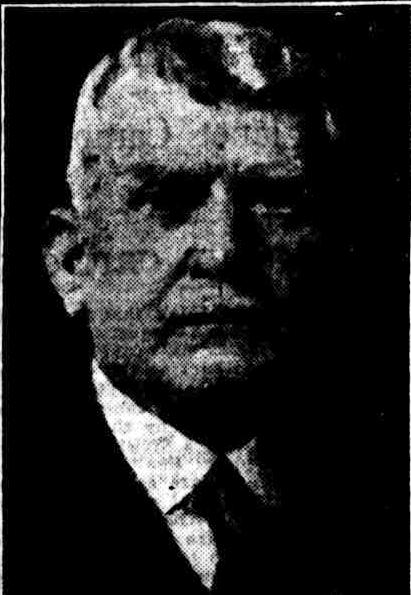 The funeral of Mr. Alfred Henry Chambers, formerly general manager of the Union Bank of Australia, Ltd., and one-time chairman of the Associated Banks, who died in Melbourne on Monday, took place at South Head Cemetery yesterday.
The funeral of Mr. Alfred Henry Chambers, formerly general manager of the Union Bank of Australia, Ltd., and one-time chairman of the Associated Banks, who died in Melbourne on Monday, took place at South Head Cemetery yesterday.
Mr. Chambers, was associated with the Union Bank from 1876 to 1928, and served in many parts of the Commonwealth. With but two exceptions, he was in the service of the Union Bank longer than any other officer. Mr. Chambers was born and educated in County Cavan, Ireland, and after having spent three years in the office of the Northern Banking Co., Belfast, came to Australia in 1876, and joined the Union Bank of Australia, Ltd., at Melbourne. Later he was transferred to Deniliquin. He was recalled to Melbourne as first teller. Then he proceeded to Wagga as first accountant, was promoted to relieving manager, and subsequently was appointed to the managership of the Haymarket branch of the bank, Sydney. In 1889 he was sent to Fiji to control the bank's business there. Upon his return to Australia he was manager at Hay, Orange, Rockhampton, and Brisbane. He was appointed resident inspector for Queensland in 1897; in 1902 he was made inspector in charge of New South Wales, and 10 years later he became chief inspector and acting general manager of the bank, with residence in Victoria. In 1916 he assumed control of the bank's affairs in Australia and New Zealand.
Mr. Chambers married Miss Mary Ferguson, daughter of the late John Ferguson, M.L.C., of Queensland, who survives him. He had three children, a son (Dr. J. F. Chambers, of Collins-street, Melbourne) and two daughters. The elder daughter is the wife of Major Oswald Masters, of the Indian Army, and the younger is married to Mr. J. A. Campbell, of Soho Station, Drysdale, and Dungalear Station, near Walgett (N.S.W.).
There was a representative attendance of prominent banking officials at the funeral. The chaplain, Rev. J. F. Cherry, officiated at the graveside, and those present were: Dr. J. F. Chambers (son), Messrs. E. V. Oldham (representing the directors and general manager of the Union Bank), E. C. Riddle (governor) and H. T. Armitage (deputy governor) representing the Commonwealth Bank; H. E. Weston, manager, Commercial Bank of Australia (Sydney); E. H. Matthews, manager, National Bank of Australasia, Ltd.; C. M. C. Shannon, general manager, Australian Bank of Commerce; H. W. Allen, manager, Castlereagh-street branch of the Union Bank; Palmer Kent, inspector, Bank of Australasia; R. T. Hilder, chief inspector, Bank of New South Wales; L. A. Parker, Com-mercial Banking Co. of Sydney; S P. Hooper, George-street branch of the Union Bank; A. W. McNicoll, inspector, Union Bank, A. H. E. Scott, Newcastle manager of the Union Bank, H. G. Cruttenden, E. Reid, representing O. T. Lemprier and Co.; D. L. Dowdell, general manager in Australia, Orient Steam-ship Co.; J. Milliken, representing the directors, Hotel Australia; Nigel Barker, representing W. Tilley and Co.; E. Harpur, representing John Brown and J. A. Brown; Dr. Lloyd Cameron, Dr. W. McMurray, Messrs. J. A. Thompson, W. S. Lawry, Gordon Russell, G. W. Richmond, D. J. Brownhill, James Paxton, Neil Barclay, F. E. Bryant, and Frank E. Tilley. MR A. H. CHAMBERS. (1929, May 30). The Sydney Morning Herald (NSW : 1842 - 1954), p. 12. Retrieved from http://nla.gov.au/nla.news-article16551225
Jars of nodding daffodils decked the Athenaeum gallery this week for the official opening by Senator Lawson, of the twelfth annual exhibition of the Twenty Melbourne Painters. So many guests accepted the society's invitation that the gallery was crowded from end to end, and seen in the gathering were:—
Lady Moore, Lady Maudsley, Dr Charles Bage, Miss A. M. E. Bale, Mr. and Mrs R. G. McCann, Miss Jo Sweatman, Miss Edith Downing, Dr and Mrs Felix Meyer, Mrs Stuart Love, Miss Dorothy Pucklo, Mr. and Mrs. J. T. Tweddle and Miss Tweddle, Miss Rose A. Walker (Mrs. (Hartrick), Miss C. Beckett, Mr. and Mrs. J. Beckett, Miss Evelyn Syme, Miss Blanch Cale, Mrs. Alex Gilfiilan, Miss Grace Yale, Mr. Robert Hamilton, Miss Molly Leeper, Mr. Tarezytihki, Miss P. Hurry (Mrs J Farmer), Mr Percy Leason, Mr. Arnold Shore, Mrs. L. W. Thompson, Dr and Mrs J. W. Springthorpe, Mr L. McCubbin, Mrs J. F. Chambers, Mrs Scantlebury, Miss L. Harvie, Mrs S. Marsden, Mr Rupert Bofmick, Mrs David Stirling, Mrs and Miss Gilfillan (Castlemaine), Mrs Laver, Mrs Edith Smart, Mrs George Bell, Miss Bertha Blair, Miss Margaret Robertson, Mrs. J. F. Rudall, Mr. A. Colquhoun, Mr. Archer, Mrs. Jorgensen, Mr. Basil Murphy, Mr. C. Eager, and Mr. Daryl Lindsay. SOCIAL NOTES. (
1930, September 20).
The Australasian (Melbourne, Vic. : 1864 - 1946), p. 10 (METROPOLITAN EDITION). Retrieved from
http://nla.gov.au/nla.news-article140832958
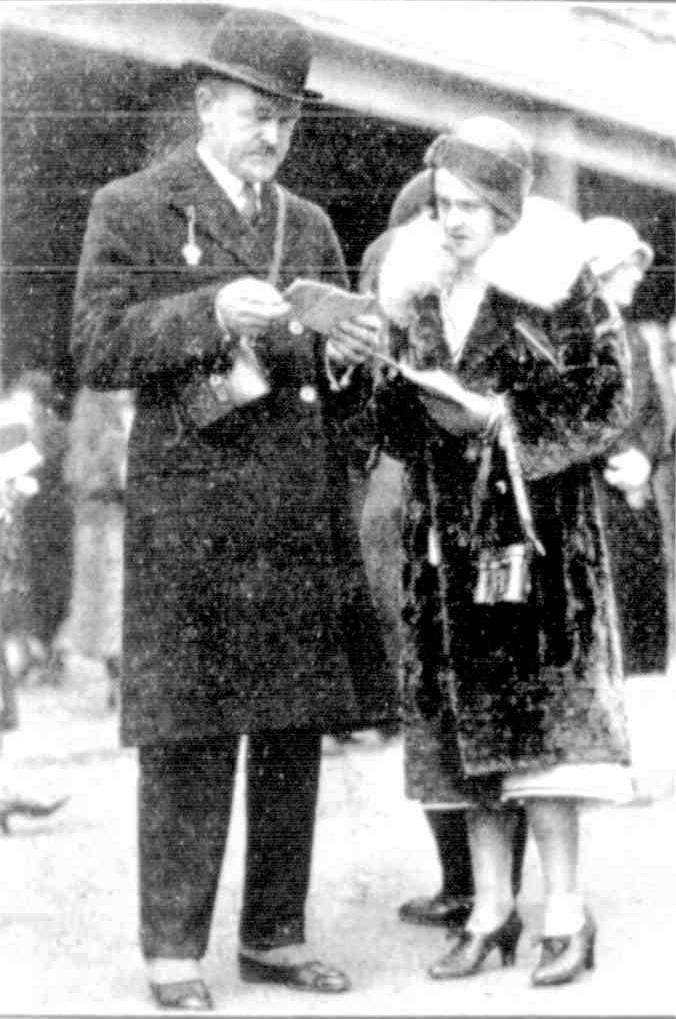
Dr. J. F. Chambers and Mrs Chambers.
CAULFIELD November Meeting (1931, November 26). Table Talk (Melbourne, Vic. : 1885 - 1939), p. 7. Retrieved from http://nla.gov.au/nla.news-article147416683
Mrs J. F. Chambers, Dr. J. F. Chambers, and Mrs P. O'Hara Wood, consulting about a wager.
Having served in WWI Dr. Chambers signed up again when war was declared.
DEATHS
On Active Service
CHAMBERS -Major John Ferguson Chambers, beloved husband of Helen killed in action. Family Notices (1941, April 23). The Argus (Melbourne, Vic. : 1848 - 1957), p. 4. Retrieved from http://nla.gov.au/nla.news-article8161869
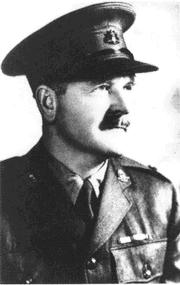
John Chambers was born in Graceville, Queensland. His father Alfred Henry Chambers was born in Ulster, and his mother Mary, the daughter of John Ferguson, was a Scot. John married Helen Craig in Sydney in 1924. They had two sons.
John Chambers was educated at Tudor House Preparatory School, Moss Vale in NSW and Sydney Grammar School. He attended Melbourne University where he achieved his basic medical degree and later his MD. He studied in England and gained membership of the Royal College of Physicians. He later became a foundation Fellow of The Royal Australasian College of Physicians.
Chambers served in the AAMC in two World Wars as a captain in the First World War and a major in the Second. In between wars he served as honorary physician in both the Alfred and Heidelberg Hospitals. His Second World War experience led him to the 2/4 AGH where he was a valuable and skilful general physician, as he had been before the War at the Alfred Hospital. He was a quiet doctor, though not introverted, and his conversation was predominently on subjects of importance. In social or professional matters he was not a man to waste words, though he was acknowledged to be an amusing raconteur.
On 10 April 1941 he was doing a medical round in a military hospital when enemy pilots emerged from the sun and bombed the ward. A bomb dropped almost beside his feet and he died immediately. The military unit lost a first grade physician, as well as a socially valuable member. His death was a great loss to the Heidelberg Hospital and the Alfred Hospital, where prior to his enlistment he was chairman of staff.
Author: AJM SINCLAIR - References: [Med J Aust, 1941, 1, 745; 1941, 2, 21-2]
KILLED ON ACTIVE SERVICE
Two Melbourne A.A.M.C. Specialists
News has been received of the death in action abroad of two well-known members of the A.A.M.C.— Major John Ferguson Chambers, physician and specialist, and Major Zelman Schwartz, eye specialist, both formerly of Collins-street. Major Schwartz, who was 43 years of age, was born in Melbourne. He was educated at Wesley College and Melbourne University. After graduating M.B. and B.S. at Melbourne, he visited Great Britain, where he became a F.R.C.S. at Edinburgh. Before returning to Victoria he undertook post-graduate work in India. Subsequently he returned to Melbourne, where he has practised for the last 20 years. He volunteered for active service soon after the outbreak of war, but was not called up for some time. He embarked towards the end of last year. He was a fellow of Royal Australasian College of Surgeons. He leaves a widow and two daughters.
Major Chambers, M.D., B.S., who had practised in Melbourne since 1923, was born in 1894 in Brisbane. He was educated at Sydney Grammar School and Melbourne University. The present war was the second in which he had served the A.A.M.C. abroad. In the war of 1914-18 he served for two years with the A.I.F. In 1921-22 he was attached to St. Thomas's Hospital, London. It was in the following year that he returned to Australia, settling in Melbourne. His private residence was in Toorak-road, Toorak. At Alfred Hospital he was physician in charge of out-patients. In 1924 he married a daughter of the late Dr. Gordon Craig, of Sydney. Like Major Schwartz, Major Chambers offered for service immediately on the outbreak of the present war. KILLED ON ACTIVE SERVICE (
1941, April 23).
The Age (Melbourne, Vic. : 1854 - 1954), p. 10. Retrieved from
http://nla.gov.au/nla.news-article205154633
Noted Biochemist Among Tobruk Casualties
MELIOURNE. Thursday. –
Major John Ferguson Chambers, who is reported to have been killed at Tobruk, was a distinguished biochemist. He was educated at Tudor House, Sydney Grammar School, and Melbourne University, where he graduated in science and medicine in 1917. After serving for two years with the A.I.F. in the last war, in which he held the rank of captain, Dr. Chambers was attached to St. Thomas' Hospital, London. While in London he took the degree of M.R.C.P.. and on his return to Australia gained the M.D. (Melbourne) in 1925. Major Chambers, who is survived by his widow and two sons, was 47. Noted Biochemist Among Tobruk Casualties (
1941, April 25).
Examiner (Launceston, Tas. : 1900 - 1954), p. 6 (LATE NEWS EDITION). Retrieved from
http://nla.gov.au/nla.news-article52414019
A.I.F. CASUALTIES
Helen married again, her second husband was divorcee Douglas Tooth, the fourth and youngest son of Arthur Tooth, who was the son of one of the brothers who started Tooth's beer and brewery. He had previously married Mary F. Kater the daughter of Sir Norman Kater MLC. and Lady Kater in 1929.
MR. ARTHUR W. TOOTH
DEATH OF PROMINENT BREWER.
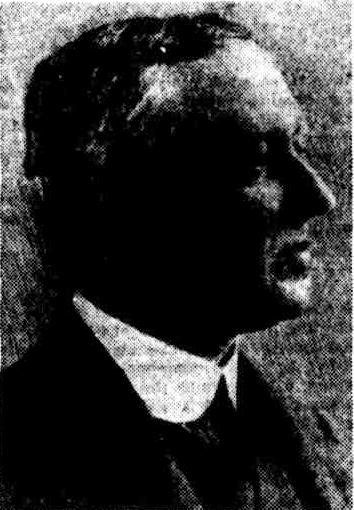 The death occurred on Friday at Molong Hospital, Darlinghurst, of Mr. Arthur William Tooth, who was for many years chief brewer for Tooth and Company, Limited. He was 64 years of age.
The death occurred on Friday at Molong Hospital, Darlinghurst, of Mr. Arthur William Tooth, who was for many years chief brewer for Tooth and Company, Limited. He was 64 years of age.
Mr. Tooth was the son of the late Mr. Frederick Tooth, who, with his brother, was the founder of Tooth and Company. He was born at Cranbrook, Rose Bay, Sydney, and was educated at Eton (England). After leaving Eton he returned to Sydney, and joined the firm in a clerical capacity. Later he returned to England, and studied the technicalities of brewing at the leading breweries of Kent.
Upon resuming duty with the firm of Tooth and Company he was appointed to the brewing staff. He was subsequently promoted to the position of assistant brewer to the late Mr. Bethel, who was then head brewer. When Mr. Bethel died, in 1889, Mr. A. W. Tooth succeeded him as head brewer, and subsequently reorganised the brewing departments of the company. He remained in charge of the brewing until 1916, when he retired from active participation in the business.
Mr. Tooth married Miss Isabel Gaden, daughter of Mr. Gaden, chief Inspector of the Commercial Banking Company, Sydney. There were seven children. Two sons were killed on active service during the war. The surviving members of his family are: - Mrs. C. W. Rundle, Mrs. H. S. Macneil, Mr. Nevil Tooth, Mr. Douglas Tooth, and Miss Isabel Tooth.
Mr. Tooth had travelled a great deal.
At the time of his death he was a member of the Australian Club, the Union Club, the Royal Sydney Golf Club, the Australian Jockey Club, and the Royal Prince Alfred Yacht Club. His recreations were golf and motoring. He was one of the earliest motoring enthusiasts in Sydney.
The funeral took place on Saturday afternoon from the residence of Mr. C. W. Rundle, Edgecliff-road, Woollahra, to the Crematorium at Rookwood. The chief mourners were: - Mr. A. E. Tooth (brother), Messrs. Nevil and Douglas Tooth (sons), and Mr. C. W. Rundle and Mr. H. S. Macneil (sons-in-law).
Amongst others present were: - Messrs. A. Feez, K.C., A. Consett Stephen, S. E. Laidley. R. L. Massie, Y. G. Lindeman (Commercial Bank), T. R Raine. P. A. Rabett, H. Campbell Munro, Lieut.-Col. W. R. Bertram, Messrs. Sydney Evans, Clifford S. Ross, Charles H. Ross, Edward Hungerford, H. F. Maxwell, C. J. D. Goldie, Francis Bligh, F. W. Hixson, J. W. Street, R. F. Pulsford. H. Dean, E. Watt, A. Jobson, A. J. Jobson. R. C. Stephen, T. R. Stephen, N. F. Stephen, H. M. Stephen, J. R. Taylor, F. Henriques, Captain Green (of Burns, Philp, and Co.), Dr. Guy Pockley, Messrs. Guy Bellsario, H. S. Holt, Douglas L. Dowdall, and Charles J. Henty. Tooth and Co., Limited, was represented, amongst others, by Messrs. W. J. Cleary (general mannger), J. R. Palfreyman, H. C. Forrest, H. L Windon, J. R. Davidson, S. Penton, and H. Jones (manager of the maltings at Mittagong).
The Rev. John Boardman, rector of St. Peter's, East Sydney, who officiated at the crematorium, said that Mr. Tooth was known amongst his friends as a devoted father, a loyal friend, and a good citizen. He bore his last illness with great fortitude, and without complaint. Though taken away in what was the prime of his life, he left behind him a record that would long be preserved in the memories of his relatives, friends, and all with whom he came in contact in public, social, or private life. MR. ARTHUR W. TOOTH (
1928, March 5).
The Sydney Morning Herald (NSW : 1842 - 1954), p. 12. Retrieved from
http://nla.gov.au/nla.news-article16446954
THE marriage of Mrs. Helen Chambers and Mr. Douglas Tooth, whose engagement was announced yesterday, will probably take place before Christmas. Mrs. Chambers, who is the widow of Major F. J. Chambers, and daughter of the late Dr. Gordon Craig, and of Mrs. Craig, of Palm Beach, and her fiance, who is the son of the late Mr. and Mrs. Arthur Tooth, of Sydney, have been spending a few days at Palm Beach.
It is more than 20 years since Mrs. Chambers, who has made her home in Melbourne, lived in Sydney. This Week In Town (
1946, December 12).
The Sydney Morning Herald (NSW : 1842 - 1954), p. 15. Retrieved from
http://nla.gov.au/nla.news-article18014494
MARRIED IN SYDNEY
SYDNEY, Mon: At a quiet ceremony at St Stephen's Church, Macquarie st, this afternoon, Mrs. Helen Chambers, widow of the late Major J. F. Chambers, of Melbourne, was married to Mr. Douglas Tooth, of Sydney.
Mrs. Chambers, who is the younger daughter of the late Dr Gordon Craig, and of Mrs. Craig, of Palm Beach, was given away by her elder son, Mr. David Chambers. She wore a heavy crepe suit and a white hat, trimmed with pastel flowers and blue veiling, and was unattended.
The bridegroom, who is the youngest son of the late Mr. and Mrs. Arthur Tooth, of Sydney, was attended by Mr. Bill Giles, of Adelaide. A reception was held at Macquarie House. MARRIED IN SYDNEY (
1946, December 24).
The Argus (Melbourne, Vic. : 1848 - 1957), p. 6. Retrieved from
http://nla.gov.au/nla.news-article22390163
MR and MRS. DOUGLAS TOOTH, of Seven Oaks, Bundanoon, have bought Mr. B. A. Badgery's property Woodside, at Moss Vale, and will move their Polled Hereford Stud over when they sell their Bundanoon property next month. This Week In Town (
1950, September 28).
The Sydney Morning Herald (NSW : 1842 - 1954), p. 14. Retrieved from
http://nla.gov.au/nla.news-article18175612
MR and MRS. DOUGLAS HYLES, of Urirarra, Canberra, who have been spending a few days in Sydney, dining at Prince's before returning home. Dining, Dancing In Town (
1950, October 29).
The Sunday Herald (Sydney, NSW : 1949 - 1953), p. 14. Retrieved from
http://nla.gov.au/nla.news-article18482674
Tragedy struck Helen again through the loss of her second husband when he was found dead on December 29th, 1952, apparently by his own hand:
Grazier Found Shot Dead in a City Club At Sydney
SYDNEY. — A Moss Vale district grazier, Douglas McKaen Tooth, aged 54, was found shot dead in a city club this morning. His body was found on the first floor of the Imperial Service Club, Barrack Street, City.
The police believe he was shot in the head with a bullet from a .32 calibre revolver.
WEAPON NEAR BODY
A revolver was found near the body. A club steward, S. Kinross, saw the body on a small verandah leading from the first floor, about 5 a.m. The investigating police said there were no suspicious circumstances attached to Tooth's death. They believe, the gun was fired when a tram passed along George Street, thus muffling the explosion. The police found a note addressed to a relative of Tooth. He is believed to have stayed at the club for a few days, and was last seen on the club premises about midnight. Police this morning were not sure of Tooth's Sydney address. Grazier Found Shot Dead In A City Club At Sydney (
1952, December 29).
The Evening Advocate (Innisfail, Qld. : 1941 - 1954), p. 1. Retrieved from
http://nla.gov.au/nla.news-article212580458
TOOTH, Douglas McKaen.-December 29, 1952, of Woodside, Moss Vale, loved husband of Helen. Family Notices (1952, December 31). The Sydney Morning Herald (NSW : 1842 - 1954), p. 14. Retrieved from http://nla.gov.au/nla.news-article18296981
This image shows a lady determined to get on with running a rural property but it also shows the toll such a life takes. It may also be an indication, to the many of us who know, of how losing a loved one through horrific circumstances is something you never recover from - all those who cannot overcome circumstances they find themselves in, or who suffer from the disease known as Depression and who are not caught as they fall, unable to stand the pain any longer, are and will ever definitely be missed:
LUNCH BREAK: Three competitors in riding events at last week's Berry Show take a few minutes break for lunch. From left to right, they are, Mrs. N. Forster, Miss D. Throsby and Mrs. D. Tooth, all of Moss Vale. No title (1955, February 11). The Farmer and Settler (Sydney, NSW : 1906 - 1955), p. 22. Retrieved from http://nla.gov.au/nla.news-article117411489
Helen passed away at Moss Vale in 1964. Her mother passed away at Bowral in 1966.
KILLED IN 'PLANE CRASH
DOCTOR AND A FRIEND
FORMER RESIDENT OF MELBOURNE
Machine in Air Only Few Minutes
SYDNEY, Monday. - Dr. R. K. Lee Brown, aged 39 years, of Macquarie street, who was a leading golfer, and Mr. Thomas Fieldsend, a pottery manufacturer, of East Maitland, suffered shocking injuries from which they both died when a Moth aero-plane piloted by Dr. Lee Brown crashed on the banks of Muddy Creek at North Brighton to-day.
Dr. Lee Brown had taken Mr. Fieldsend up in the 'plane, and it had been in the air
Dr. R. K. LEE BROWN
only about three or four minutes when, in turning, it went into a spin and crashed on to marshy ground with terrific force. It crumpled up, crushing both the occupants. The men were critically injured. They were rushed to hospital, where they both died this afternoon. The aeroplane was a new one, and it had been in Sydney only about a fortnight It was owned by the De Havilland Aircraft Company and was know n as a DH60G It was fitted with a Gipsy Major engine.
Dr Lee Blown drove to Mascot aerodrome this morning with a friend. He attended to the swinging of the compass of the plane and later decided to take Mr Fieldsend for a flight Dr Lee Brown was to have flown the plane to Melbourne on Wednesday morning. He was to have been accompanied by his wife, who is also a pilot
Mr. Fieldsend left Maitland at 5 am this morning with his wife Mrs. Fieldsend remained In her husbands car while her husband went for the flight
Persons at the aerodrome did not see the plane strike the ground when it crashed as it was hidden from view by trees. After they had hurried to the scene they lifted Dr Lee Brown out but great difficulty was experienced in extricating Mr Fieldsend and part of the fuselage had to be cut away. Dr Lee Brown was conscious but he apparently found breathing difficult as he made several requests for oxygen. He was taken to the Royal South Sydney Hospital, where he died three hours after the accident. Mr Fieldsend was unconscious He was taken to St Georges Hospital. He died two hours after admittance.
Dr Lee Browns father was killed in the Greycliffe ferry disaster on Sydney Harbour some years ago. Dr Lee Brown was educated at Melbourne. His father had an extensive practice at Dandenong but he came to Sydney and practised at Kensington. Dr Lee Brown graduated at the Sydney University. He went to London and did 12 months work in hospitals there. Later he went to San Francisco Ho returned to Sydney in 1924 and went into partnership with Dr Gordon Craig in Macquarie street. KILLED IN 'PLANE CRASH (
1934, April 3).
The Argus (Melbourne, Vic. : 1848 - 1957), p. 7. Retrieved from
http://nla.gov.au/nla.news-article10924248
Late Dr. Lee Brown
Mourners at St. James Church today, where service was held before the funeral of the late Dr. R. K. Lee Brown, victim of yesterday's ' plane crash. g. (See story Page 17.)
HIGH TRIBUTE
Dr. Lee Brown's Funeral
Medical, legal, business and sporting circles paid a high tribute to-day to the memory of Dr. Robert Kings-burg Lee Brown at a service at St. James Church, King-street, conducted by Rev. A. E. Rooke, assisted by Rev. W. Hume. Dr. lee Brown was killed yesterday in an aeroplane crash at Brighton-le-Sands.
Noted Urologist
Dr. Lee Brown was recognised throughout England and America as an exceptionally competent urologist. He was the senior urological surgeon on the honorary staffs of the Royal Prince Alfred Hospital and the Royal Alexandra Hospital for Children, and had done much brilliant research work. Since the death of Dr. Gordon Craig, he had been director of the Department of urology, university of Sydney. He was a Fellow of the Royal Australasian College of Surgeons and of the American College of Surgeons. After the service the funeral left for the Crematorium, Rookwood. Chief mourners were: — Mr. and Mrs. R. E. Jeffrey (uncle and aunt). Mr. and Mrs. F. S. Steer (uncle and aunt), Mr. A. Grace (uncle), Mr and Mrs. Evan Lewis (uncle and aunt). Mr. Victor Lewis (cousin), Mr. and Mrs. K. Shipway (cousins), Mr. H. and Miss L. Jeffrey (cousins), and Miss N. and M. Steer (cousins).
Among others present were: Justice Sir George Rich, Sir Thomas Bavin, Sir Samuel Walder, Sir Robert McAnderson, Commander G. J. Banks, Drs. F. A. Maguire, C. K. Parkinson, J. S. Furdy, William Chisholm, C. Verco, R. B. Wade, Sear, Digges la Touche, F. Brown-Craig, R. Stephens, C. H. Jaede, R. Davis, C. G. McDonald, C. K. Shearman, Keith Smith, Selby, Blackburn, Lilley, H. M. Cutter. W. Dight, L. S. Lowenthal, R. Noble, P. Parkinson, E. H. M. Stephen, G. Lindeman, A. J. Collins. A. Walker-Smith, R. Copeland Winn, J. Whitton Flynn, J. V. Hall-Best, Howard Bullock, Cotter Harvey, Cortis R. Hodgson, K. M. Coppleson, D. G. Maitland, H. Norrie, A. J. Gunning, L. E. Ellis, T. Farranridge, A. S. Walker, P. L. Hipsley, H. H. Bullmore, L. H, Hughes, M. McAlister Gregg, C. B. Goodwin, W. A. McDonald. H. V. Treacy, H. Schlink, O. Chapman, M. B. Fraser, W. Vicars, R. Scott-Skirving, L. Dods. Professors Dew and Wilkinson (Sydney University), the Commissioner of Police (Mr. Childs), Lt.-Col. Goldfinch (Salvation Army), Detective-Sergeant Nye, Messrs. A. Gale, J. Eve-Duff. S. H. Brady, J. H. Spark, D. R. Hall, A. W. Juneker, J. Davis, H. L. Brown, V. Selman, J. Travers, J. W. Baldock, A. E. Burgese, A. Davidson, P. R. Esplin, J. Evans. J. Walker, A. Stutchbury.
Messrs. J. E. Bardsley, W. J. Brien, A. L. Blythe, F. S. Steer, J. Wilson; R. Strange, G. Harper, Professor F. A. Todd, Messrs. L. Craig-Davidson, R. W. Nelson, G. Fonce-Allman, Charles Duval, J. B. Nielson, A. D. Swan, A. H. Allum, H. A. Clarke. Rev. A. Butler, Messrs. E. Lashmer, S. Larrln, T. E. Keene, A. J. Chown, J. L. Normoyle, L. V. Nodd. D. T. Hinchin, W. O. Douglass, R. A. Dallen, H. Millett, L. J. Darling, O. W. Rundle. J. J. L. Dunlop, A. T. Barton, D. S. Esplin, jun., J. Stuart Thom, J. B. Cray, D. H. Craig, T. V. Healey, F. Leverrier, K.C., F. & Leverrier, O. B. Hall, C. T. P. Ulm, G. U. Allen, S. J. Moir (president, N.S.W. Aero Club).
F. McMullen, M. D. Passmore, Jim Ferrier, H. Brown, O. H. Wines, Rev. A. W. Tonge, Messrs. John Herron, k. a. Fiavelle, C. W. McLcod, G. Smith, M. Lawson, W. H. L. Walter, G. D. Mac..ab, V. W. Covx, M. P. Allsopp, O. S. Robyns, L. A. Scandrett, W. G. Brown, J. Ewing, C. R. Cornwell. V. E. S. and S. J. Douglass, A. H. H. Padfield, H. L. Cross, J. H. Alvarez, A. H, and F. W. Hattersley, C. M. McDonald (Employers' Federation), H. W. Lloyd M.L.A., A. S. Norris, A. T. Taylor, F. E. Jones, R. T. Hilder, G. H. Smith. F. Walch, A. Duckworth, W. A. Selle, F. I. Williams. L. J. Herron, E. J. L. Davies, A. H. Noble, M. P. Aronson. E. M. Kelly, G. W. Kloster.
Messrs. J. F. Mant, L. R. and O. H. Oswald-Sealy, J. R. D. Scott, W. J. Rumble, J. Sclater. R. Shedden, F. Popplewell, W. Epps, G. L. Edwards, F. C. Miller, G. E. O. Lawless, E. F. Horton, and C. Delohery. HIGH TRIBUTE (
1934, April 3).
The Sun (Sydney, NSW : 1910 - 1954), p. 17 (FINAL EXTRA). Retrieved from
http://nla.gov.au/nla.news-article230538608
DR. R. K. LEE-BROWN.
St James' Church King-street was crowded yesterday for the funeral service of Dr R K Lee Brown. The service was conducted by the Rev A E Rook of Newtown who was assisted by the Rev W Hume of St James's Church. The remains were cremated at Rookwood.
As the funeral arrived at the crematorium and while the last rites were being observed a squadron of aeroplanes from the Aero Club, Kingsford Smith Air Services Ltd and the De Havilland Aircraft Proprietary Ltd with several private planes manoeuvred in formation.
The chief mourners were Messrs R E Jeffrey, Alan Grace, Evan Lewis, FS Steere (uncles), Mrs. Jeffrey, Mrs. Lewis, Mrs. Steere, (aunts), Misses Horace Jeffrey and Victor Lewis, Misses Linda Jeffrey and Mavis Steere and Mr. and Mrs. K Shipway (cousins).
The medical profession was represented by Dr A J Collins (president of the NSW branch of the BMA), Drs Goodwin Hill, Lorimer Dods, R Scot Skirving, Alfred J Gibson, D D Loudon, R J Taylor, John Hosts, R Couplard Winn, Reginald Bridge, Grace Cuthbert, R I Furber, G A Hardwicke, F A E Lawes, Sir John McKelvey, Drs G H Abbott, Thos Butler, Raymond Green, RJ Silverton, Temple Smith, J M Banks, L Stanton-Cook G L O'Neill, H Bruce Williams, J Colvin Storey, Cecil B Goodwin, N M Gregg, L H Hughes, A W Morrow, Arthur L Dawson, J C Bellsaris, S H Lovett, F Farranridge, W P Wippell, A P Gunning, V M Coppleson, H H Bullmore, Herbert Schlink, Clement Chapman, M Britnell, Fraser, Wilfred Vickers, Cotter Harvey, H St Leger Moss, C W Bruce, P L Hipsley, J W Flynn, J V Hall Best, F A Maguire, Cortis R Hodgson, D G Maitland, Harold Norrie, F Brown Craig, H M Cutler (representing Dr W B Dight), Wilfred Dight, Philip Parkinson, E H M Stephen, E V Barling, L S Lowenthal, Grant Lindeman, A Walker Smith, C K Parkinson, Allan S Walker, L E Ellis, J S Purdy, H J Daly, Herbert Sear, Digges La Touche, Colin Ross, H C Adams, H T H Wardlaw, E Steigrad, K Maddox, A J Cunningham, T N Bolger, William Chisholm, John Halliday, Bradley W Wood, W A McDonald, H Leadley, L Teece, A Aspinall (Sydney Hospital), T Y Nelson ,V Walker, D Nickey, B Langdon, C L Macintosh, B Blomfield, A L Lyell, W Bye, B Hittmann, W MacDonald, S Selby, Mr Maurice Joseph (representing Sydney Medical Society, Sydney University), Dr A E Allum (represented by Mr A H Allum), Dr J W T Laidley (representing the honorary medical staff Royal Alexandra Hospital for Children), Mr R M Clark (Royal Prince Alfred Hospital), Mr John Travers M L C (Sydney Hospital).
Representatives of golf clubs were Messrs A W H Padfield, J Walker, D Finlayson, Stewart Edwin Davies, A E Burgess, G H Alderton, J Drysdale, and C Maughan (Australian), R Shedden (Concord), Maxwell J Lawson (Killara), T M Fitzsimons (Manly), F Walshe (Moore Park), G Brown (Bonnie Doon), C H Horton (Pymble), A T Barton (Lakes), A H Noble (Royal Sydney), W E Bain and W J Rumble (N S W Golf Council), J C Bell (Golf In Australia), J Irving (representing the golf professionals).
Airmen who attended were Squadron Leader Bell, Mr A W L Ellis (president Australian Flying Corps Association), Flight Lieutenant S J Moir (president Aero Club), Messrs A A Rankin (Newcastle Aero Club), OTP Ulm, G U Allen.
Others present were Mr Justice Sir George Rich, Sir Thomas Havin, Sir Robert Murray Anderson, Sir Allen Taylor, Sir George Julius, Sir John Vicars, Sir Samuel Walder, Mr Walter A Selle (representing Dr Wallace, Vice Chancellor of the University), Professor Dew, Professor Wilkinson, Professor F R Todd, the Commissioner of Police (Mr W H Childs), Alderman Arthur McElhone, Lieut Colonel J Sclater, Messrs W W Hill chairman, T T Manning secretary, and J Saunders (Tattersall's Club), Mrs Henry Davis (Newtown Free Kindergarten), Mr Paul Ross (commodore Royal Sydney Yacht Squadron), Revs A Butler, James Marshall, J Whelan and A W Tonge, Dr R Noble, Messrs Alfred Gale, E P Houghton, R P Walker, C Donoghue, OH O'Brien, C A Hardwick, J E Donoghue, H M Sandy, T G Murray M L C, W G Fisher, H F Odbert, D A Tell, H C Cutler, G Keith Bain, Edward Edwards, E S Wolfenden, L A Scandrett, Claude Healy, Percy Hunter, E A Finlay, John B Joyce, P Spraggon, C A Evans, E J L Davies, B M Welch, A P Mackerras, L R Oswald-Sealy, H B Treacy, J Stuart Thom, Fred Popplewell, T Bowden Newsom, F E Jones, A S Norris, II W Lloyd M L A, E Lashmar, William Epps, R R Bruce, P Sydney Jones jun, Rowley Bull, N S Collie, Alan Box, H C Wilson, J P Hardy, R A Dickson, W Giffney, G J Banks, F J L Dunlop, T O Millln, W C Douglass, A Brown, E R Mitchell, L F Anivitti, Halse Millett, R A Dallen, J R D Scott, J T Mant, C H Oswald Sealy, C Saunders, J B Nelson, G Harper, L J Darling, A Duckworth, F L Williams, L J Herron, M F Aronson, W J O Brien, E M Kelly, G W Kloster, James Wilson, R Stranger, W J Baldock, C Plowman, R W Nelson, Richardson Clark, G H Smith, R T Hilder, F E Jones, A T Taylor, A S Norris, A H Hattersley, H W Hattersley, C M McDonald, J A Alvarez, H L Cross, S J Douglass, VES Douglass, O R Cornwell, H A Clarke, John Ewing, C W Macleod, Mrs Ellen Webster, M L C Mabel, F Spencer (ATNA), Messrs W M Webster, W H Boreham, C H Horton, G M Brown, C Kerr, G O Kelynack, C G Gates, J C Barkell, C M Ryan, J C Henderson, Colin Walker, S E Chatterton, H C Bartley, C A Aikman, F O Ebsworth, W R Bennett, B G Hartman, F H Pearson, R H Carlisle, M P Allsopp, O B Hall, W. Lowe Jun, G E Edwards, R Cran, E Irwin, Eric Bradley, WT O'Mara, W H Eggerton, F C Webb, - Creagh, W H Walter, N Thomas ML A, L Haughton, V Cox, H B Archbold, B J Colvin, A Greenaway, Don Esplín Jun, J Allerton, K McQueen, P Williams, M Farlam, G Dennett, H E Kater, T A Ferguson, Andrew Wilson, A W Gale, H J Hynes, J Ferrier, M Passmore, S H Brady, J H Spark, D R Hall, L Rohner, A W Juncker, R W Winning, H Lindeman Brown, V Selman, P R Esplín, A Davidson, J E Bardsley, J Evans, Arthur Stutchberry, W D Robson, O Duval, N Marsden, A D Swan, S Larrin, T E Keene, A J Chown, J L Normoyle, E C Lawless, J Edye-Duff, S Shipway, Lieut-Colonel Goldfinch (Salvation Army), Detective sergeant Nye. DR. R. K. LEE-BROWN. (
1934, April 4).
The Sydney Morning Herald (NSW : 1842 - 1954), p. 10. Retrieved from
http://nla.gov.au/nla.news-article17072080
Ailsa's mother in law later remarried, wedding a gentleman who had attended her son's funeral. Arthur Earl Stutchbury, a widower, was an auctioneer and dealer in fine arts.
STUTCHBURY-LEE BROWN -October 12, 1939 at St. Stephen's Church, Newtown, by the Rev. A. E. Rook, Arthur Earl Stutchbury of Thalassa, Fitzwilliam Road, Vaucluse, to Ada Mary Lee Brown of Arkay Wentworth Road, Vaucluse. Family Notices (
1939, October 28). The Sydney Morning Herald (NSW : 1842 - 1954), p. 14. Retrieved from
http://nla.gov.au/nla.news-article17629936
These photos so soon after the loss of your husband; some with unfeeling headlines, and reported nationwide, must have added more pain for ailsa and the family of her hsuband:
FATAL AEROPLANE CRASH AT MASCOT.
Dr. R. K. Lee Brown (pilot) and Mr. T. Fieldsend were killed when this Gipsy Moth 'plane crashed on the bank of Muddy Creek, near Mascot Aerodrome, yesterday morning.
600FT. CRASH
Moth 'Plane Wrecked
TWO KILLED
Dr. Lee Brown and Maitland Resident
SYDNEY, Monday.
Another fatal air crash occurred today when a D.H. Gipsy Moth crashed into soft ground at North Brighton-le Sands and was wrecked. The victims were Thomas Fieldsend, of East Maitland, and Dr. R. K. Lee Brown, the well-known golfer, who was piloting the machine. Both died after their admission to hospital.
Fieldsend, who lived in Young-street, East Maitland, was 27 years of age. He married nine months ago, and with his wife motored to Sydney this morning. The machine, which had only recently arrived from England, was flying at a height of 600ft. when it fell into a tail spill and crashed at a high speed...
The impact was terrific, and the sound was heard a considerable distance away. The machine was smashed to pieces, and when rescuers reached the spot they had to cut away broken parts 'to release the two men.
Lee Brown had a fractured ankle and fractured ribs, internal injuries, and serious injuries to the head. Mr. Fieldsend, who wore a Newcastle Aero Club badge, received a fractured skull, and fractures to both legs.
While Dr. Lee Brown was being taken to hospital, ambulance officers strapped a special splint to his ankle, the doctor giving them instructions despite his agony. As the journey progressed his breathing became laboured, and he asked for oxygen,' but this could not be given until the hospital was reached. His death occurred some hours later.
CAUSE OF CRASH
When rescuers reached the scene of the crash, Inspector Johnson, of the Civil Aviation Department, who is recovering from a crash from some time ago, asked Dr. Lee Brown how the accident occurred. Dr. Lee Brown replied that he could not get the machine out of the spin.
Some years ago Dr. Lee Brown lost his father in the Greycliff disaster. After studying medicine and surgery in Australia, England and America, Dr. Lee Brown became interested in golf and showing a remarkable aptitude for the game he soon forced his way into the front rank. He had played in interstate and the Kirk-Windeyer matches, and had been captain of the Australian club for a number of years. It was only recently that he became interested in aviation.
It is believed he intended to purchase the machine and fly it to Melbourne. In the crash it was smashed beyond repair, both wings being torn away, the front portion splintered into matchwood, and the cockpits crushed in. the engine became embedded in the ground. 600FT. CRASH (
1934, April 3).
Newcastle Morning Herald and Miners' Advocate (NSW : 1876 - 1954), p. 5. Retrieved from
http://nla.gov.au/nla.news-article139872853
Plane Crash
Dr. Robert Kingsbury Lee Brown, a well-known Macquarie street' specialist and prominent golfer, and Mr. Thomas Fieldsend, a pottery manufacturer, of East Maitland, were fatally injured when a Moth aeroplane, piloted by Dr. Lee Brown, crashed on the banks of Muddy Creek, North Brighton, about 11 . 30 o'clock on Monday morning. 'Plane Crash (1934, April 5). Delegate Argus (NSW : 1906 - 1943), p. 2. Retrieved from http://nla.gov.au/nla.news-article122880221
AIR TRAGEDY AT BRIGHTON-LE-SANDS.
A little before noon on Monday last, April 2, a new Moth aeroplane, piloted by Dr. R. K. Lee-Brown, crashed into marshy ground at North Brighton-le-Sands, Botany Bay, with fatal results. Both Dr. Lee-Brown, who was well known in Sydney medical and golfing circles, and Thomas Fieldsend, an East Maitland business man, died shortly after the crash, as the result of the terrible injuries they had received.
On the previous day Sunday, April 1 two passengers were killed when an aeroplane crashed into the sand dunes on the beach at Evan s Head, on the North Coast. The passengers were Raymond Woolley (22), and Roy James McGregor Dunn (19), both of Lismore. The pilot, Jason Hassard, was seriously injured. AIR TRAGEDY AT BRIGHTON-LE-SANDS. (
1934, April 4).
Sydney Mail (NSW : 1912 - 1938), p. 60. Retrieved from
http://nla.gov.au/nla.news-article166103174
FUNERAL OF DR. LEE BRQWN
BRILLIANT SPECIALIST
Dr. LEE BROWN was known in England and America for his work as a urologist, and he held the senior urologist's position, on honorary staffs of the Royal Prince Alfred Hospital and the Royal Alexandria Hospital for Children. He was director of the Department of Urology at the University.
Dr. R K. Lee-Brown
Prominent Medical Man and Golfer
THE medical and golfing worlds of Sydney are the poorer by the passing of Dr. R. K. Lee-Brown, whose tragic death as the result of an aeroplane crash was referred to in last week's issue. Dr. Lee-Brown was a brilliant medical man, specialising in urology. He was known for his skill in this department in California also, and a visiting medical man from that country. Dr. S. H. McPherson, said that the profession had been deprived of a leading urologist.
Dr. Lee-Brown was approaching his 39th year, but only his intimate friends would have been aware of his age, as he looked years younger. Born in Scotland, both his parents were Australians. His father, Dr. LeeBrown, senr., was one of the passengers who perished in the Greycliffe ferry disaster in 1927. The younger member of the family was educated in Melbourne, and later, on the removal of the family to Sydney, graduated at the Sydney University, afterwards spending twelve months in hospitals in London. Later he went to San Francisco and worked under a prominent urologist, Dr. Frank Hinman, returning to Sydney in 1924 to go into partnership with Dr. Gordon Craig, of Macquarie-street. The new member of the partnership quickly earned a reputation among his medical colleagues. He subsequently married a daughter of Dr. Craig-
To the sporting public Dr. Lee-Brown won prominence as a leading golfer. He was built on small lines, but few could get the same length from the tees he did with his irons. Unfortunately, his putting was the weak chain in his armour. He was aware of this and spent hours of practice on the greens; but he could not rid himself of the inferiority complex which robbed him of the highest prizes in the golfing world.
DR. LEE-BROWN was a member of the Australian Club at Kensington, and was captain of the A grade team. He learnt to play at an early age, and was only 17 years of age when he won the Australian Club championship. Of late years he has taken a very keen interest in the junior members of the club, and those younger members of the club feel they have lost a very sincere friend. He and Jim Ferrier won the Killara foursome championship last year.
THE late player was of a rather retiring disposition and gave the impression that he was distinctly nervous, though once he was known he was a cheerful personality. He was popular with his own intimate circle of friends, and they feel his loss keenly.
DR. LEE-BROWN was an enthusiastic airman, an enthusiasm which was shared by his wile. He had arranged to fly to Melbourne the day fatal crash. Fellow-airmen paid a tribute to him... during the last rites at Rookwood Crematorium. The medical and golfing worlds were strongly represented at the ceremony.
LATE DR. R. K. LEE-BROWN.
Dr. Lee-Brown's Death.
"'PLANE IN NORMAL ORDER."
Evidence that the 'plane in which Dr. Robert Kingsbury Lee-Brown, 39, and Tom Biltcliffe Fieldsend, 27, crashed to their deaths near Muddy Creek, off Eve-street, Rockdale, on April 2, was in normal condition on the morning of the accident, was given at the City Coroner's Court yesterday.
Allen Murray Jones, manager of the De Havilland Aircraft Proprietary. Ltd., at Mascot Aerodrome, said that the machine, a new D.H. Moth, was received from England on March 20, Witness had tested it, and it had been flown by a number of pilots.
"I had flown the 'plane twice on the morning of the accident," said witness, "and I tended it over to Dr. Lee-Brown about 11 am. I knew that he had a B class certificate for flying. I did not see him to the machine. He had flown our machines on numerous occasions. The machine was normal when I took it up."
Thomas Edmund Johnson, senior Inspector of aircraft, employed by the Civil Aviation , branch at Mascot, after describing the difficulties in which he saw the 'plane, said he examined all parts possible of the 'plane after the crash, but, apart from the damage due
To the accident, he could find no defect.
“I don't know why the nose went up, but it looked like an Intentional manoeuvre," said witness, "but I cannot think that the doctor would do that from the height. Dr. Lee-Brown was a competent pilot a far as I knew There was no dual-control in this machine."
The Coroner (Mr. H. H. Farrington) found the two men died from injuries accidentally received owing to the aeroplane, of which Lee-Brown was pilot and Fieldsend a passenger, crashing. FATAL CRASH. (1934, April 11). The Sydney Morning Herald (NSW : 1842 - 1954), p. 17. Retrieved from http://nla.gov.au/nla.news-article17072260
AIR FATALITY
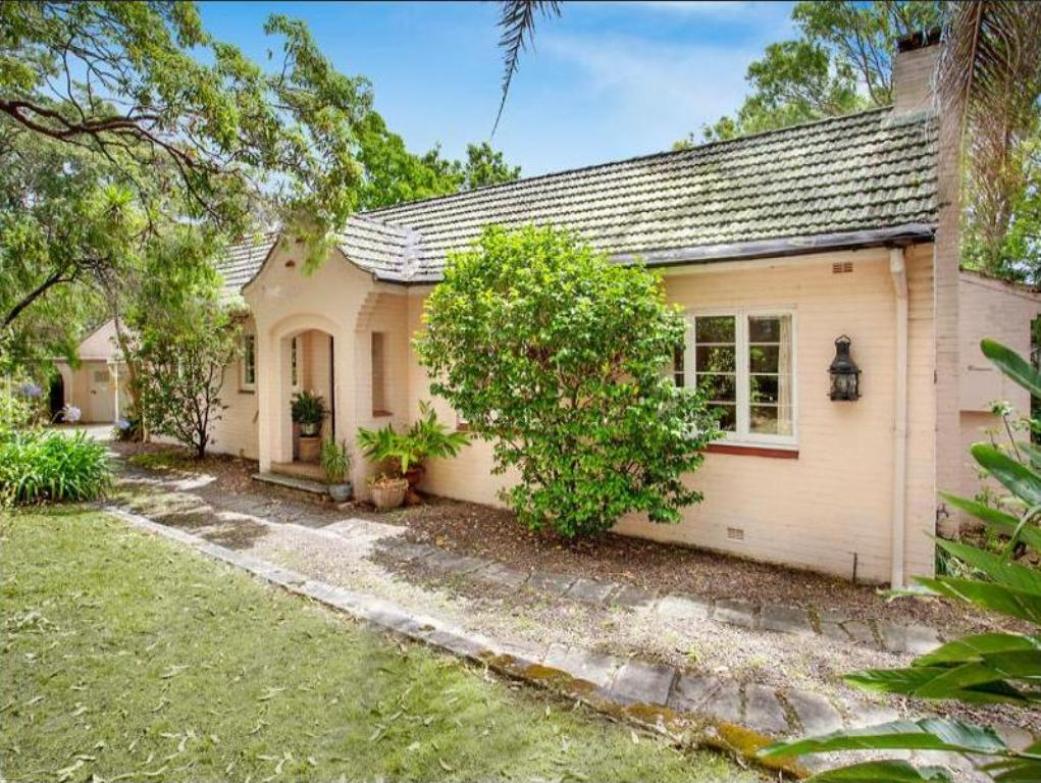
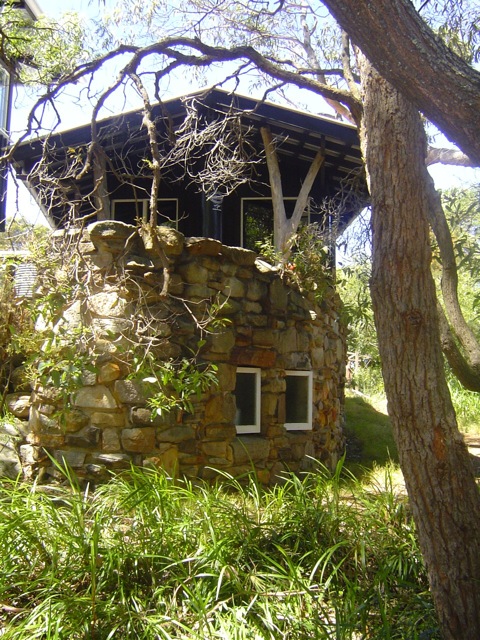
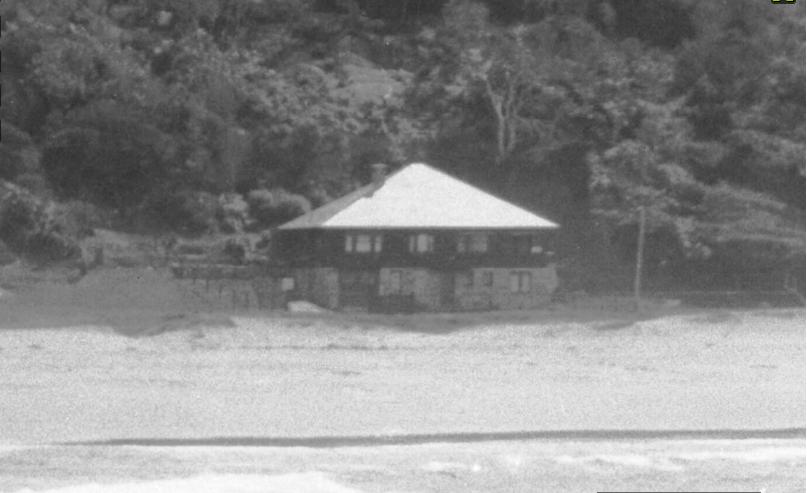
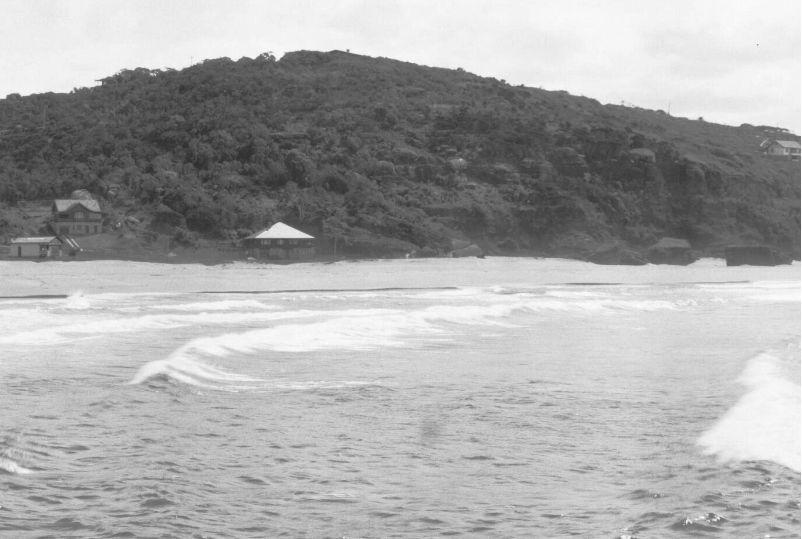
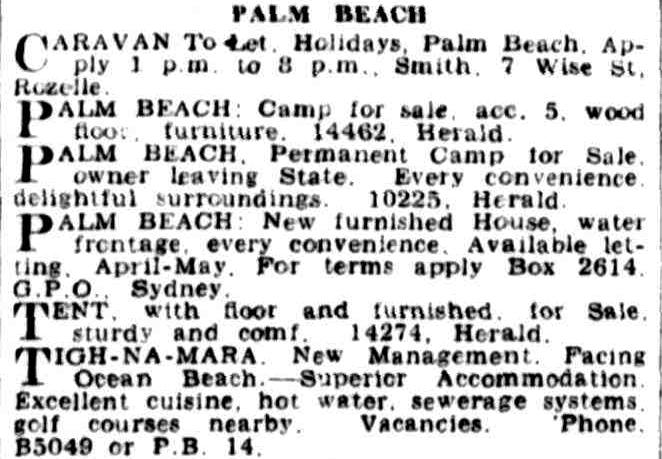
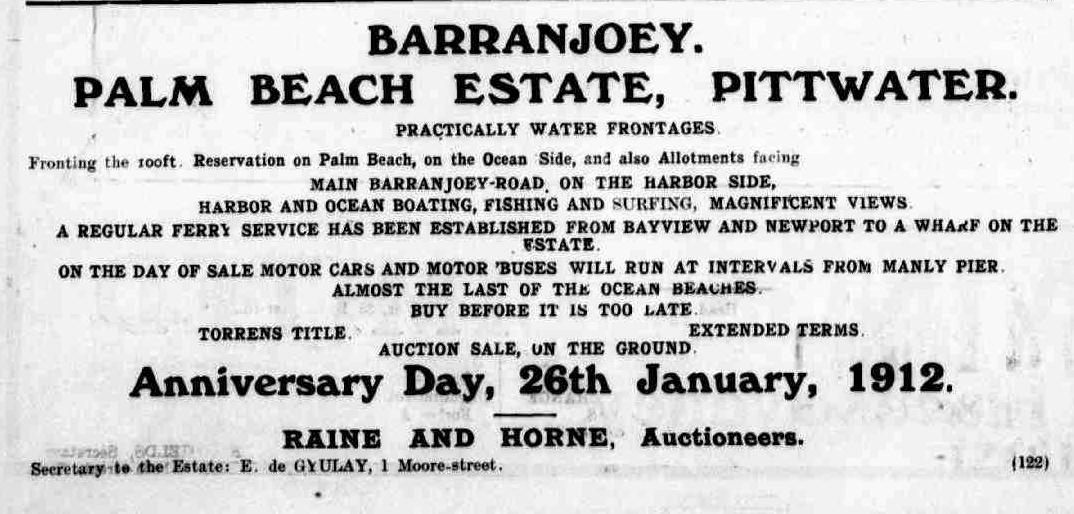
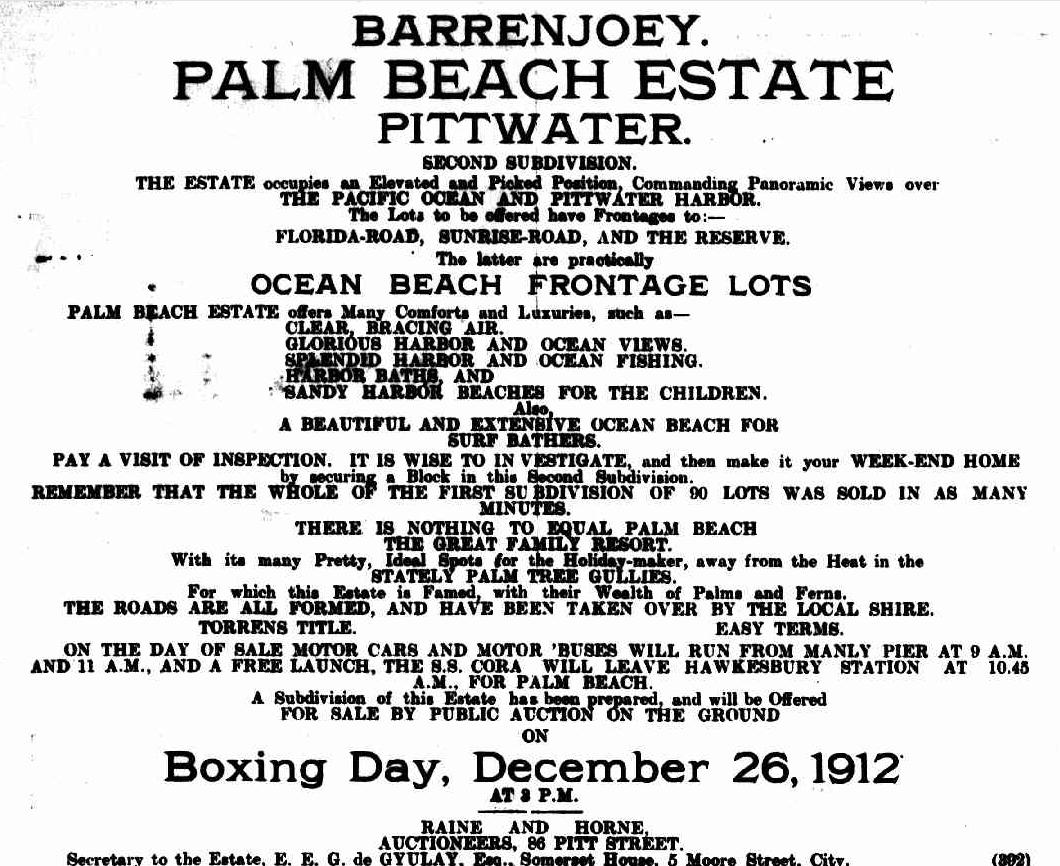
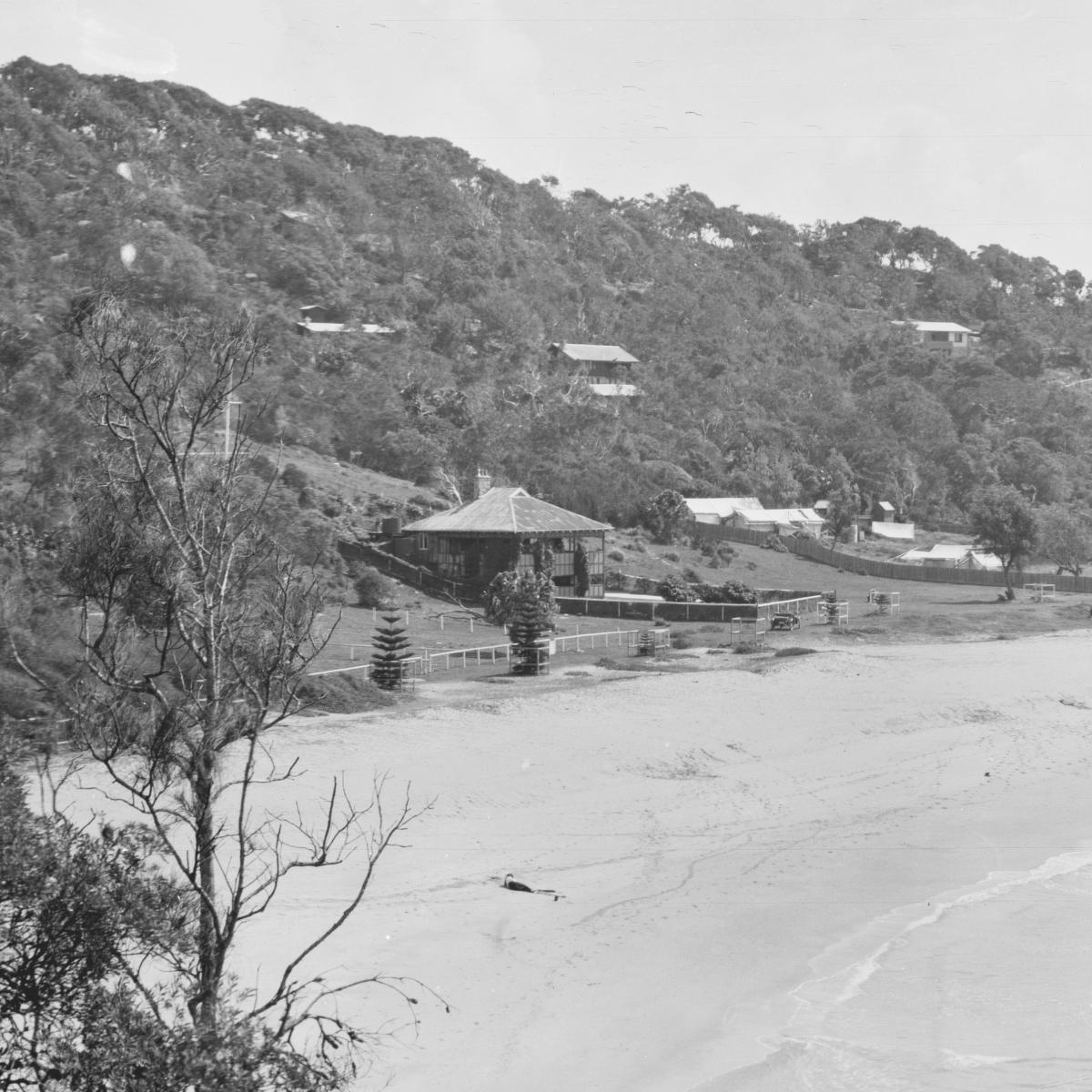
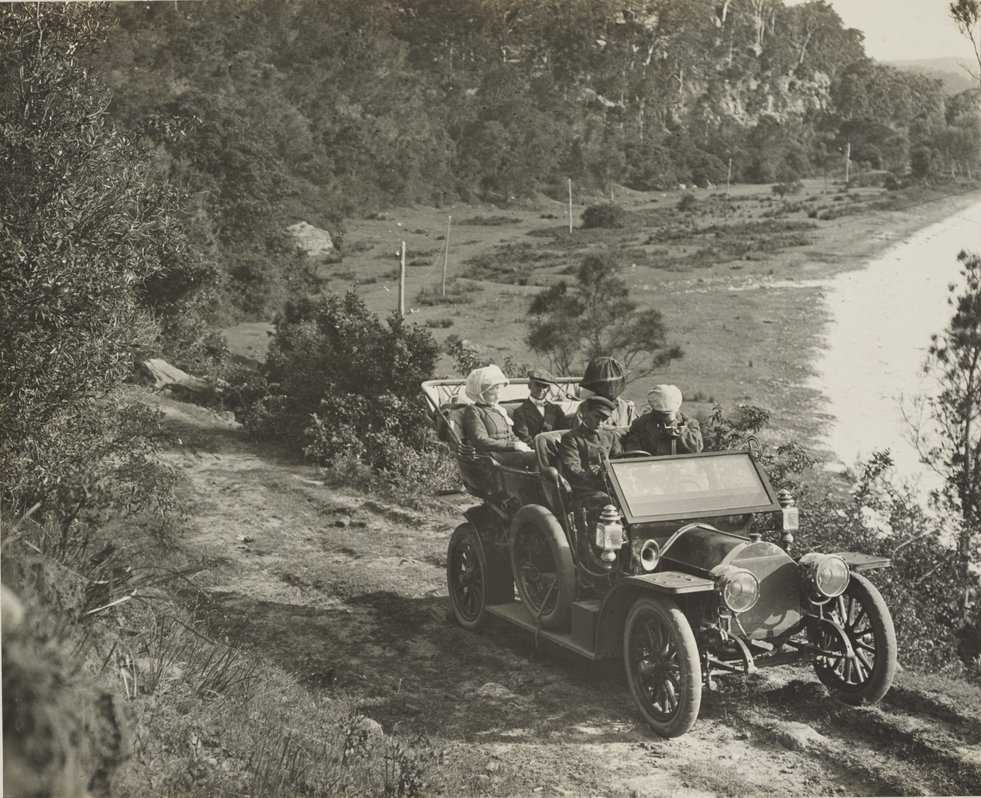
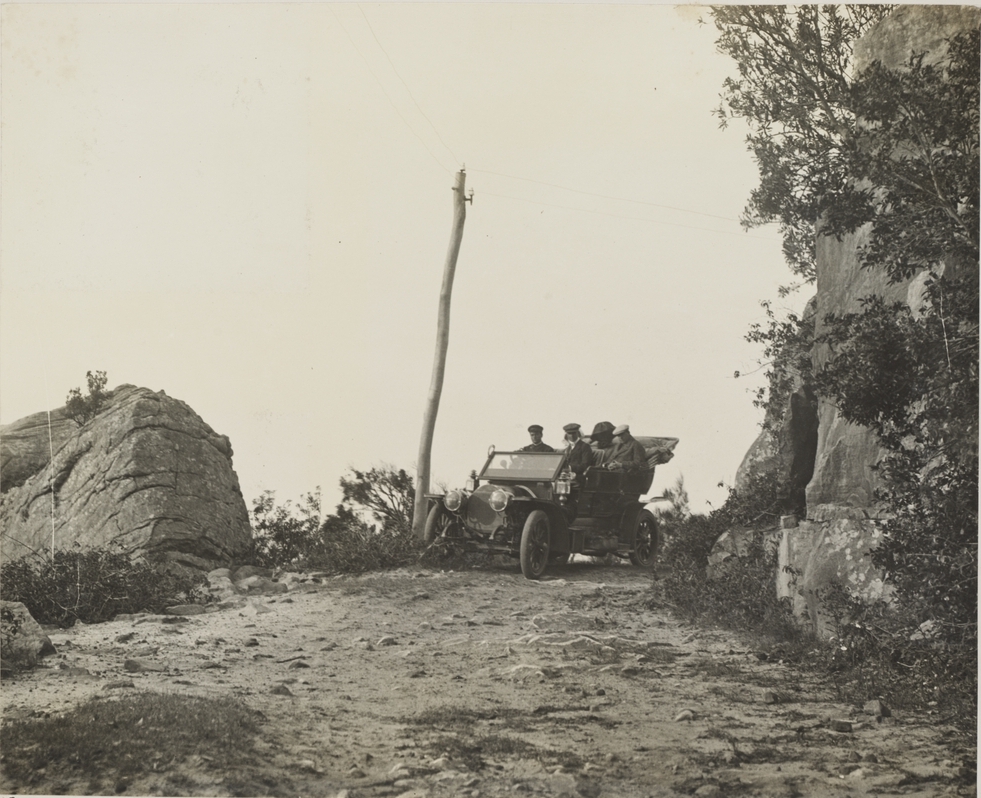
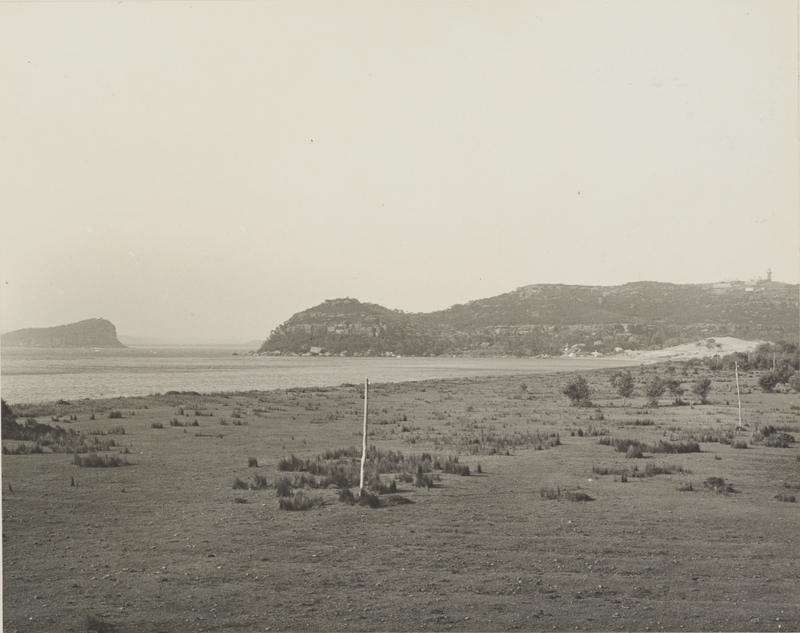
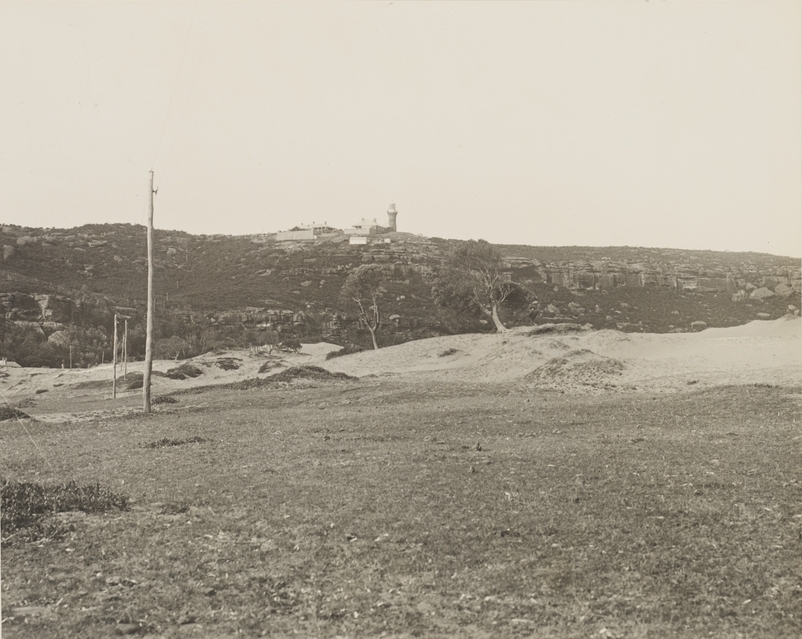
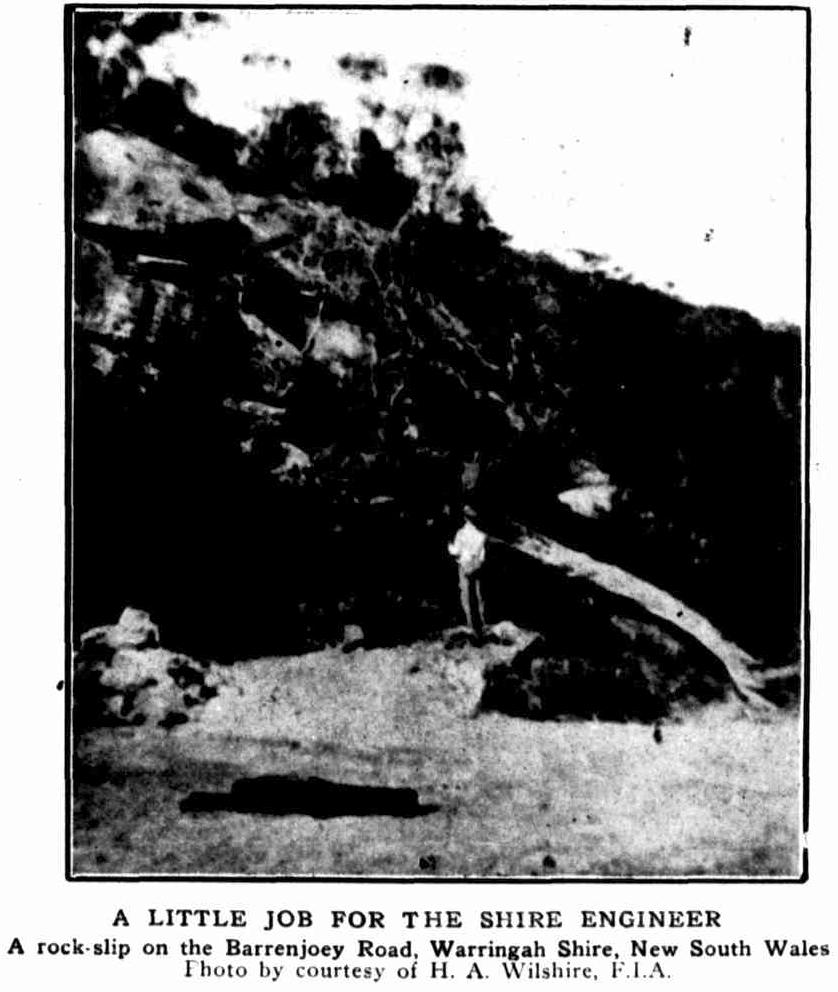
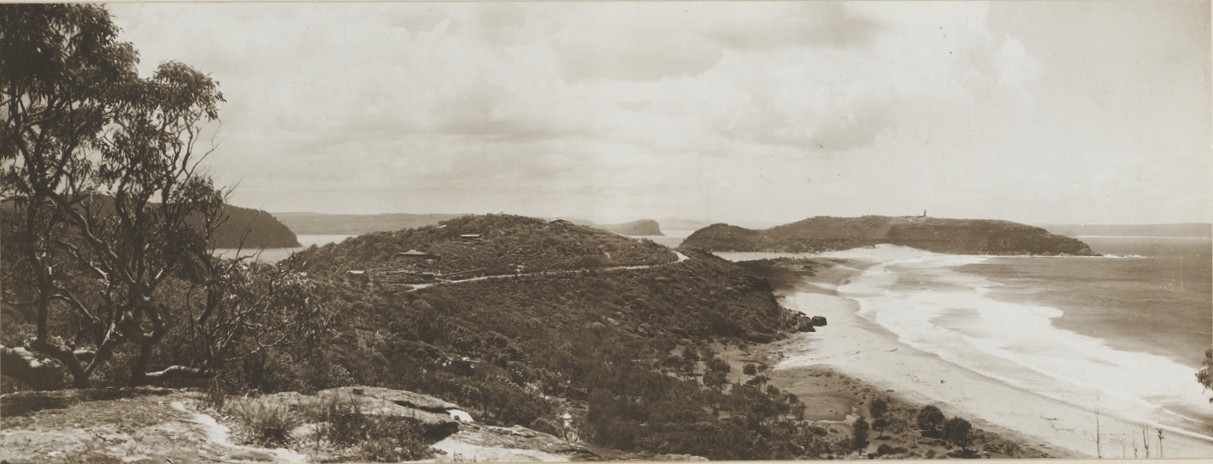
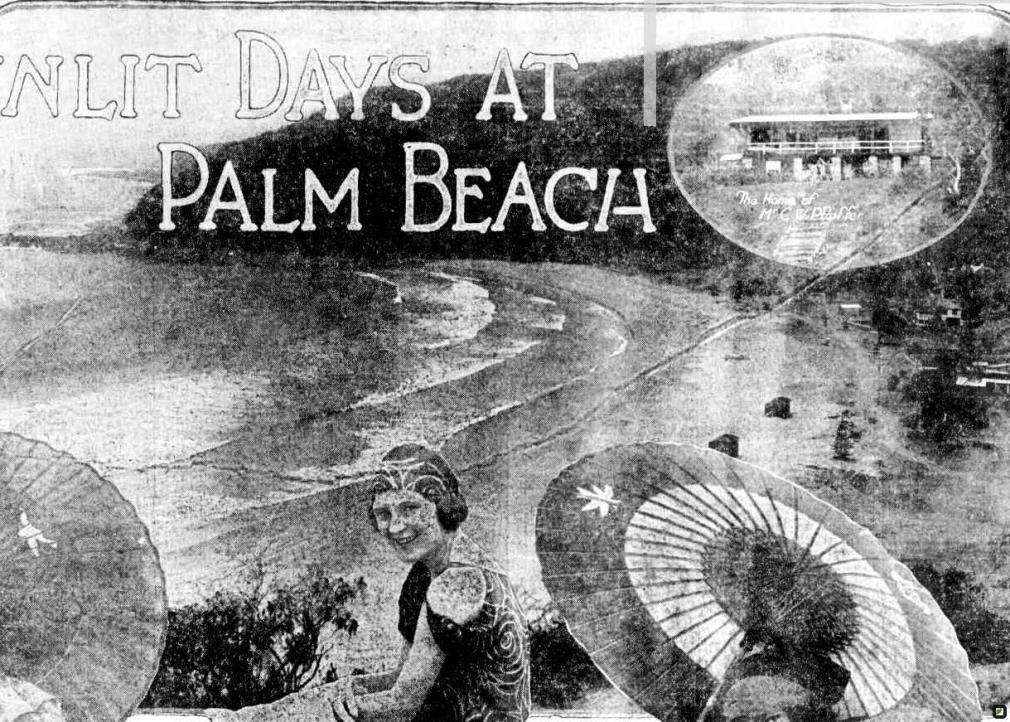
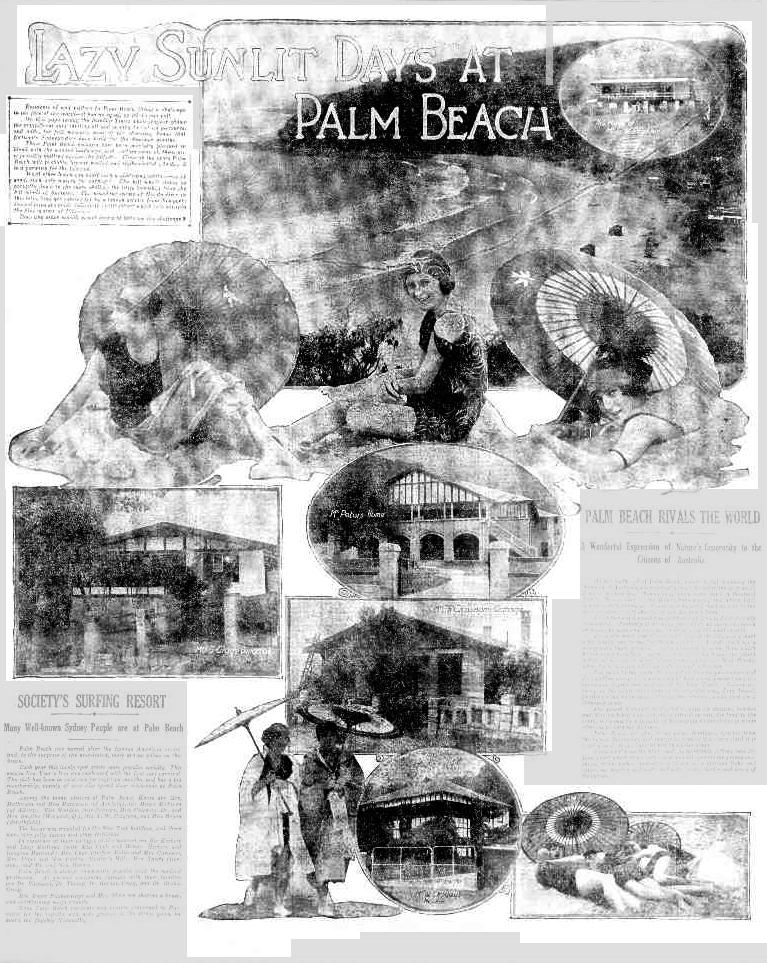
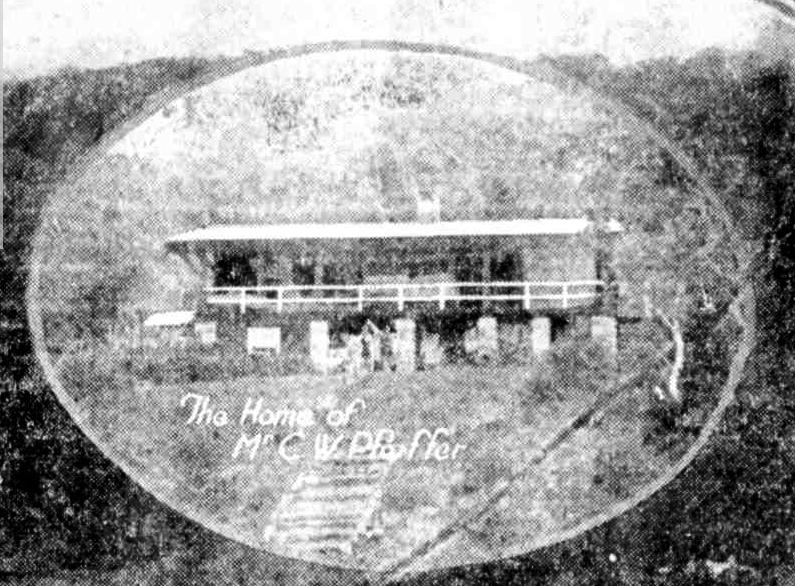
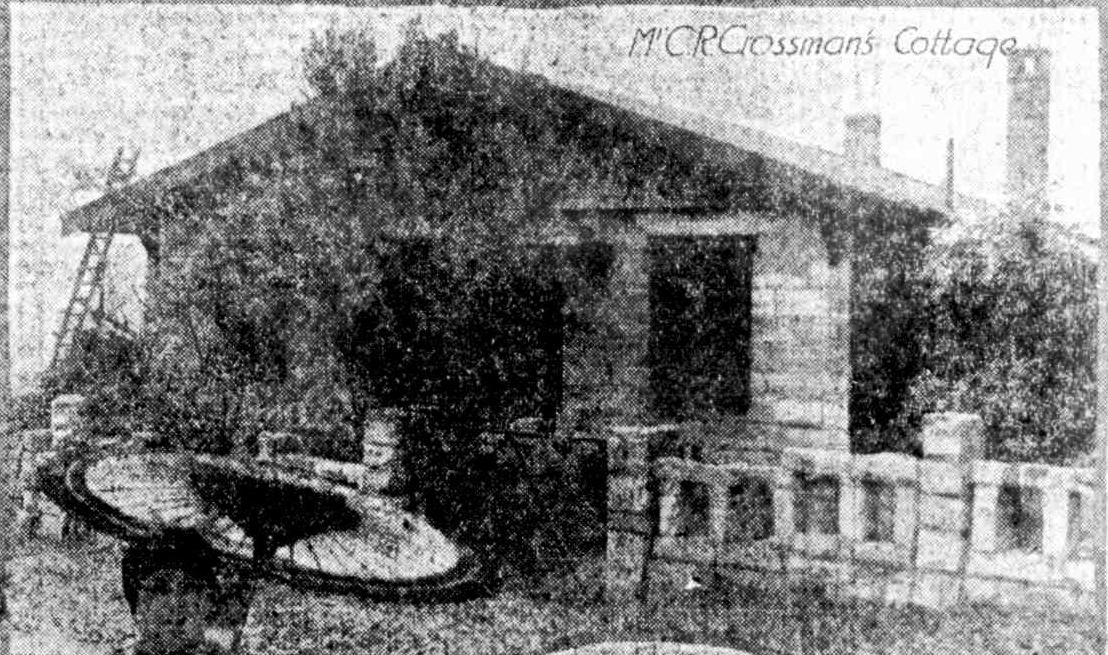
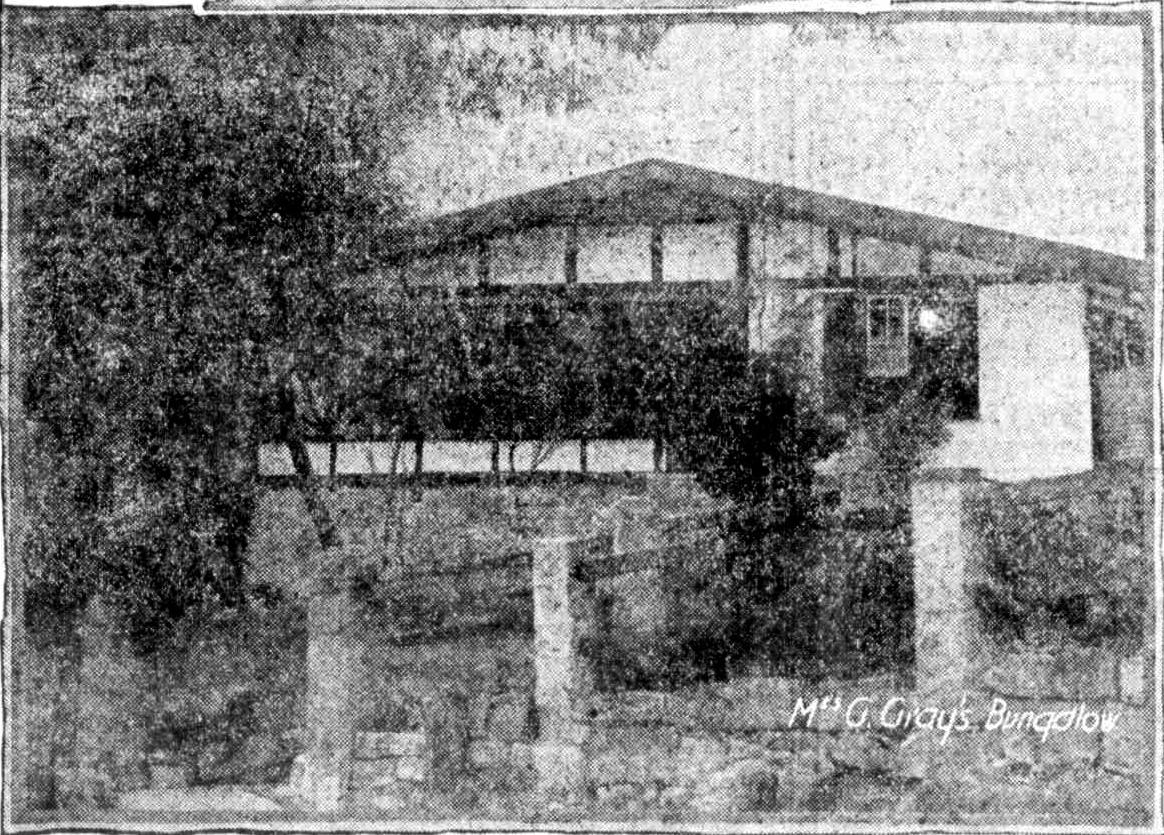
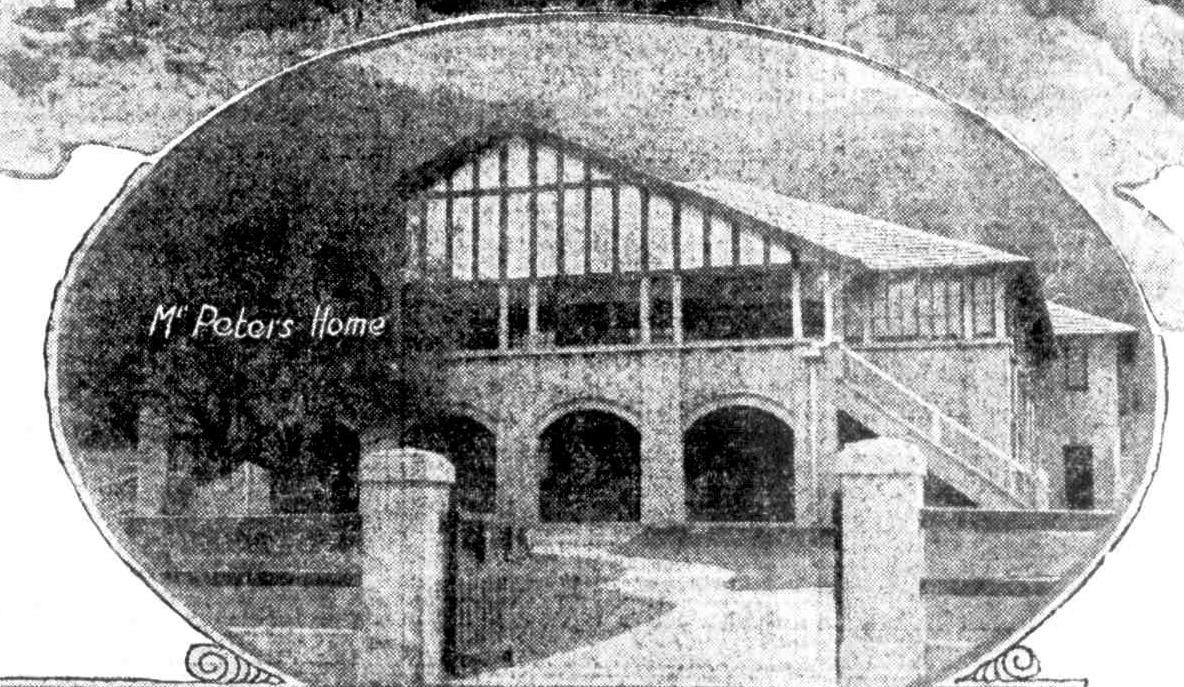
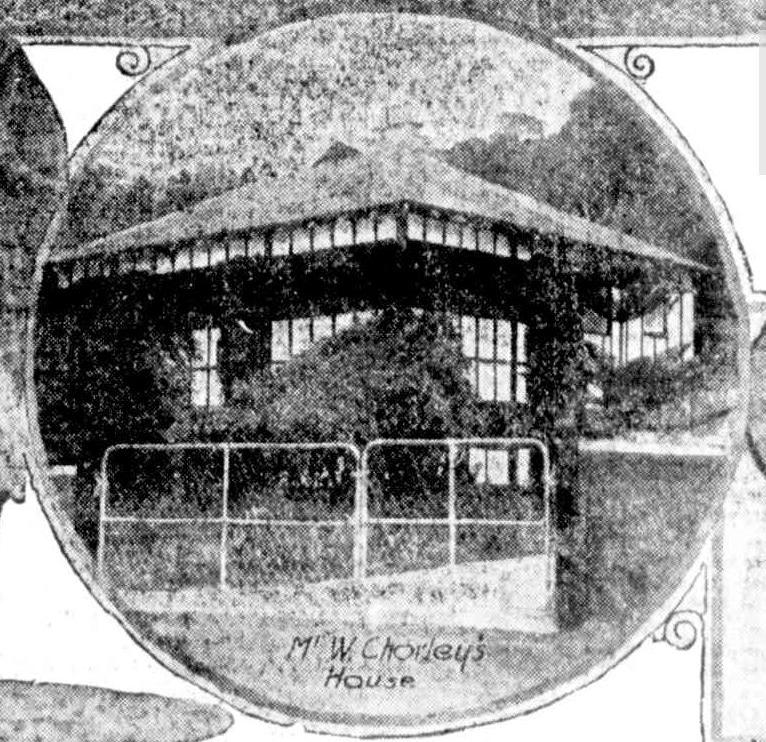
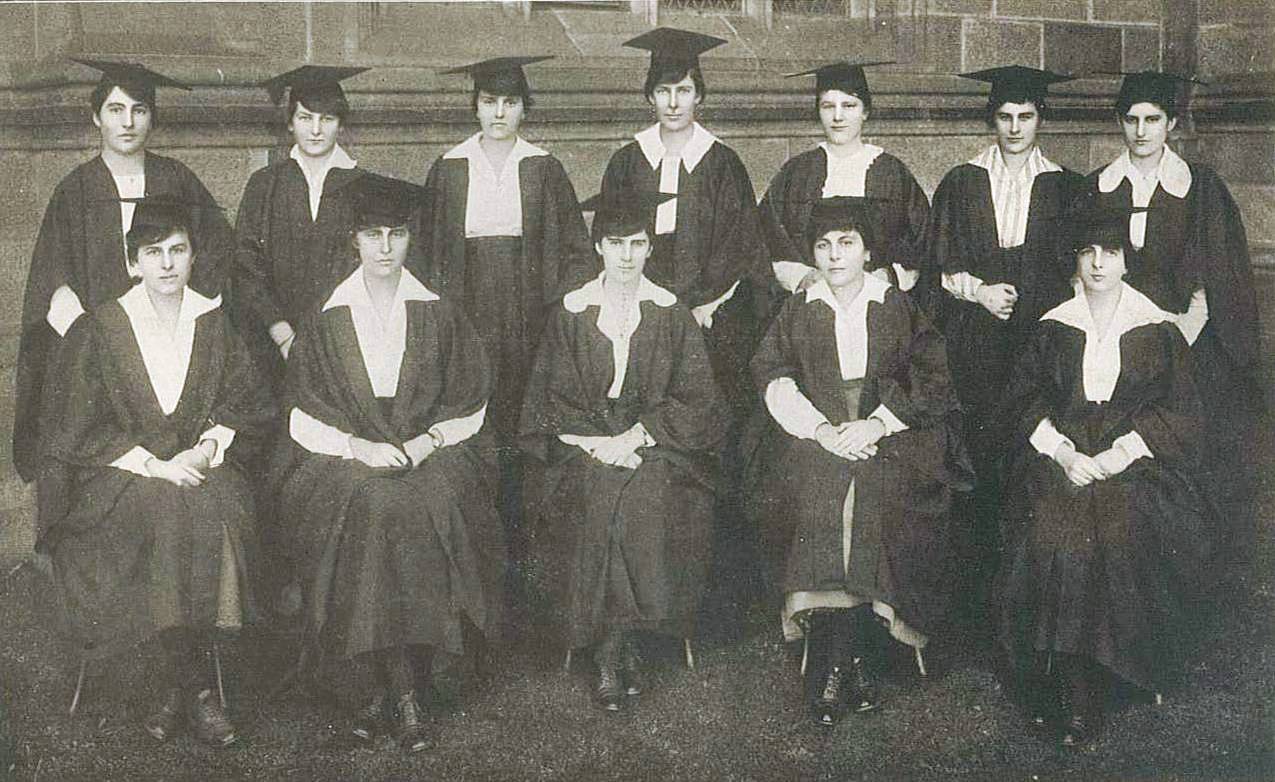
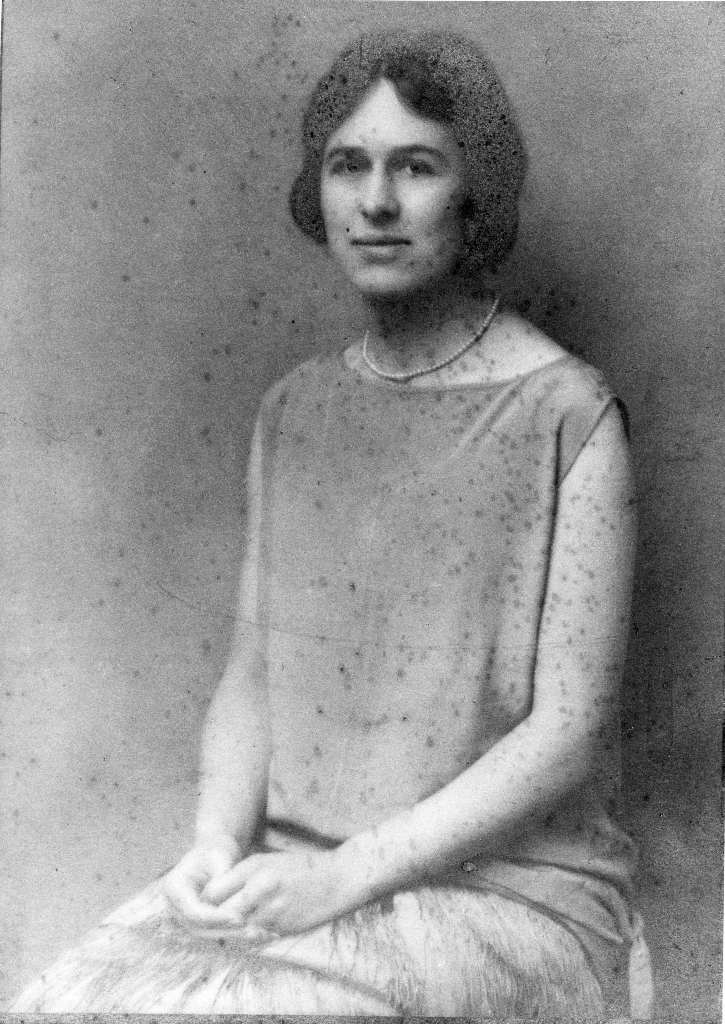
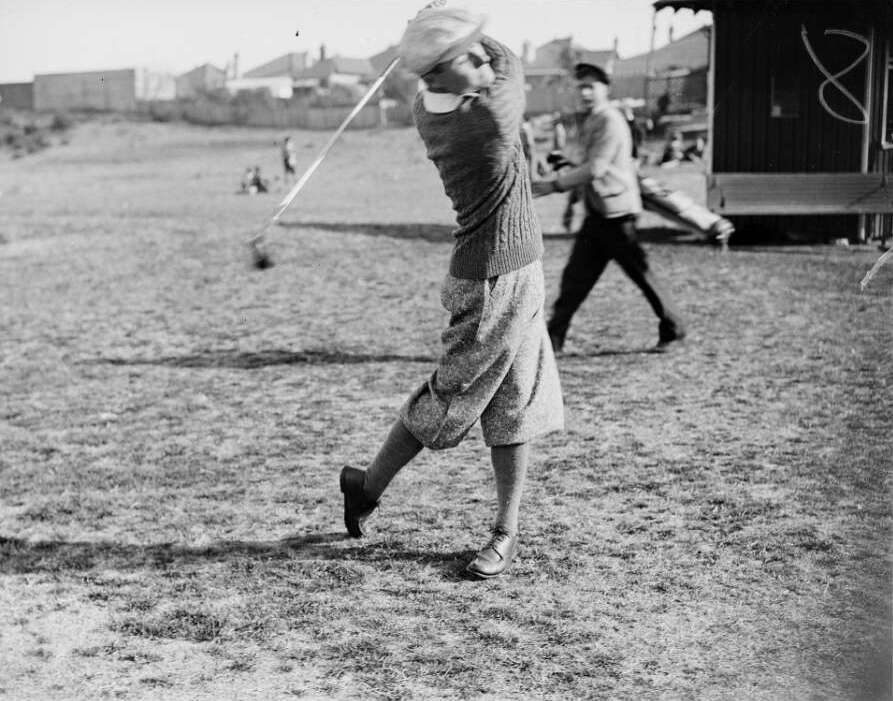
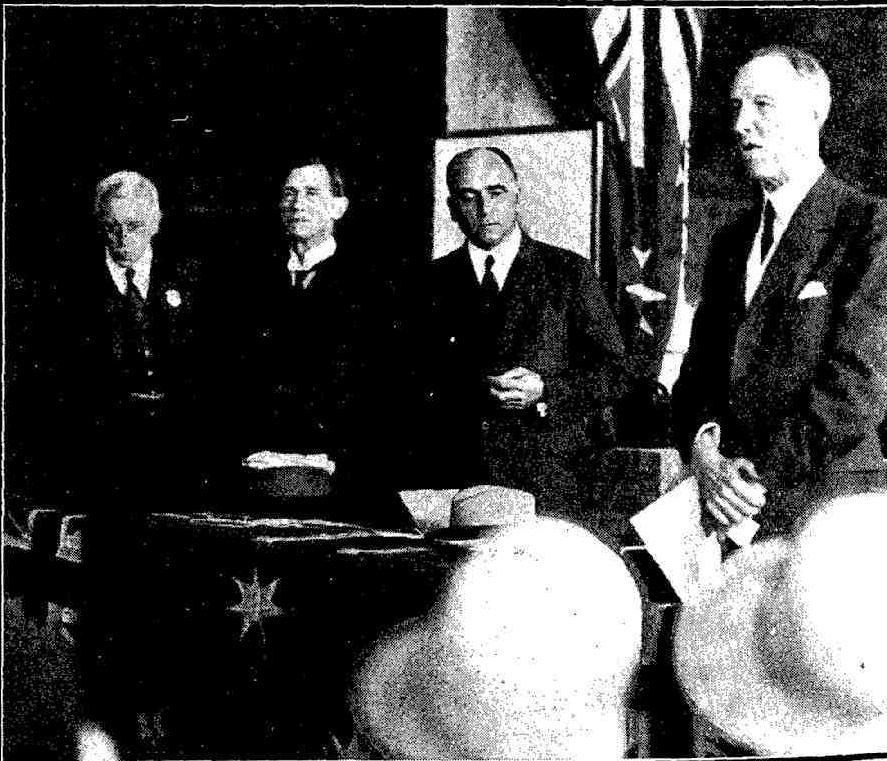
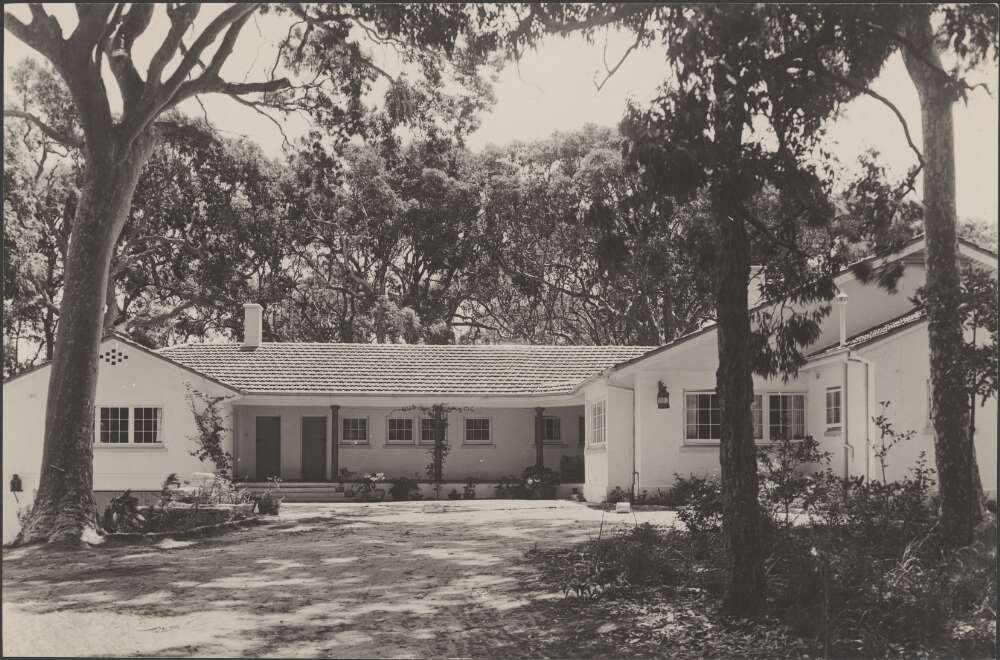
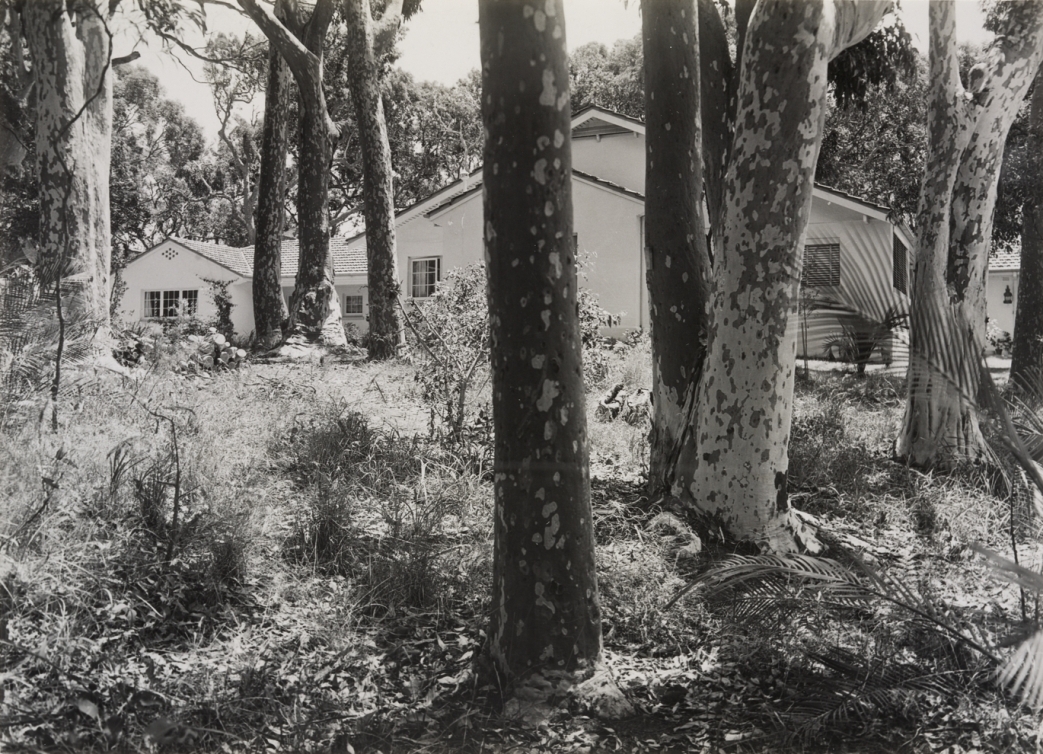
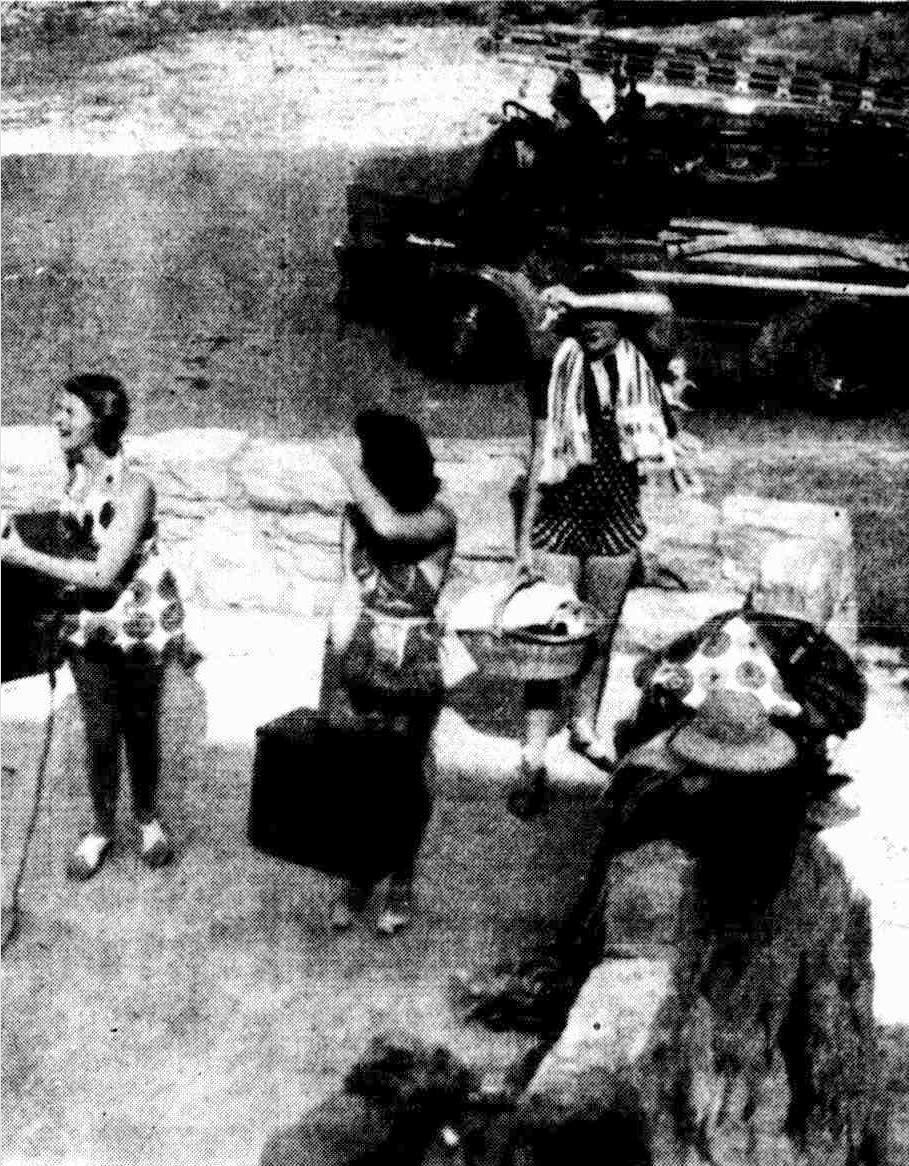
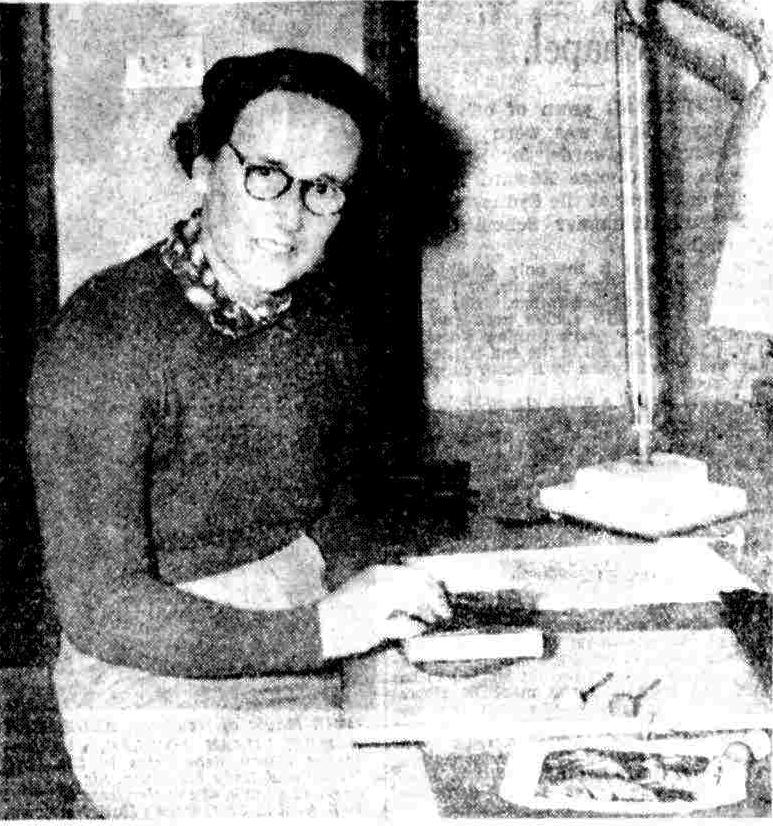
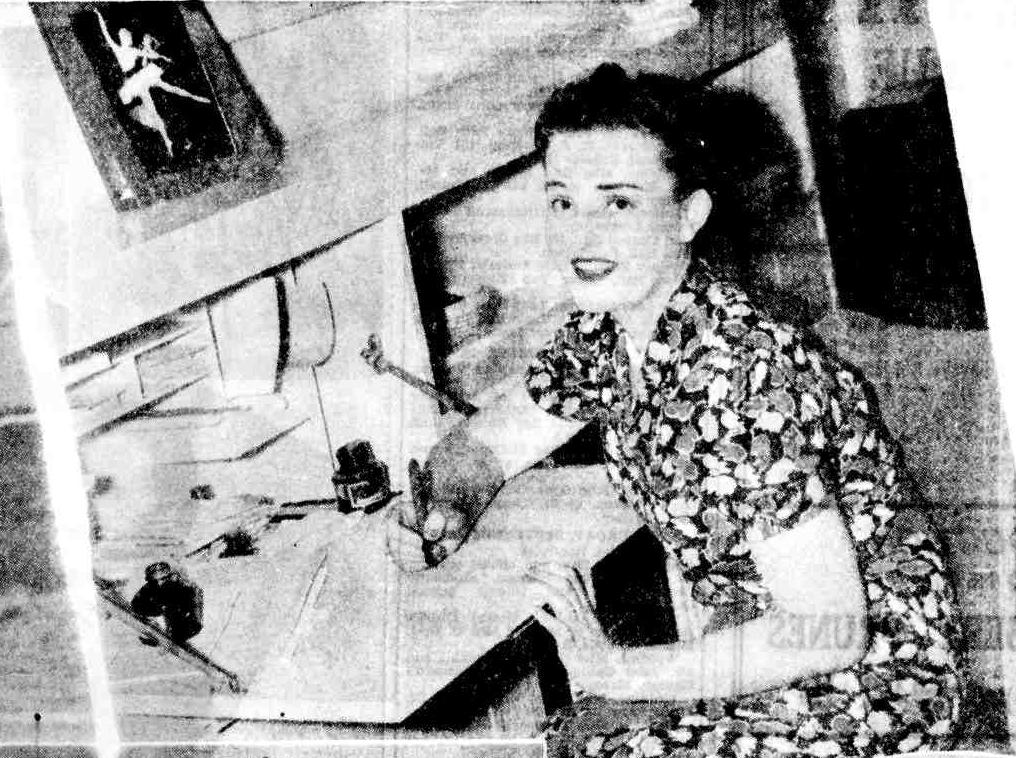
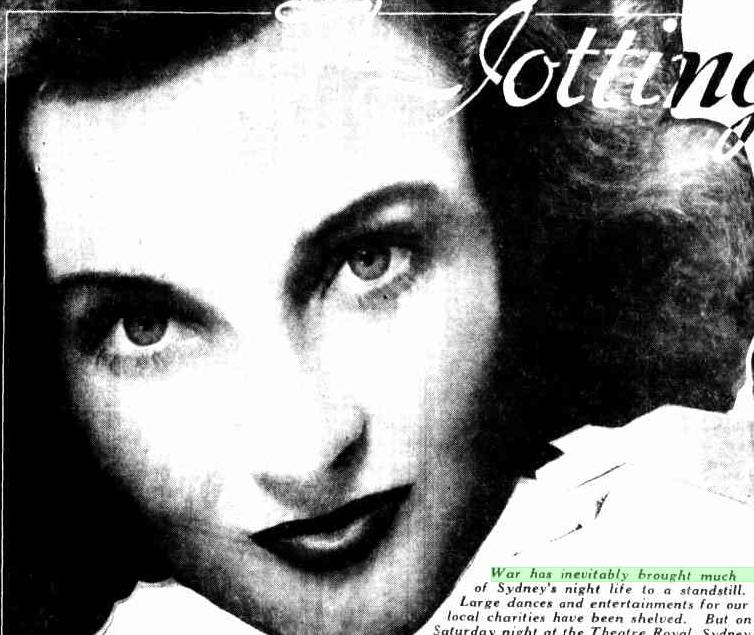
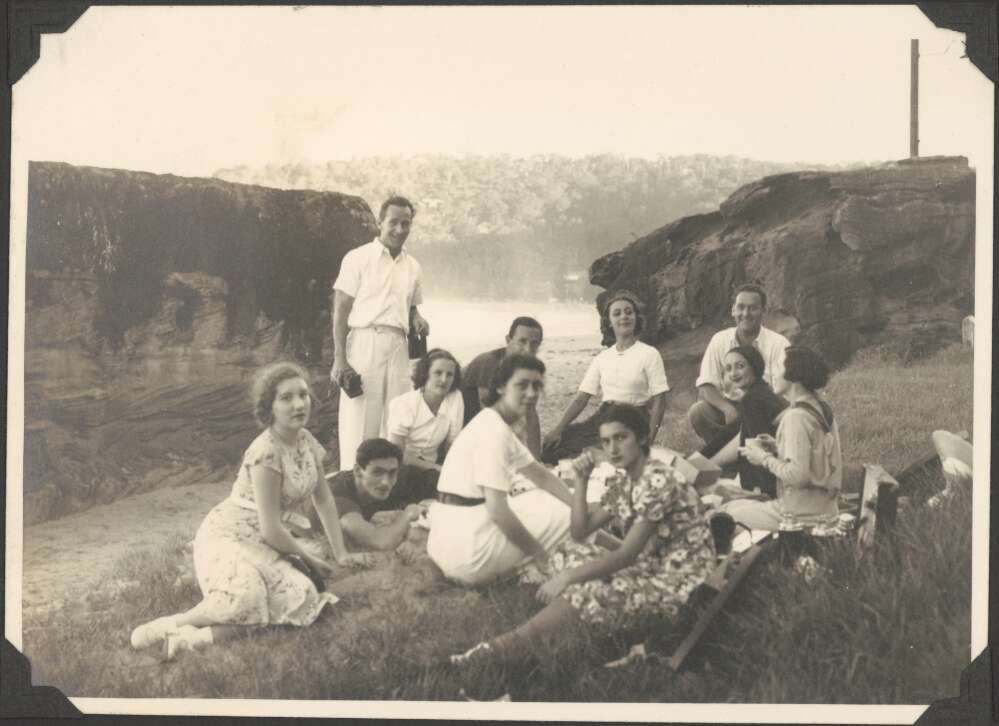
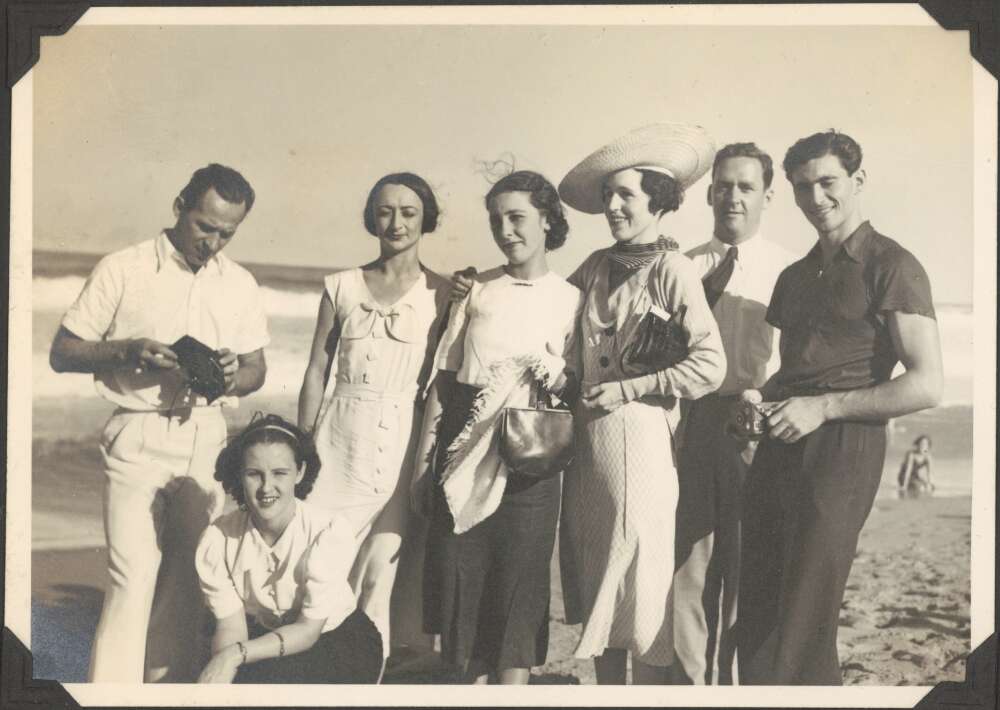
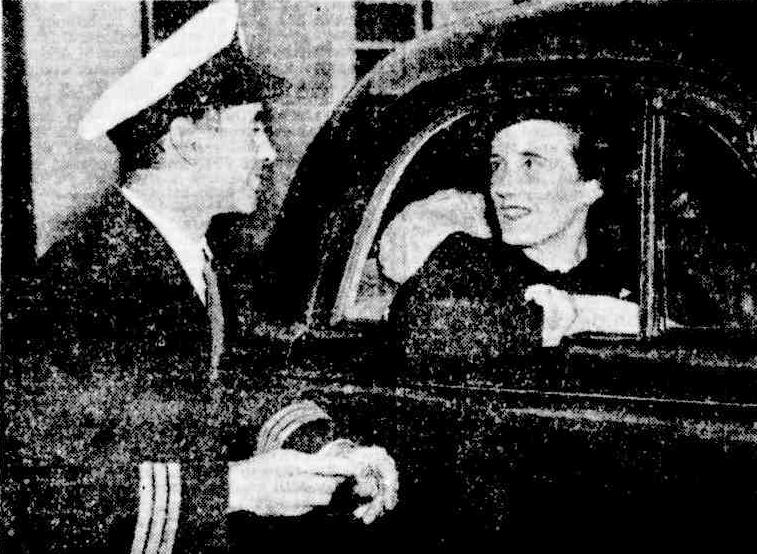

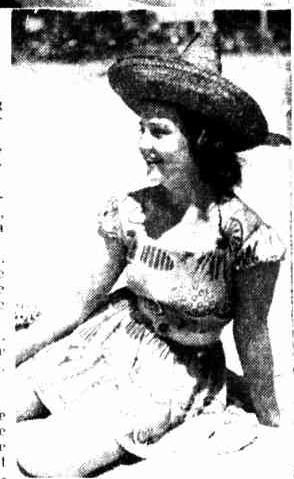 Palm Beach Prepares For Almost Adam-less Eden
Palm Beach Prepares For Almost Adam-less Eden.jpg?timestamp=1670679635945)
.jpg?timestamp=1670679663459)
.jpg?timestamp=1670679697195)
.jpg?timestamp=1670679740059)
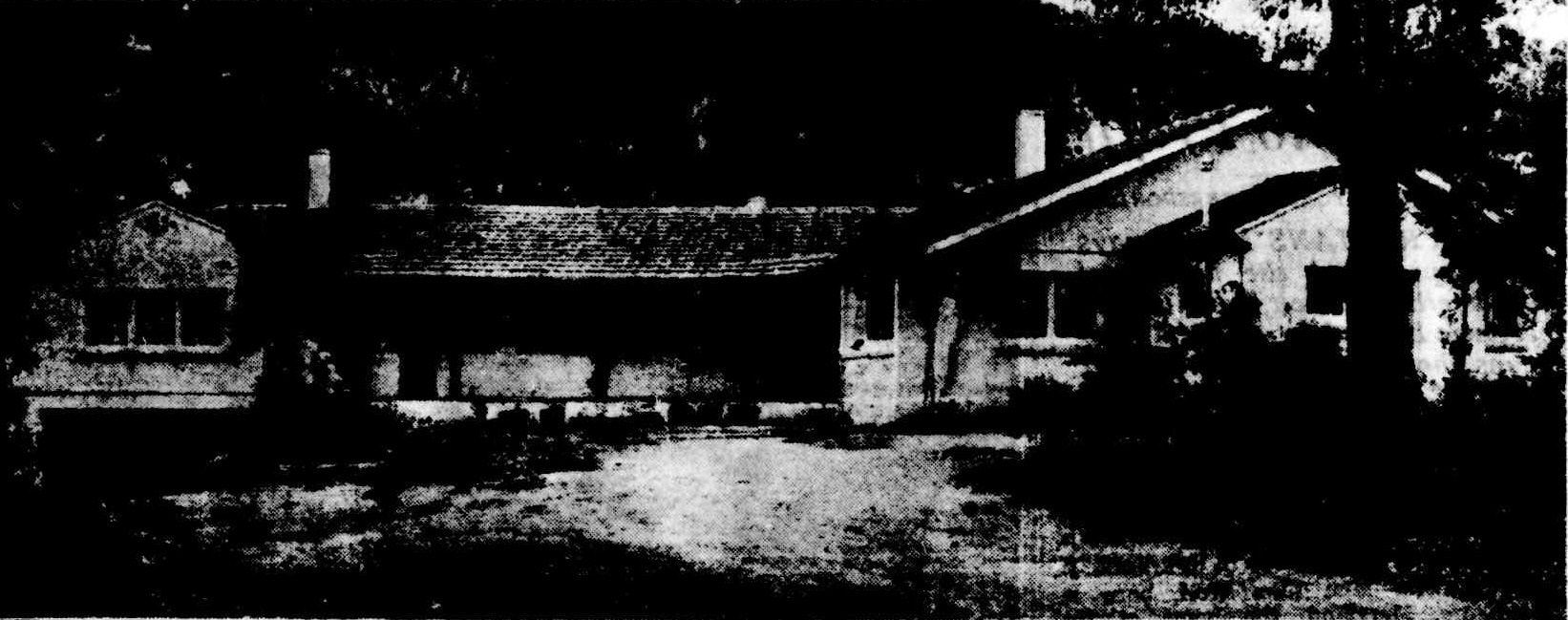
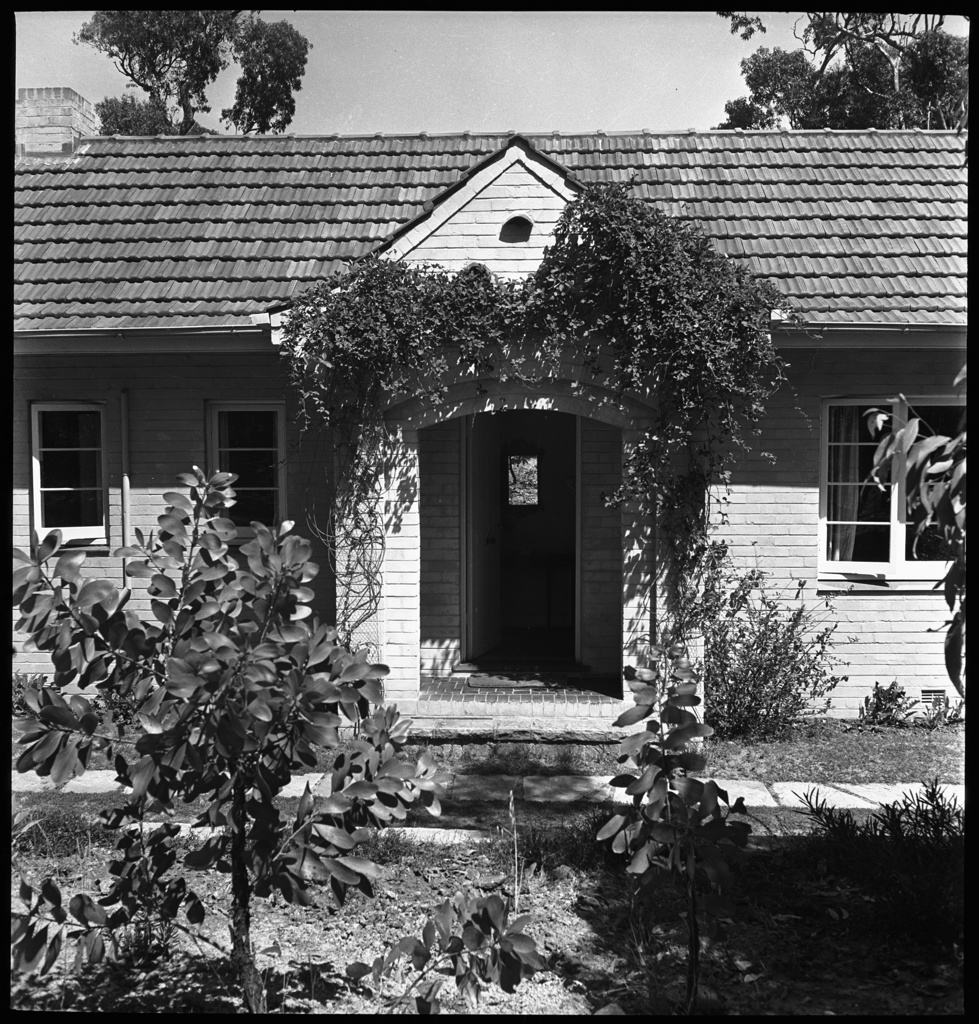
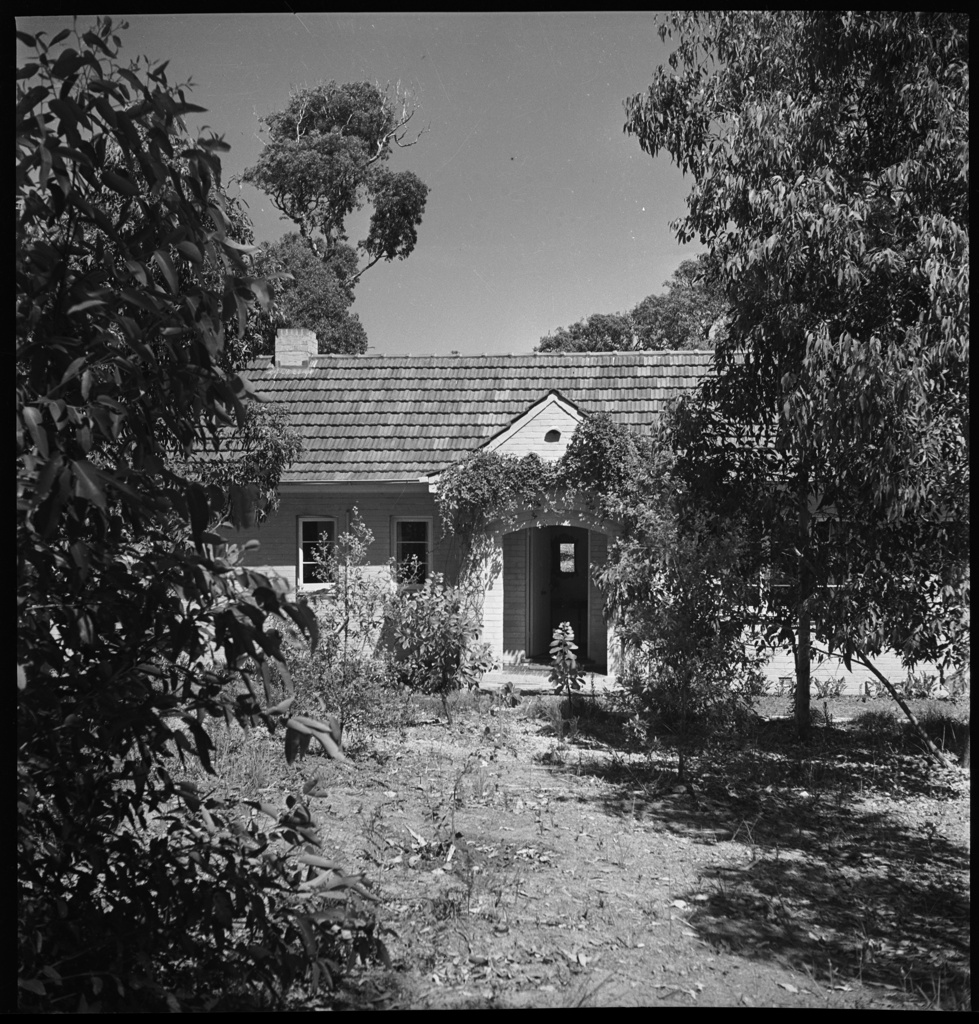
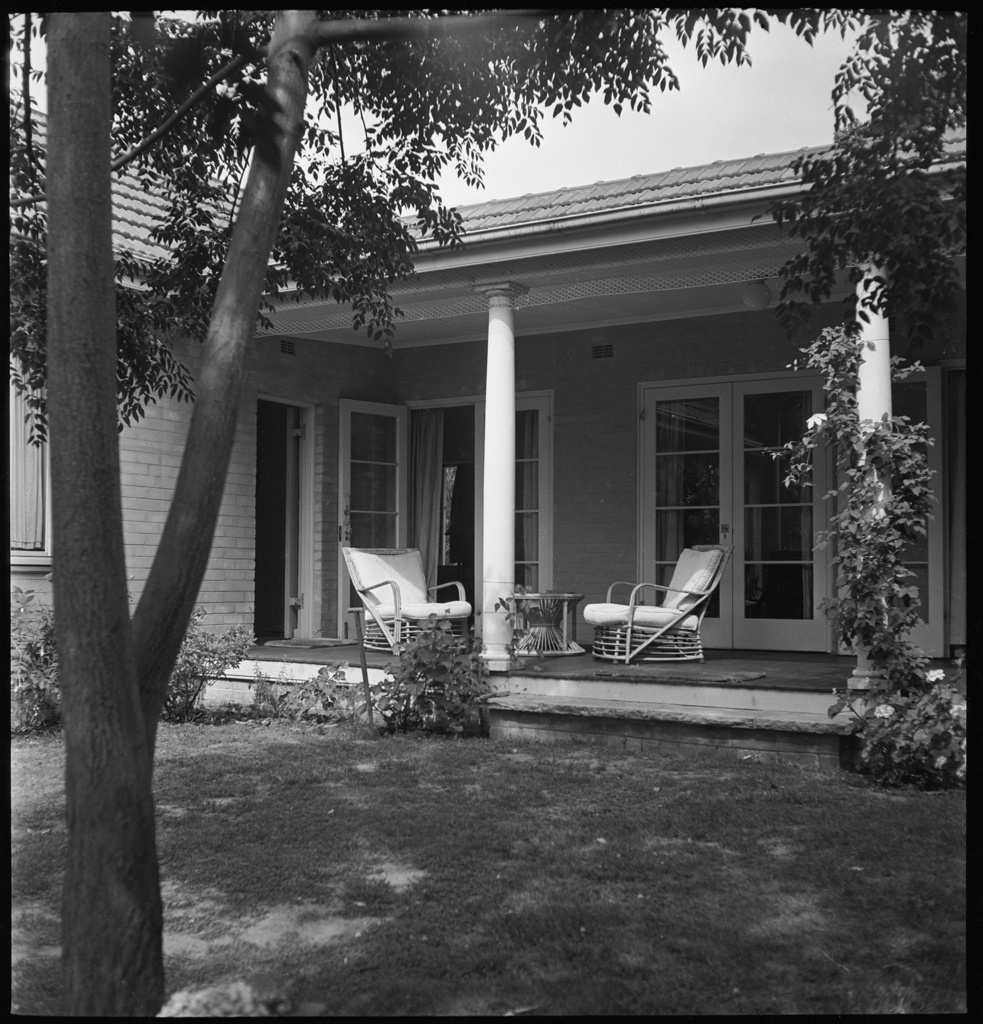
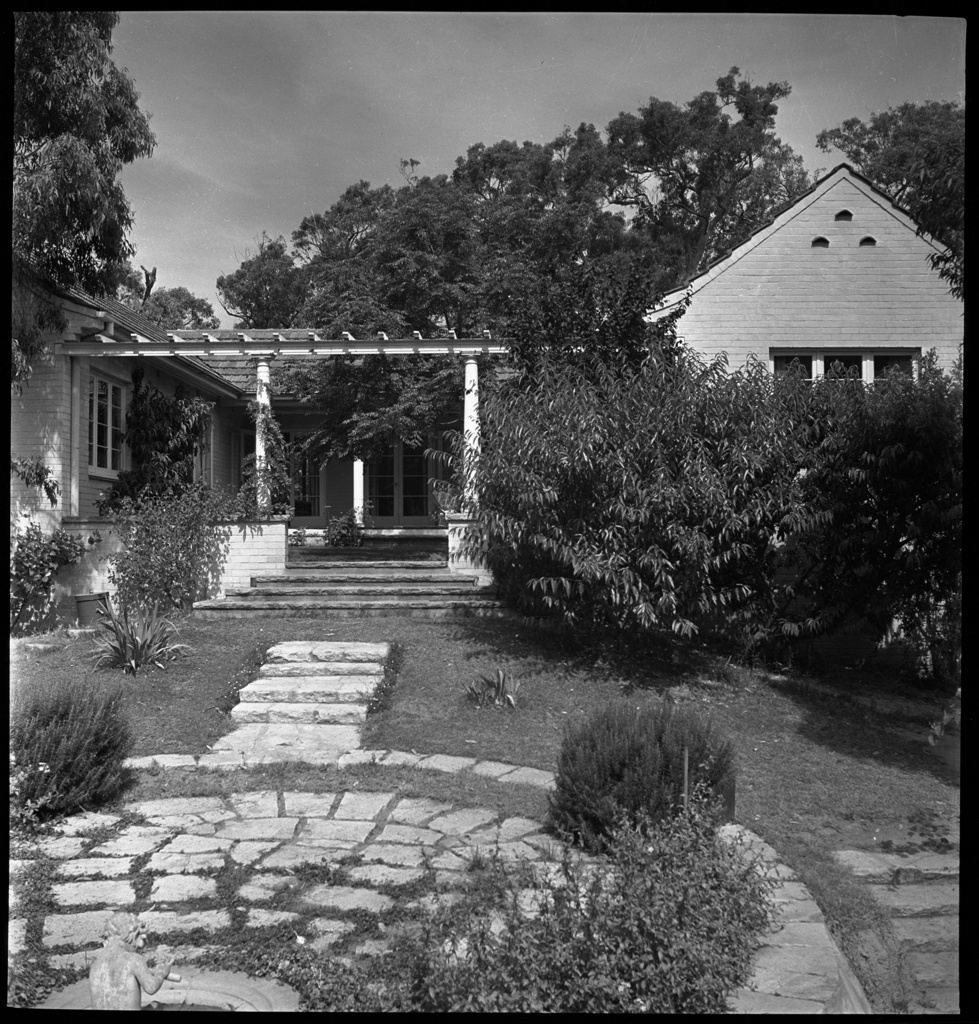
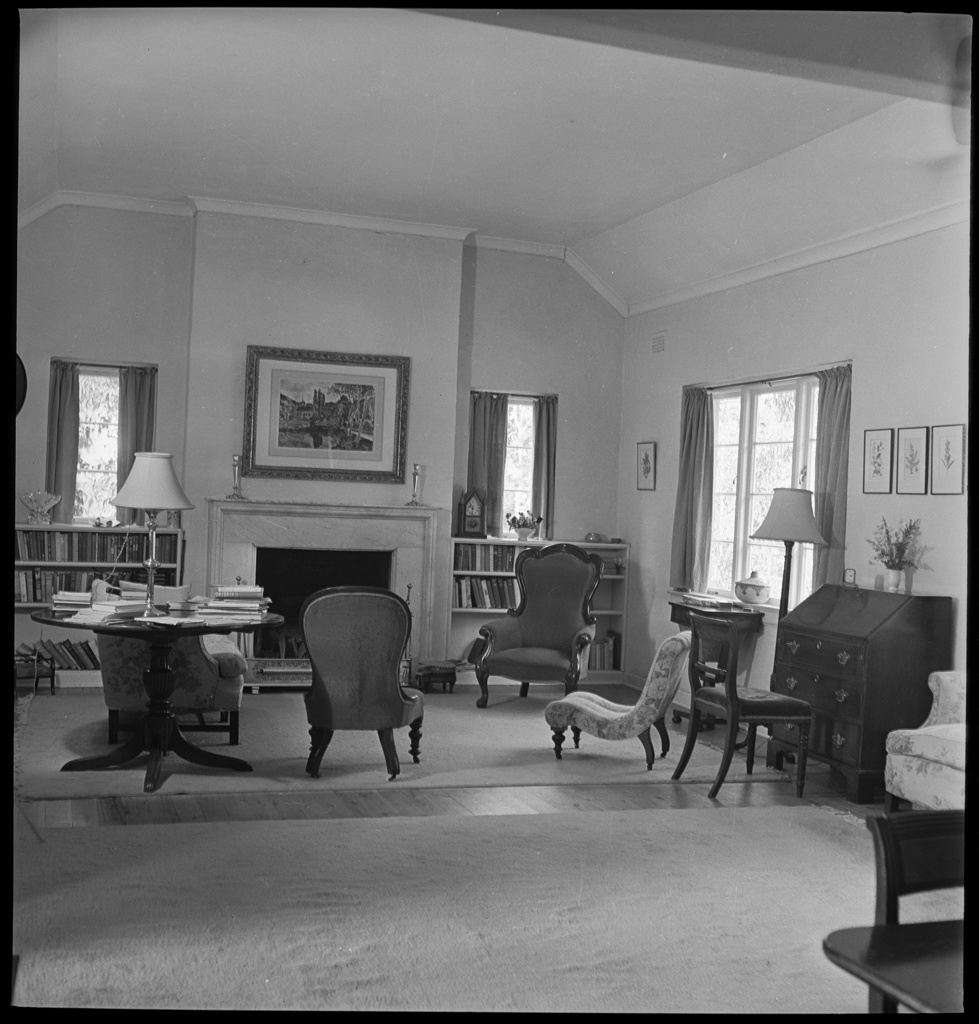
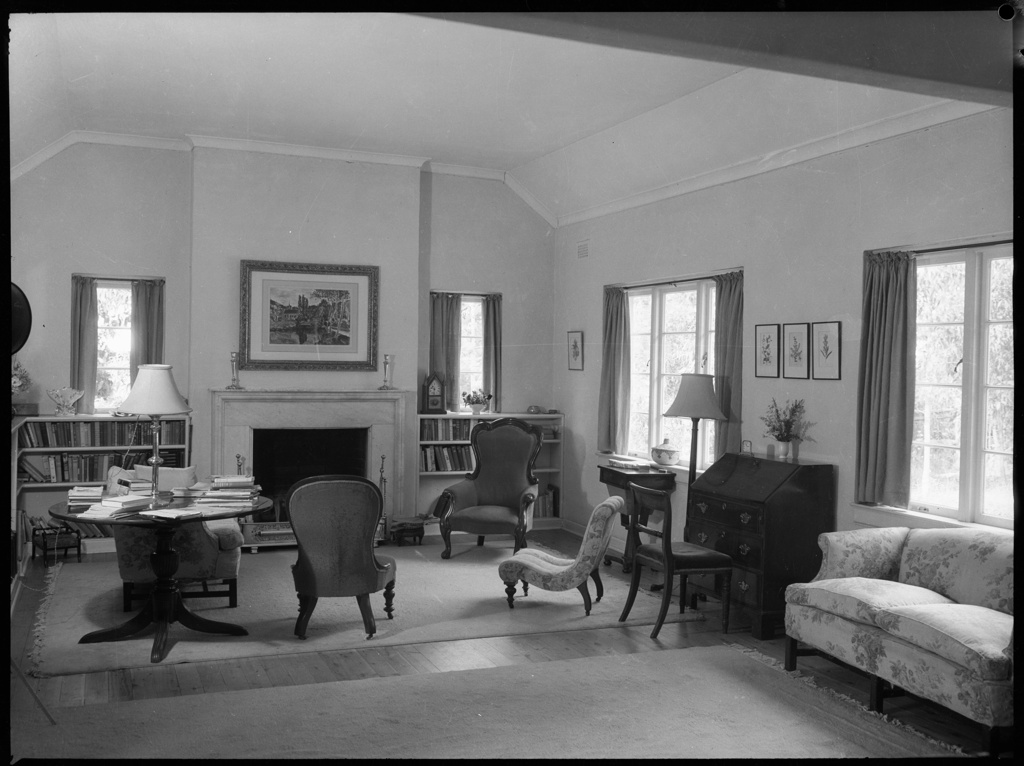
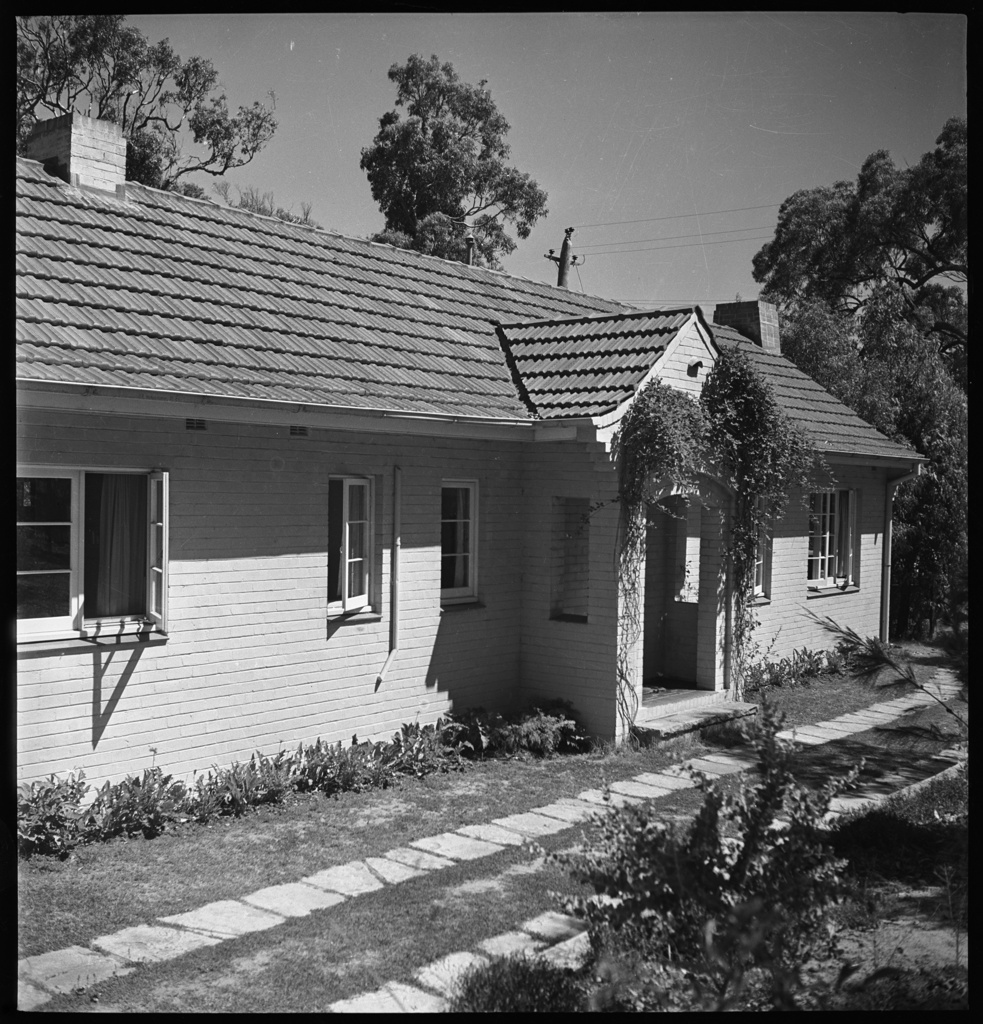
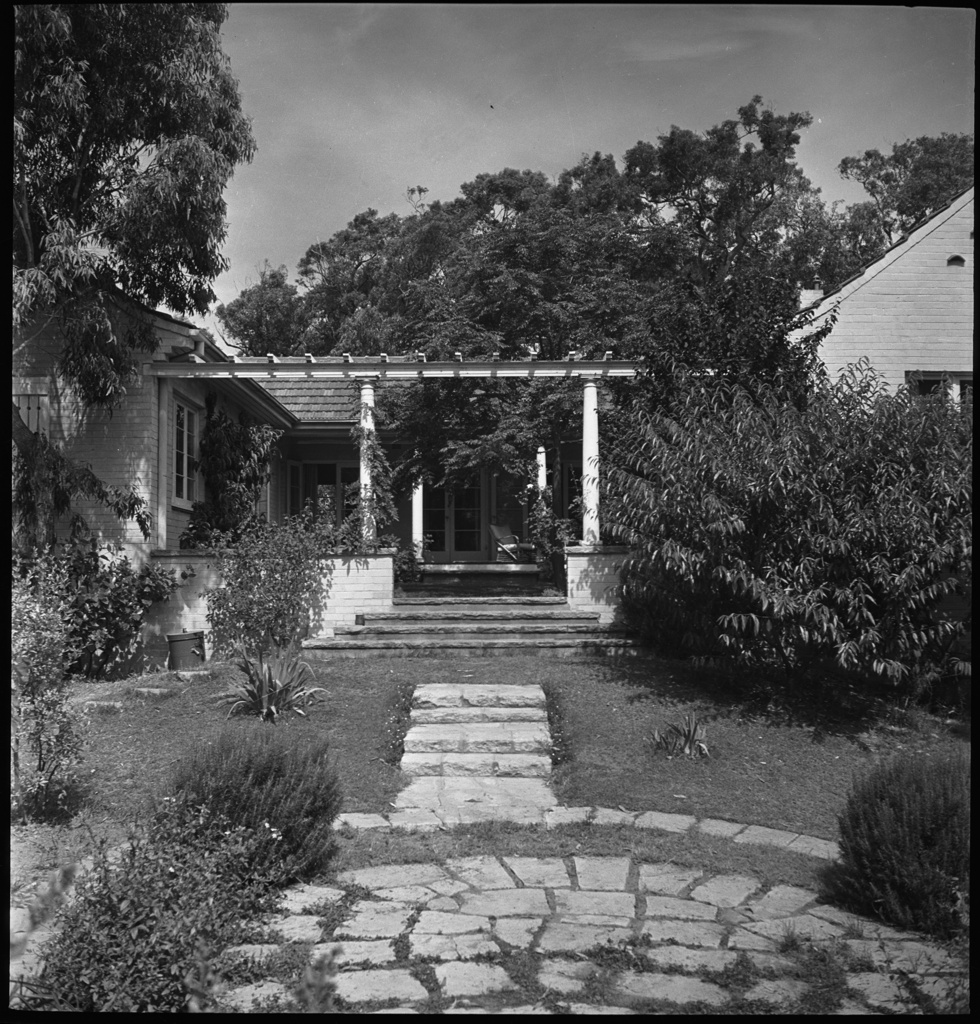
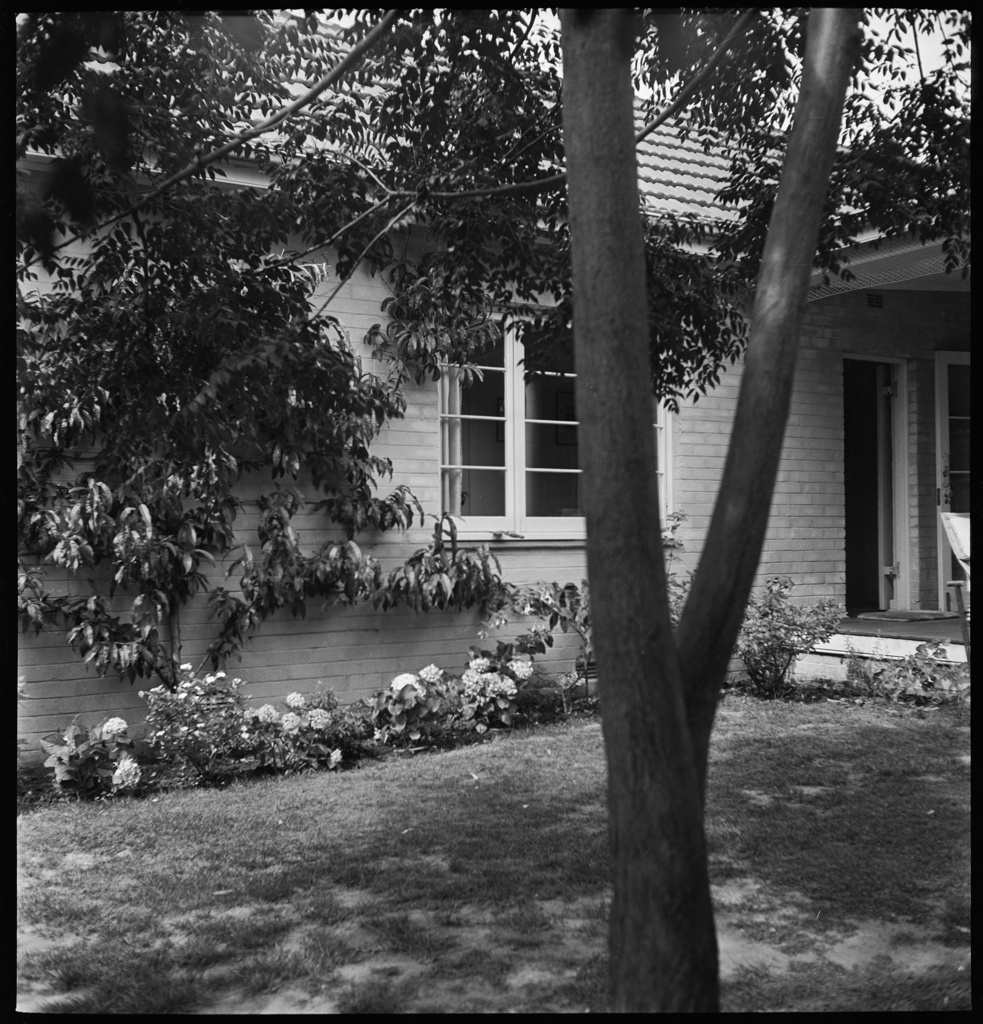
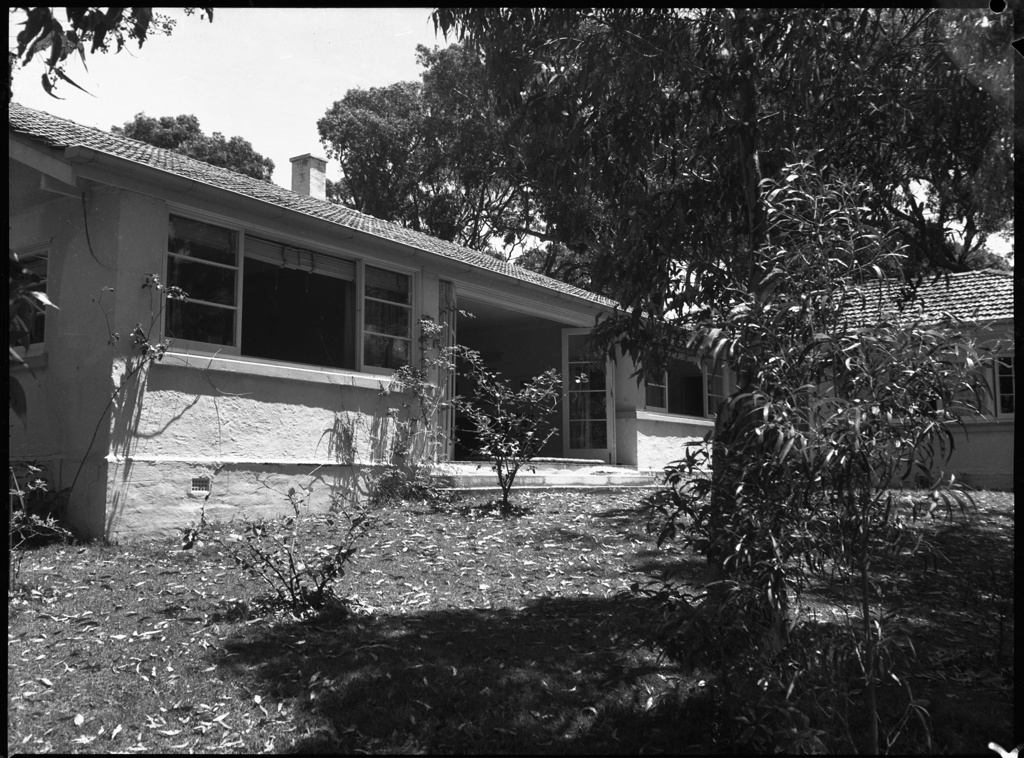
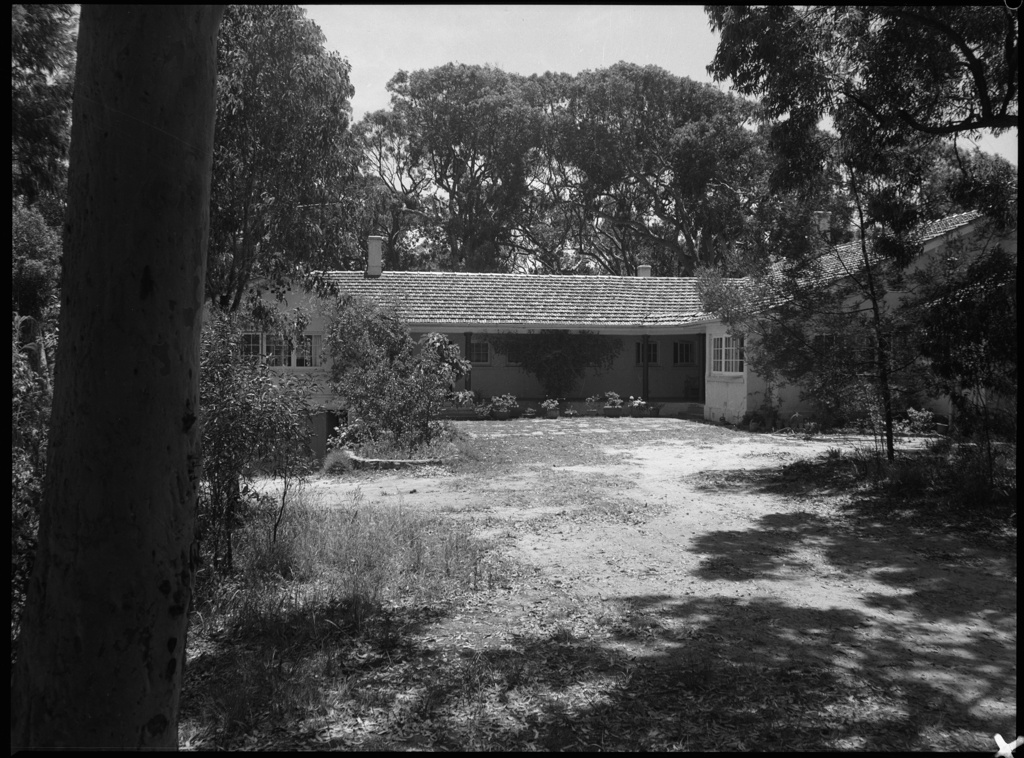
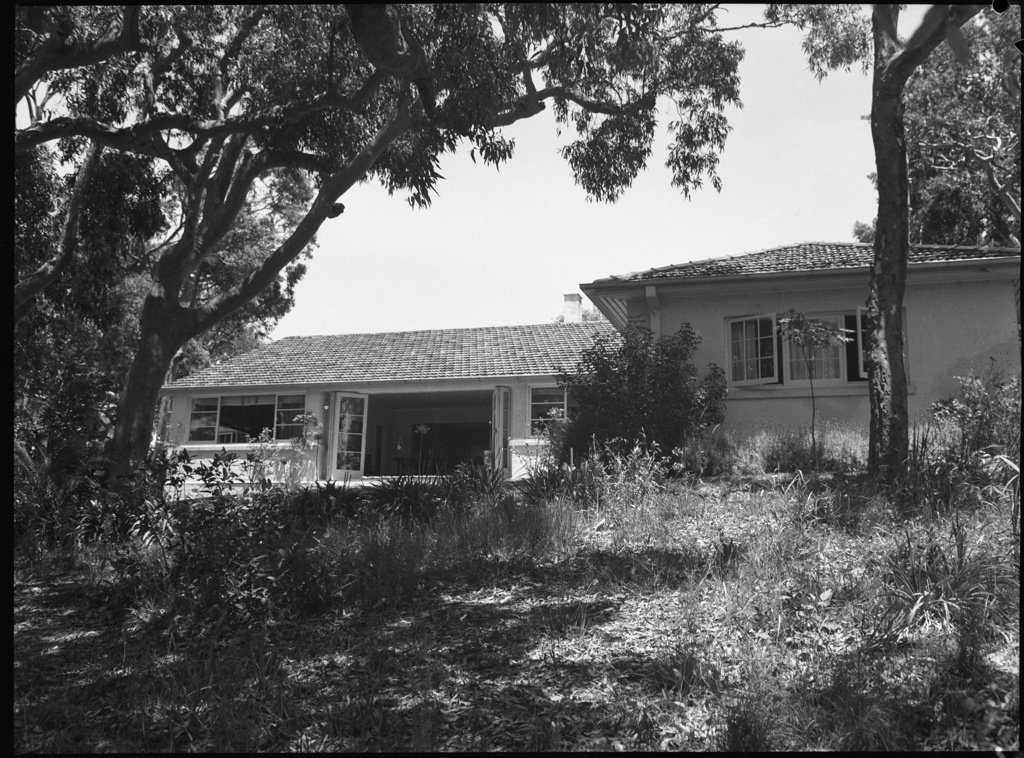
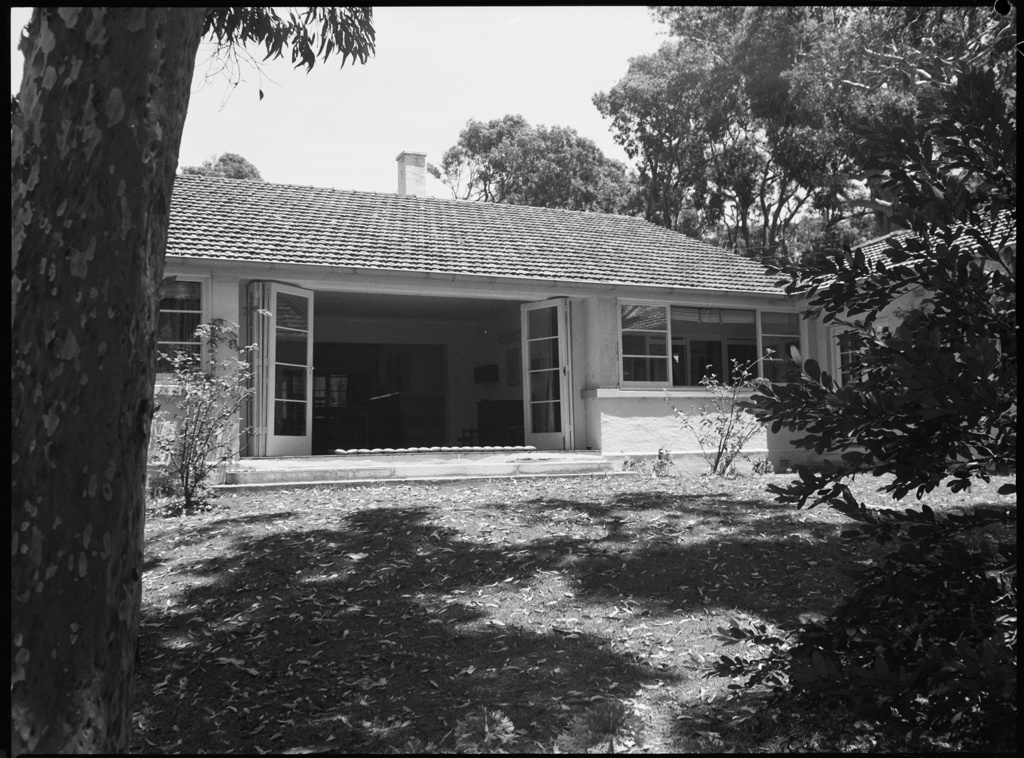
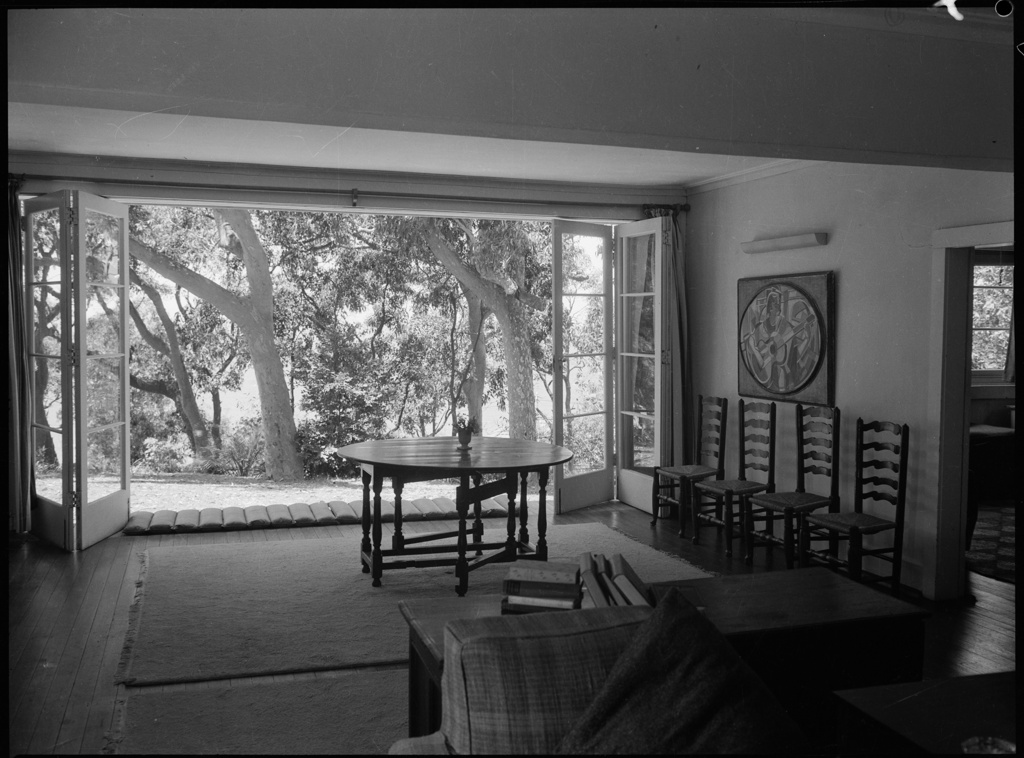
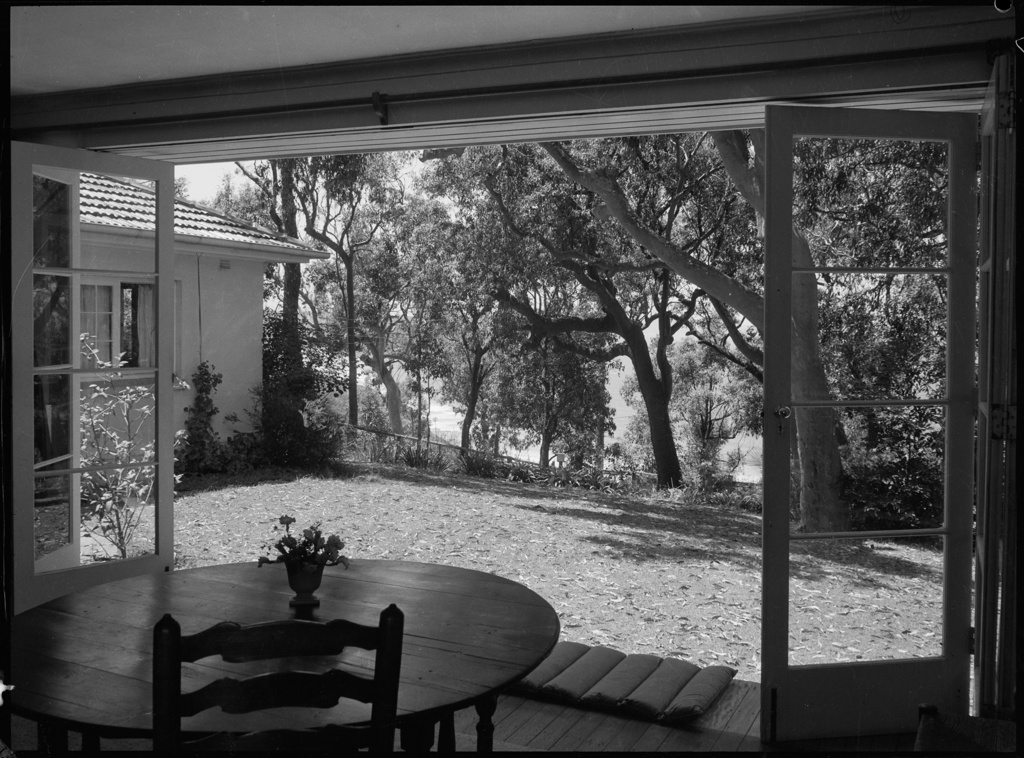
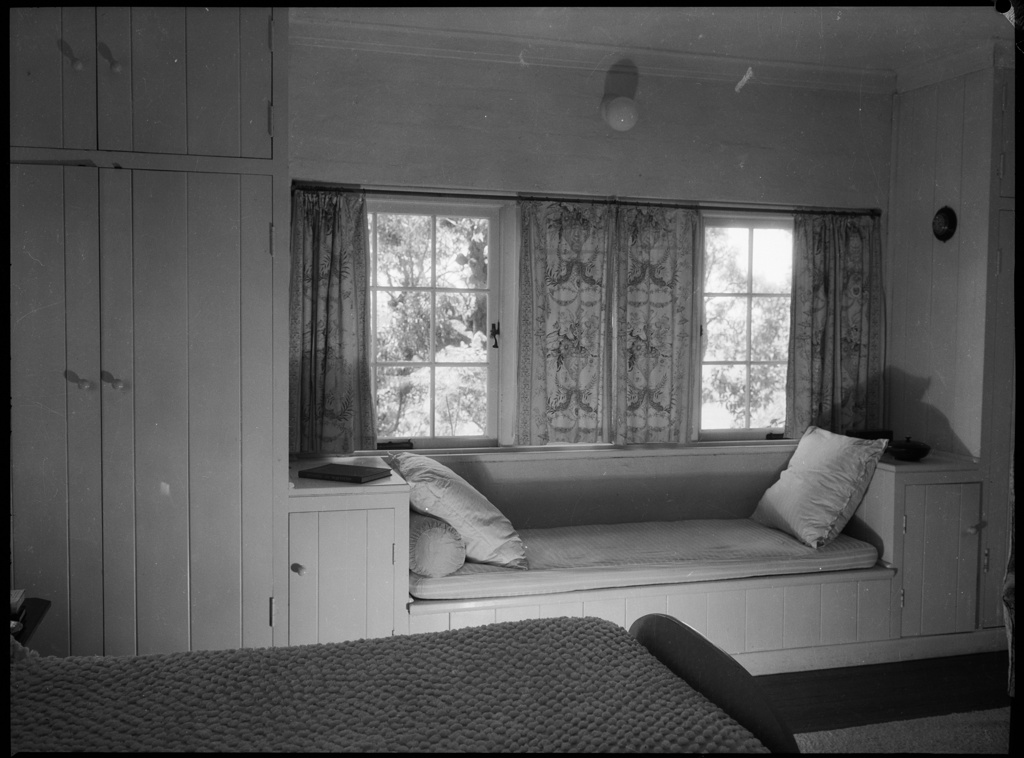
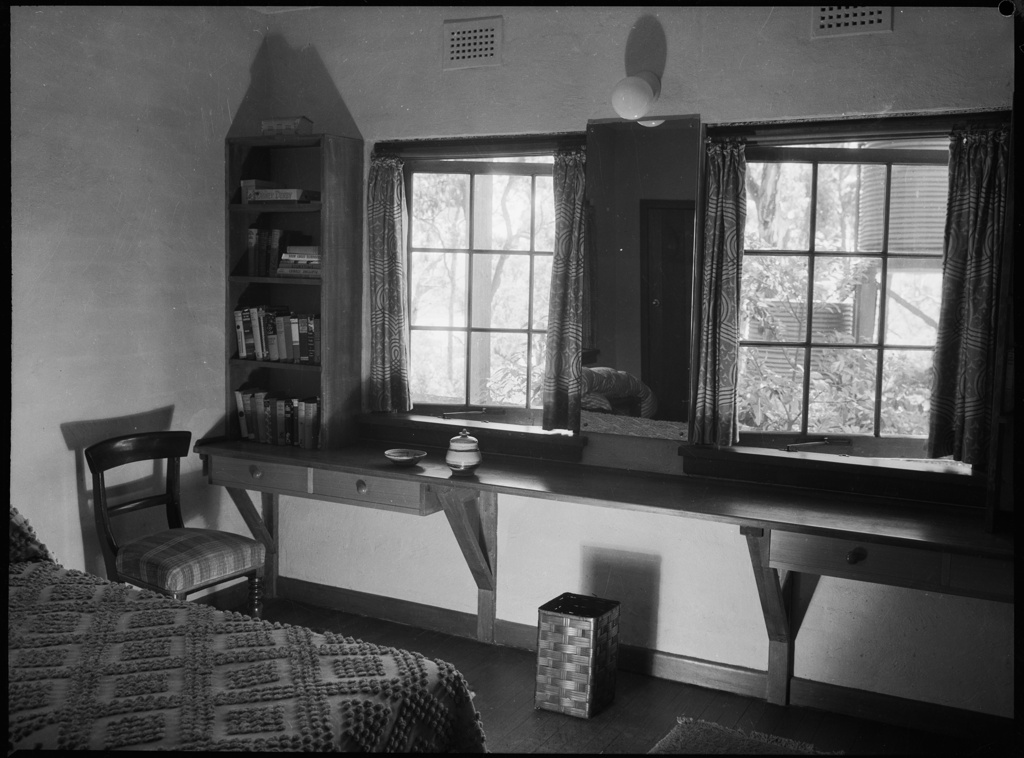
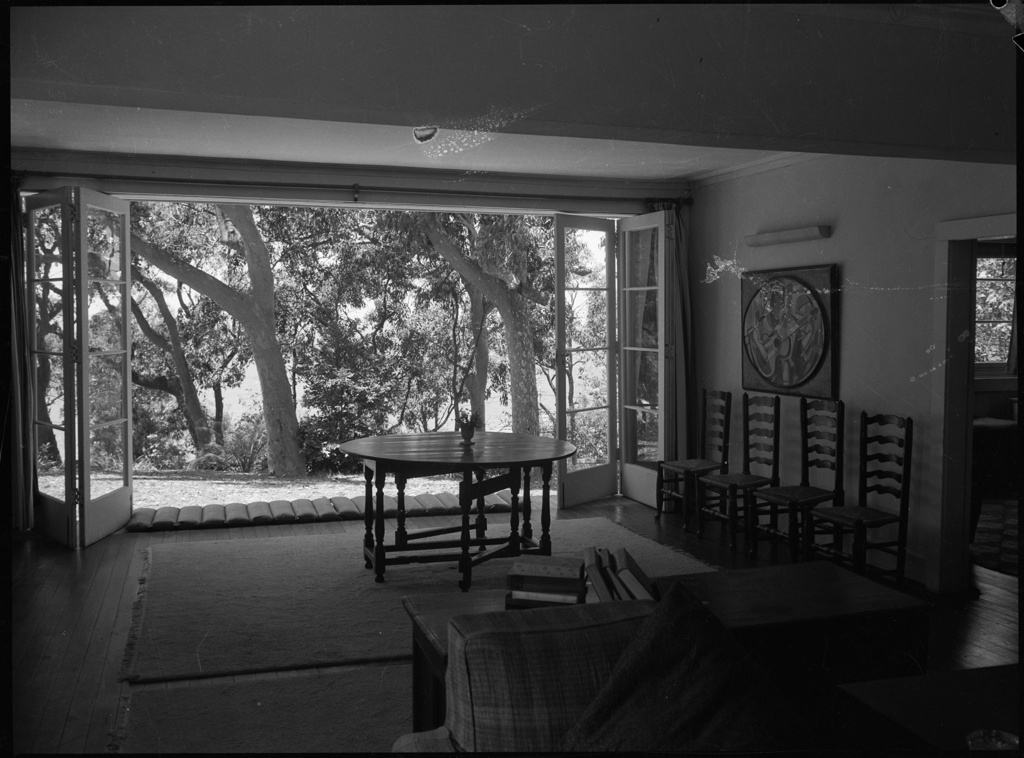
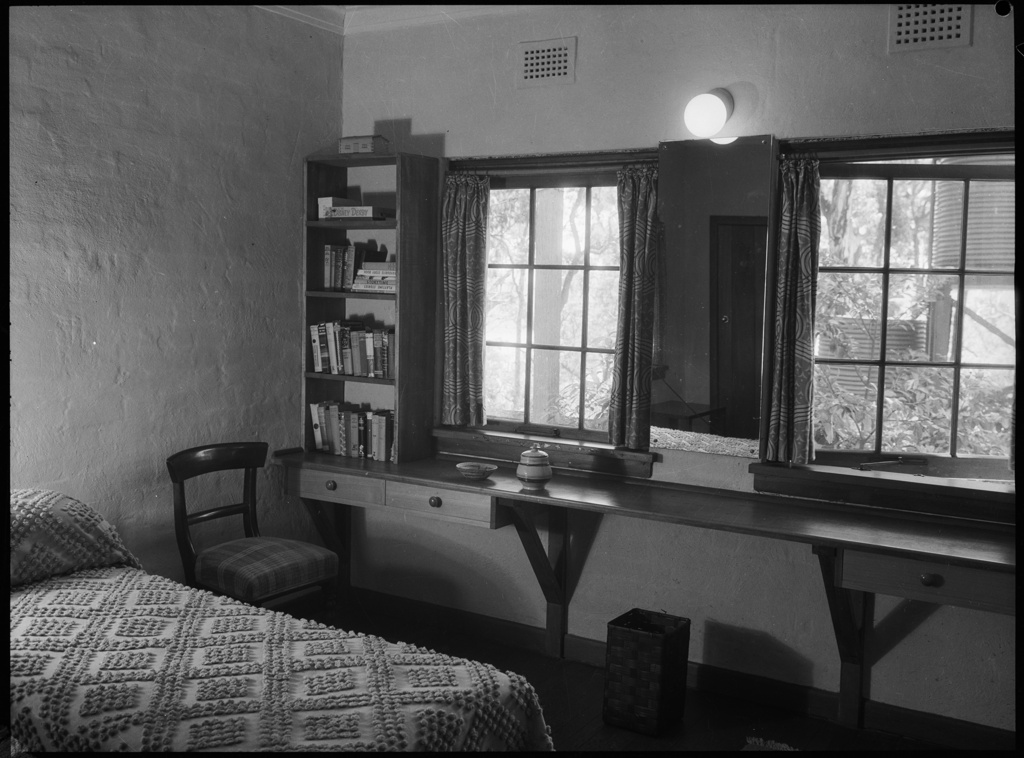
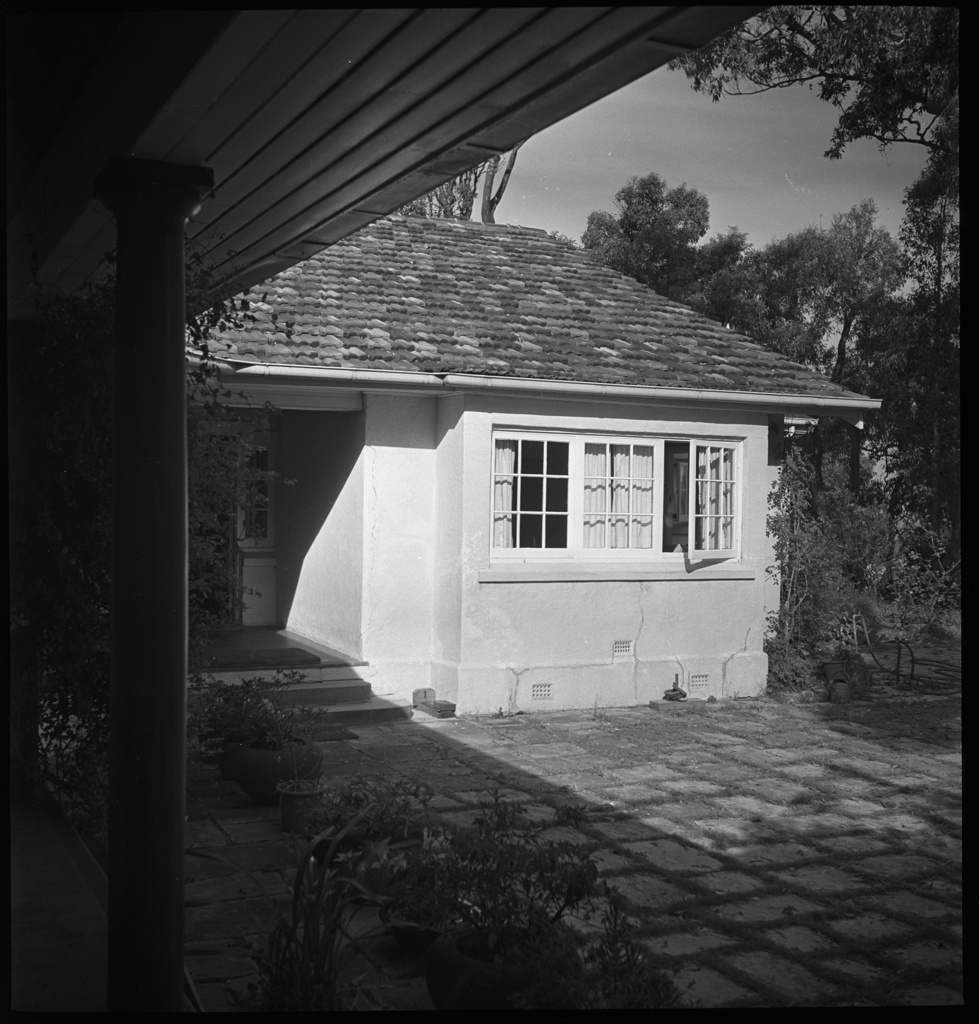
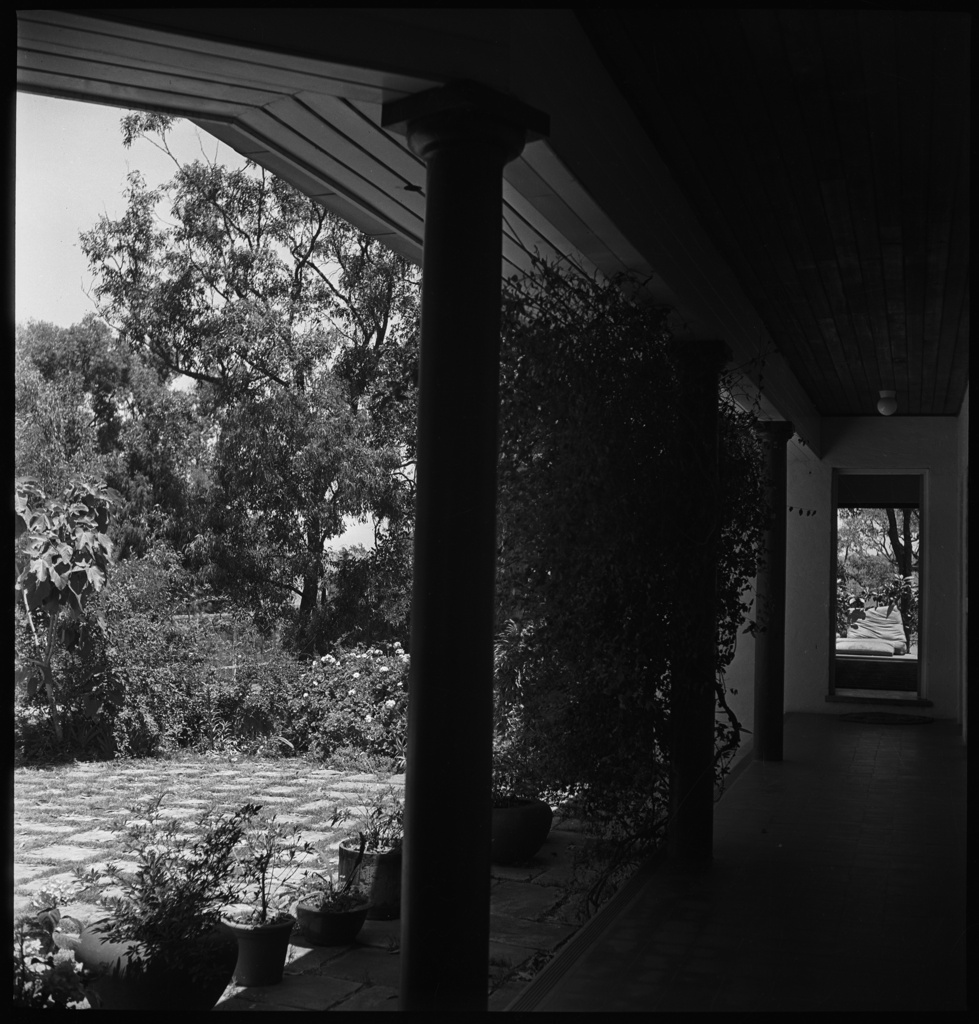
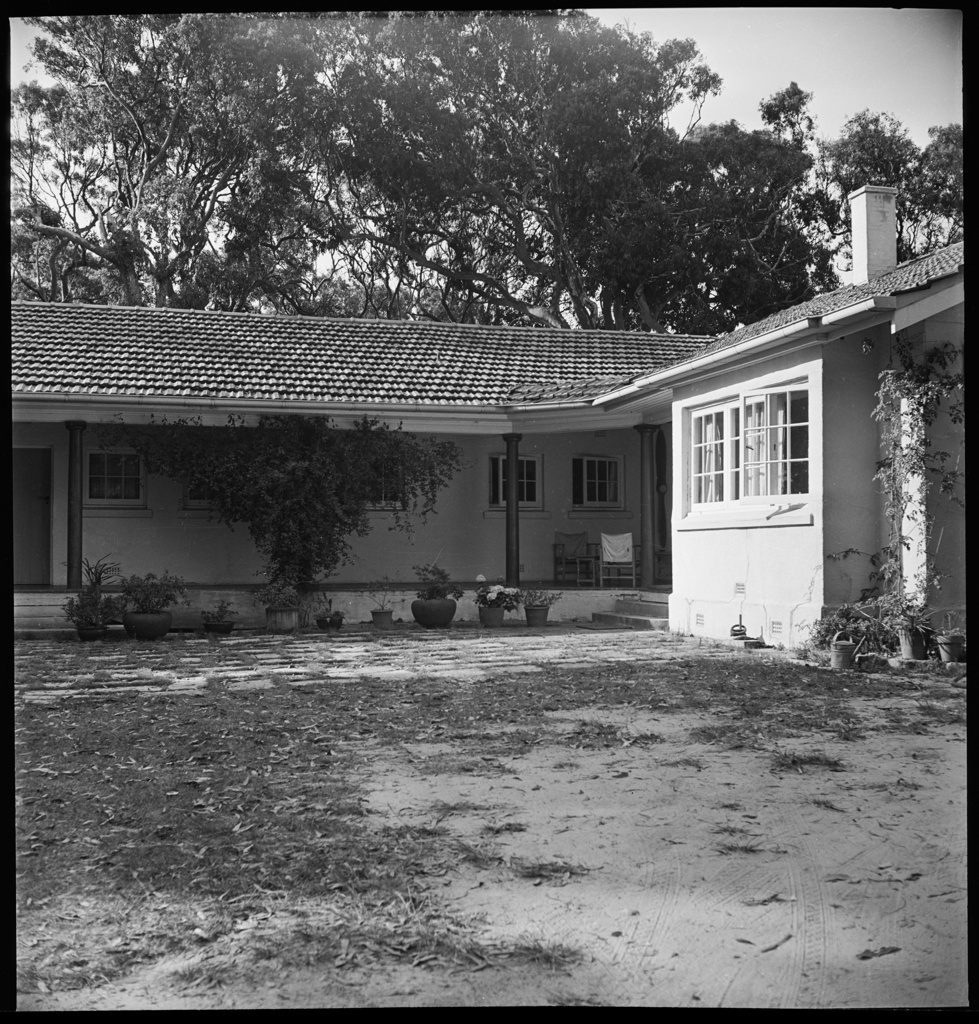
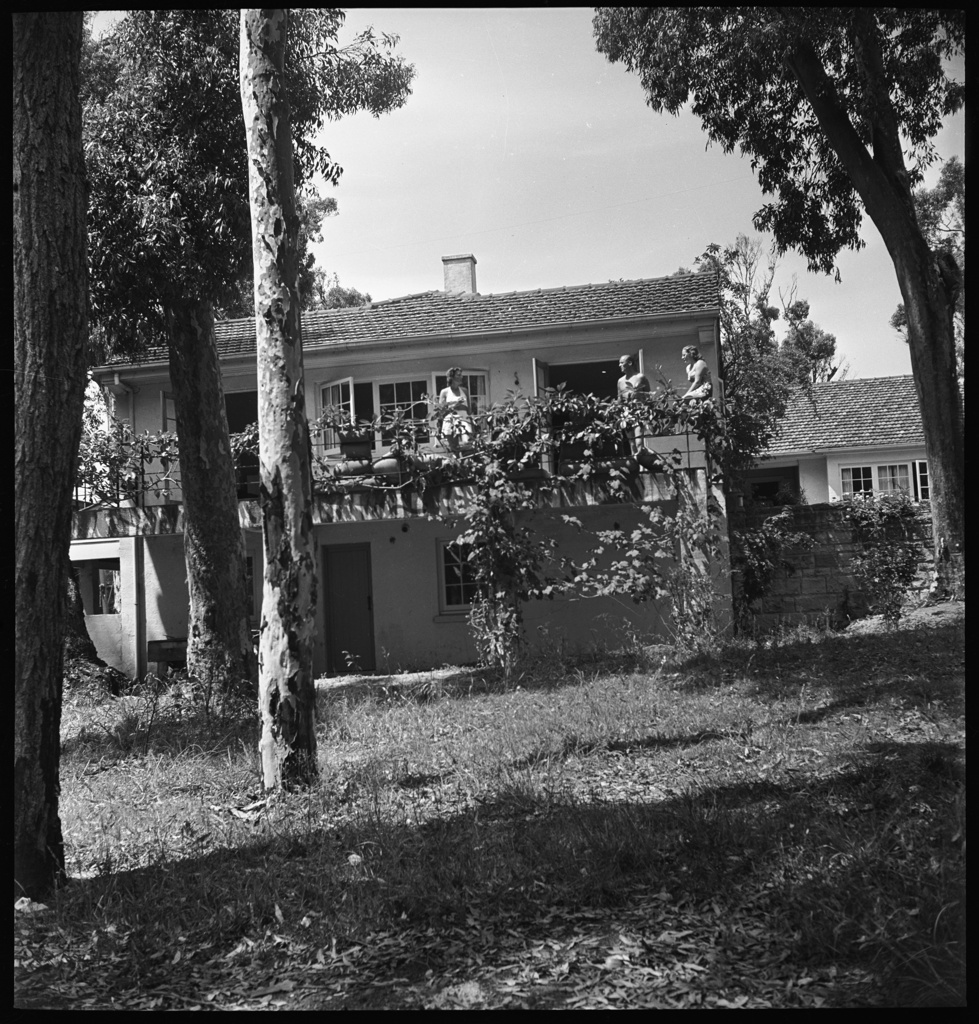
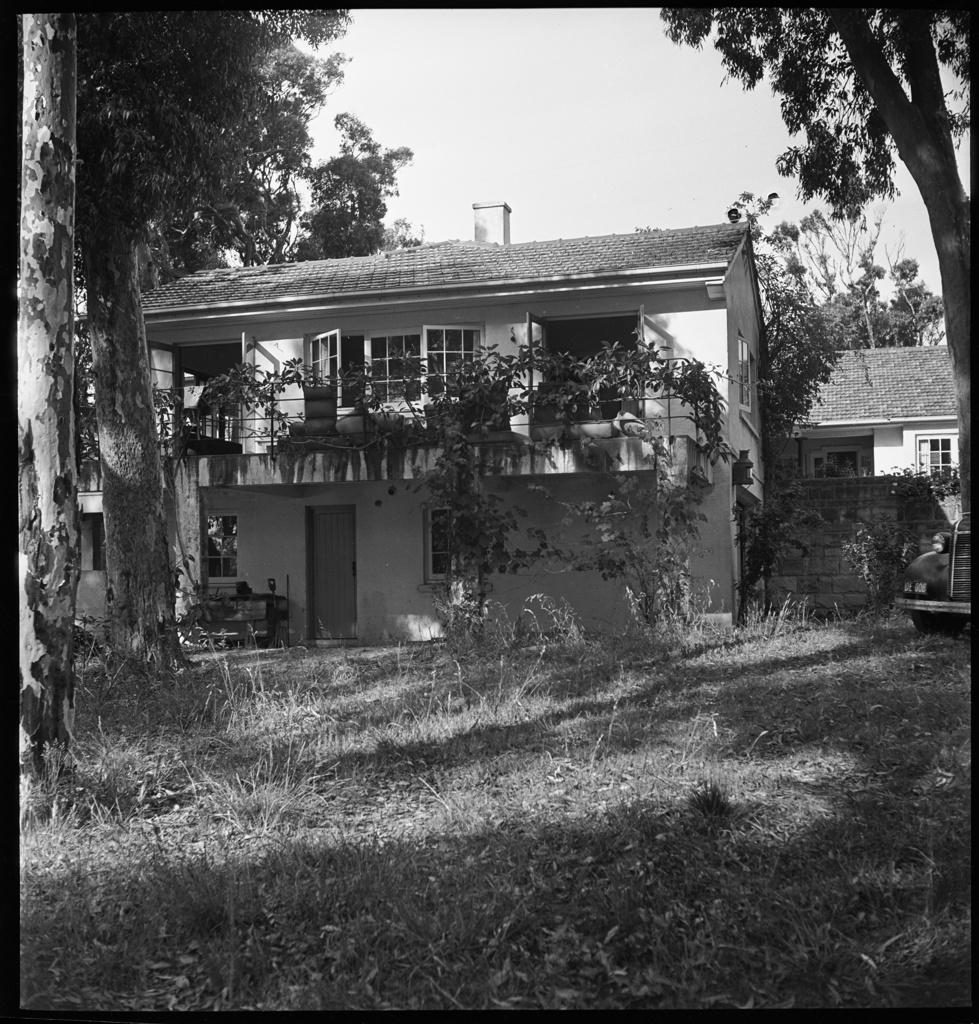
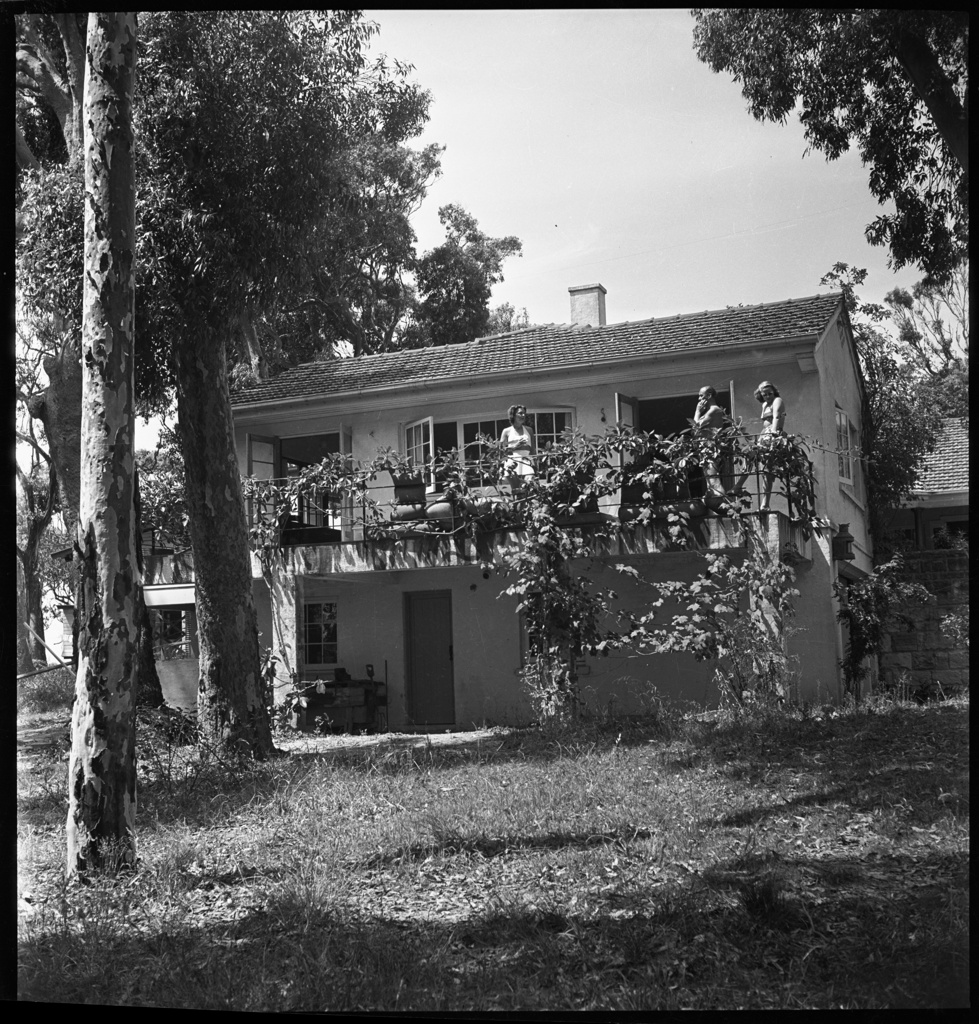
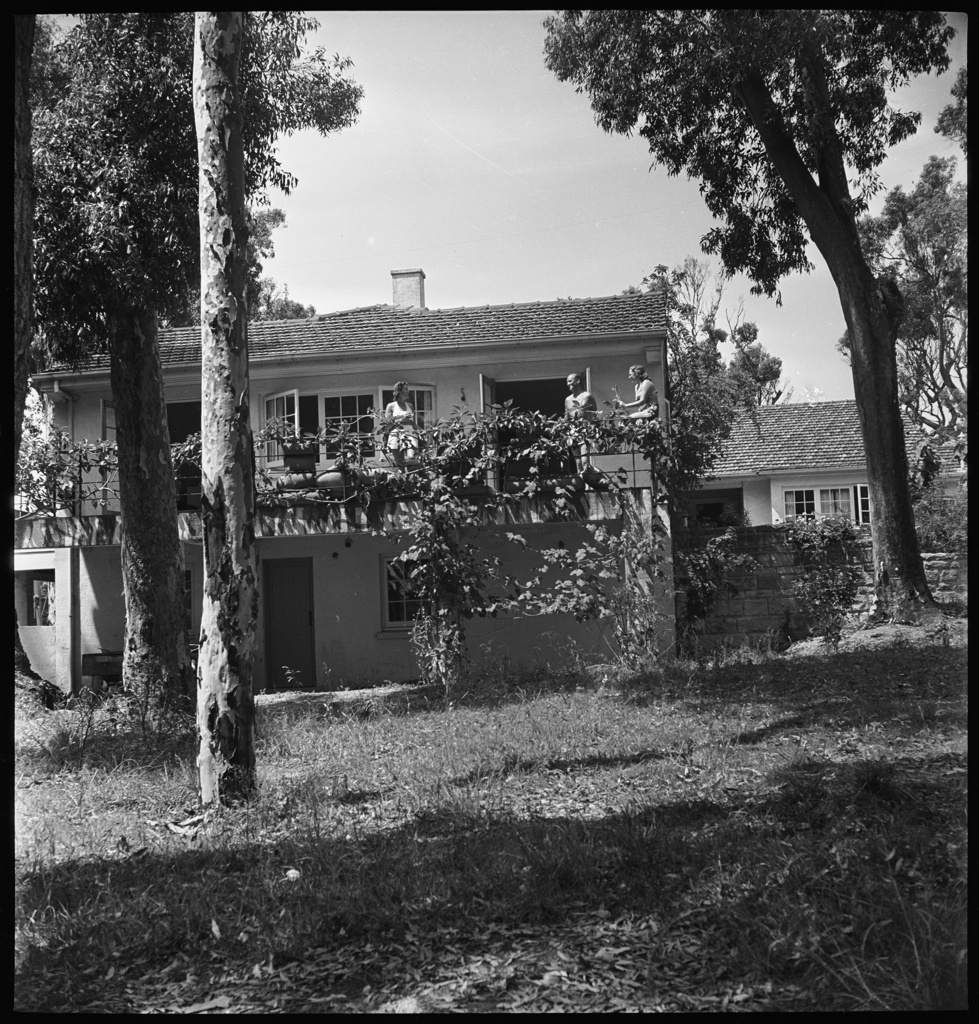
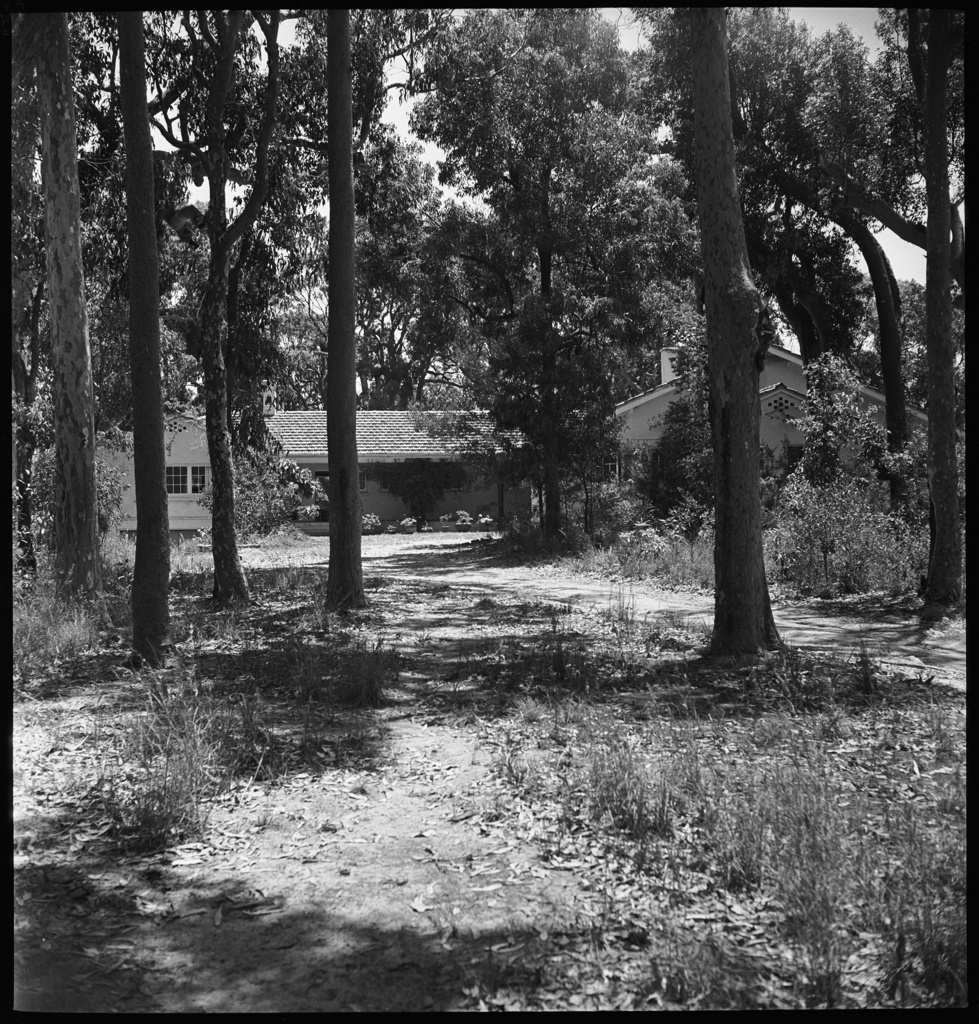
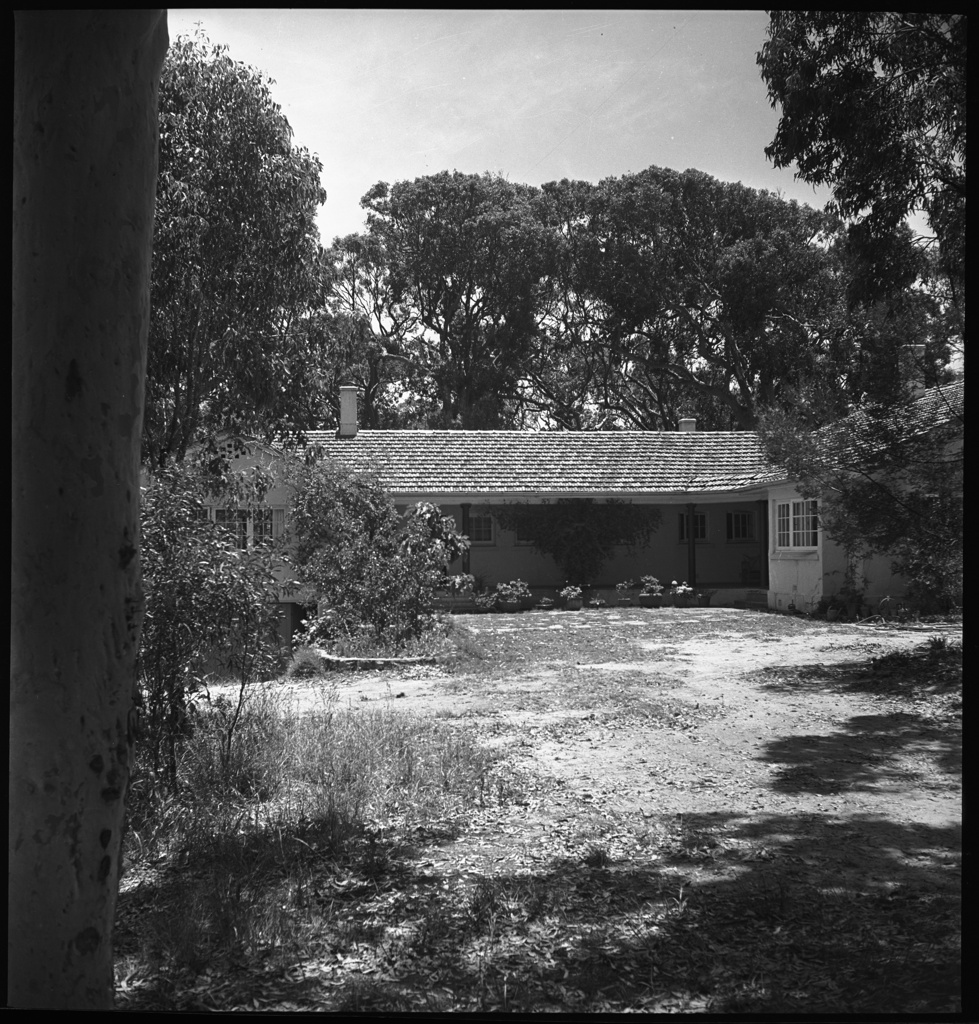
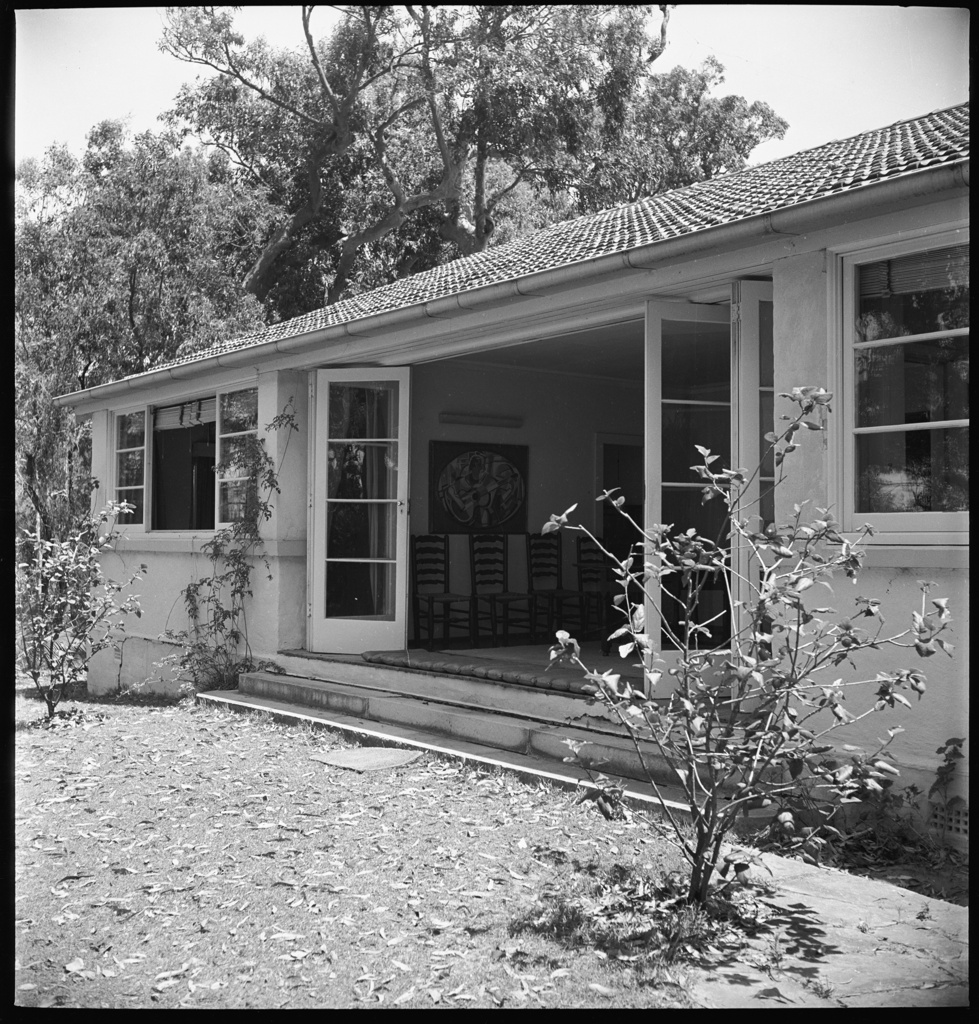
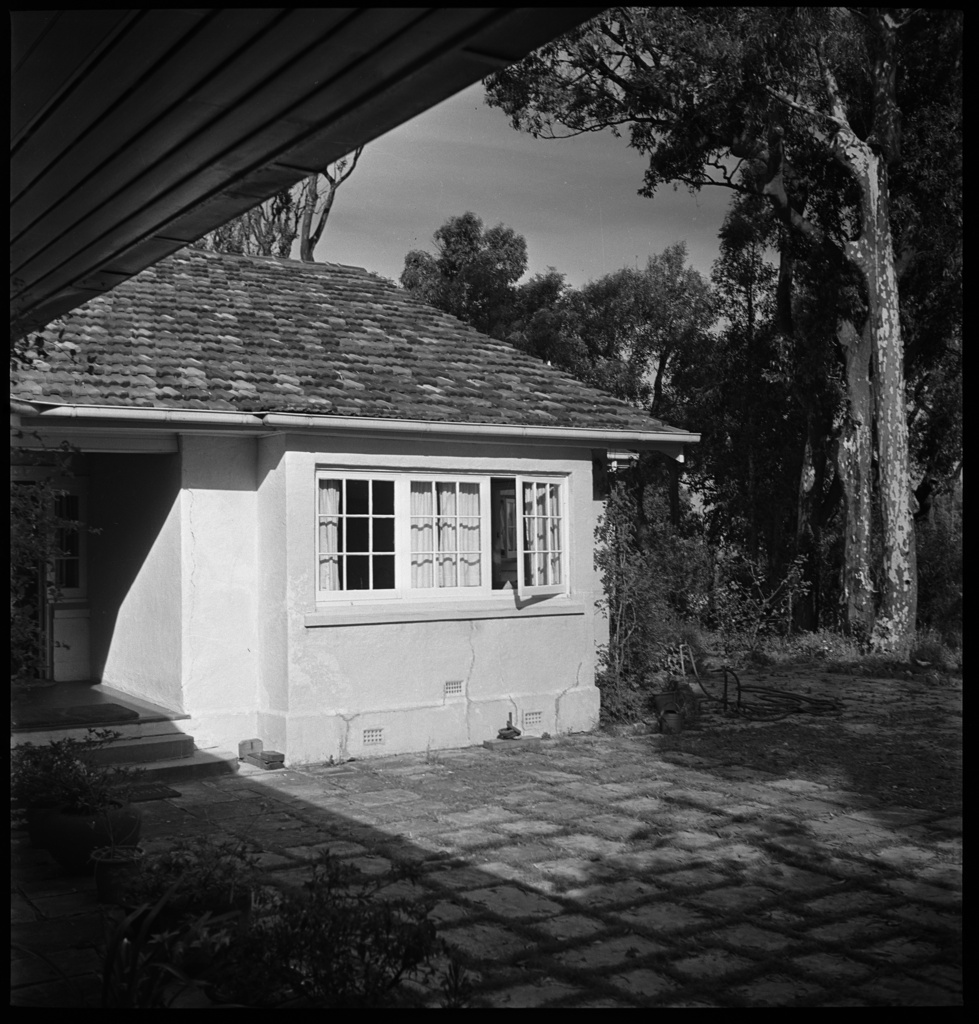
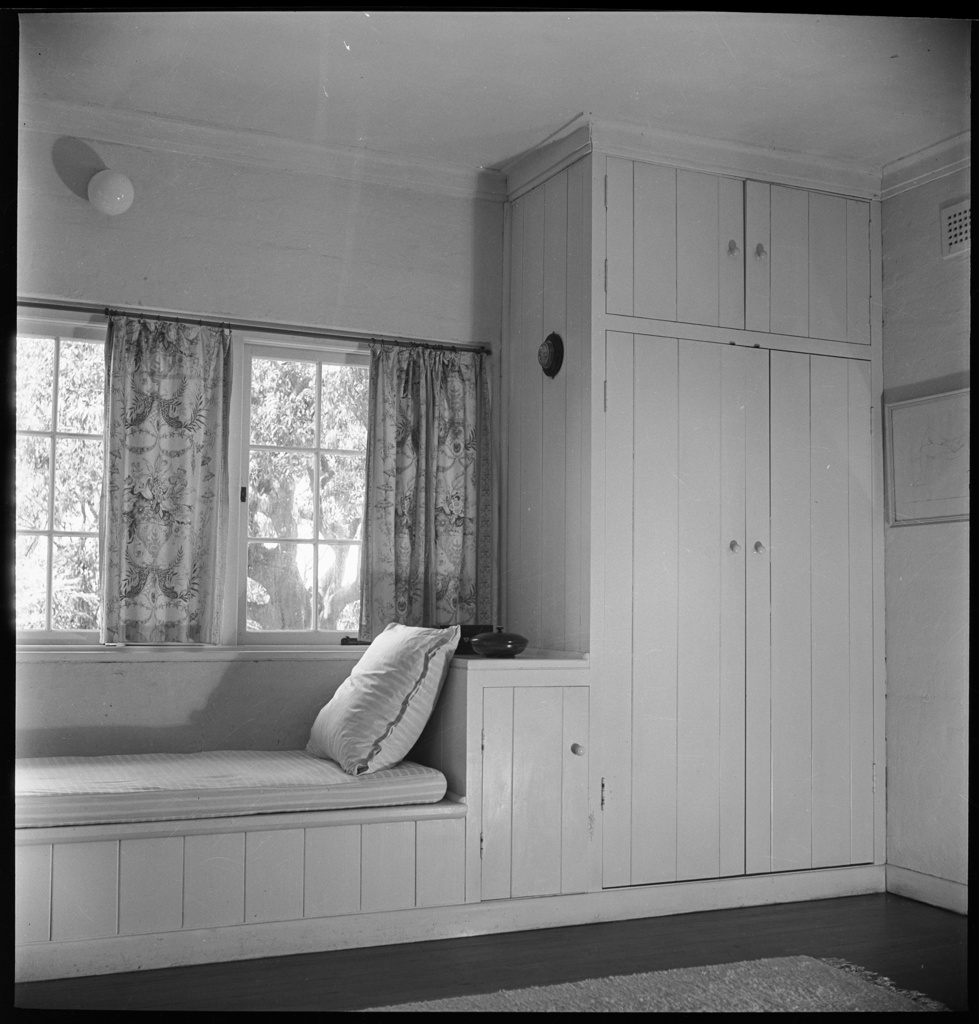
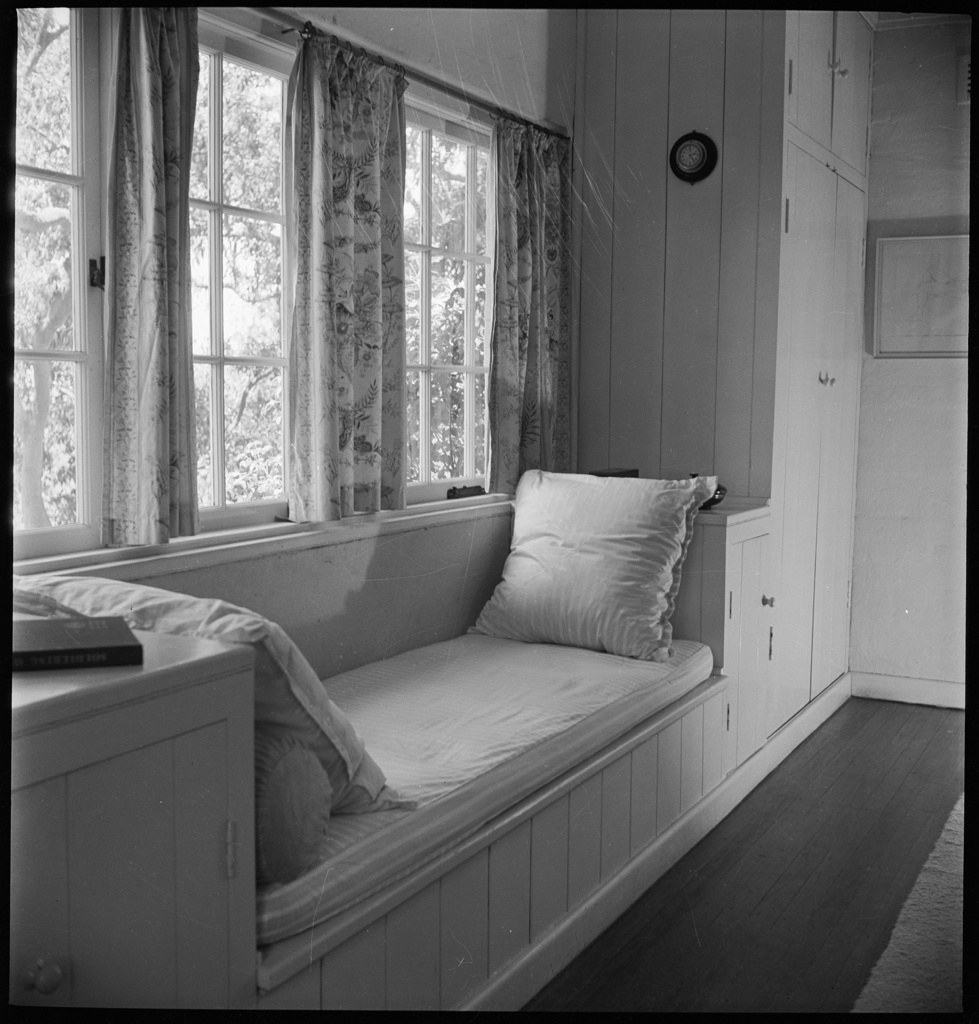
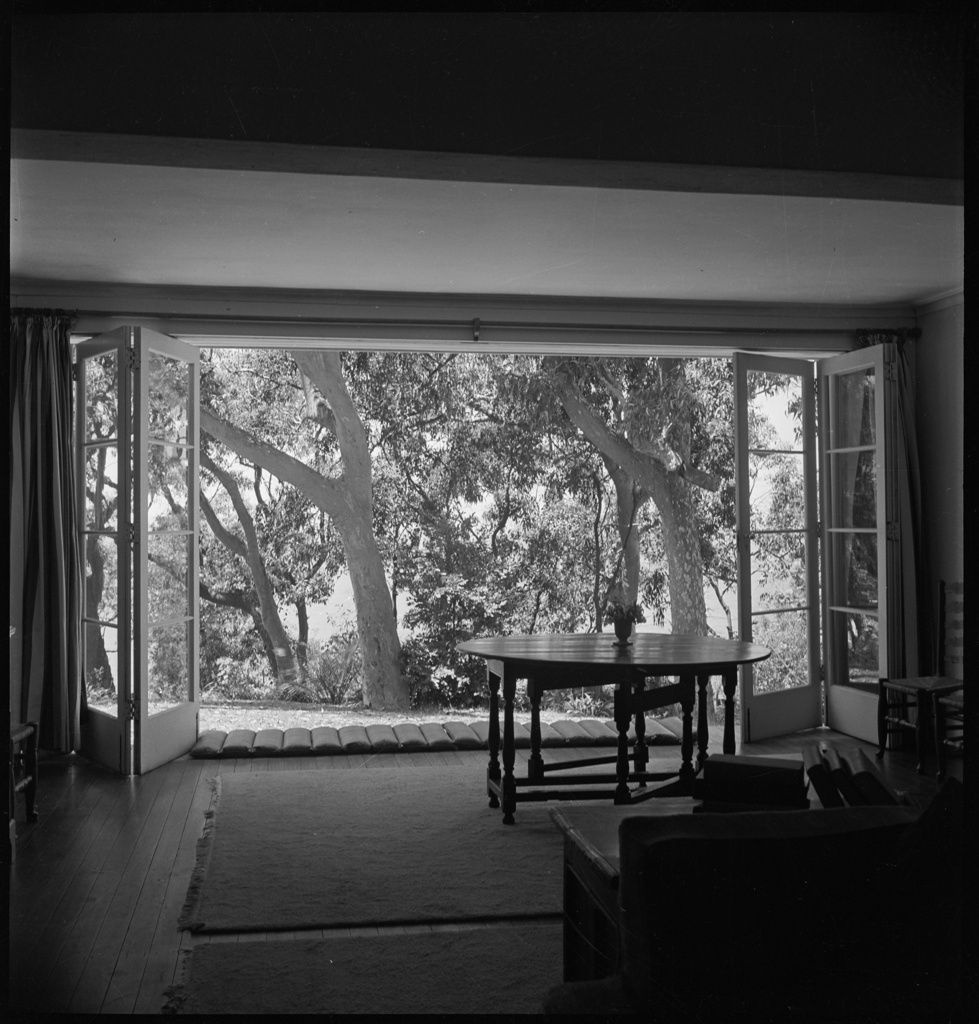
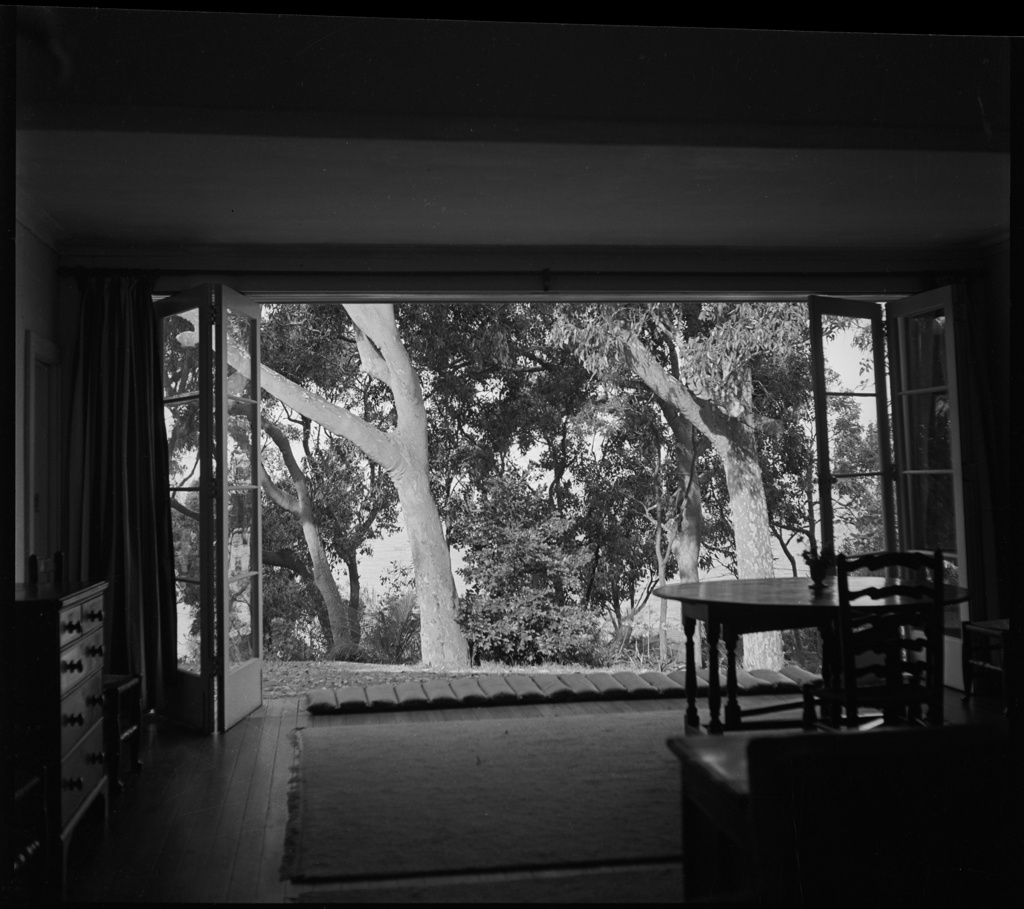
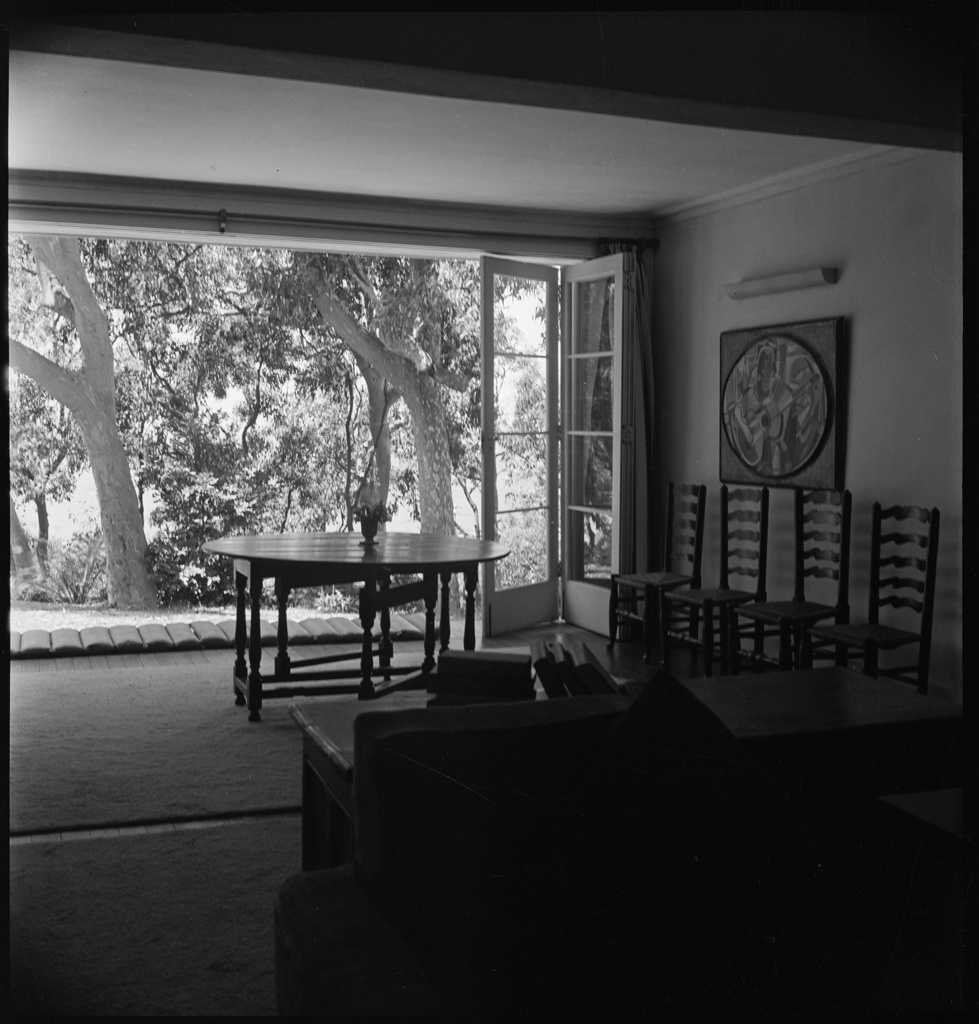
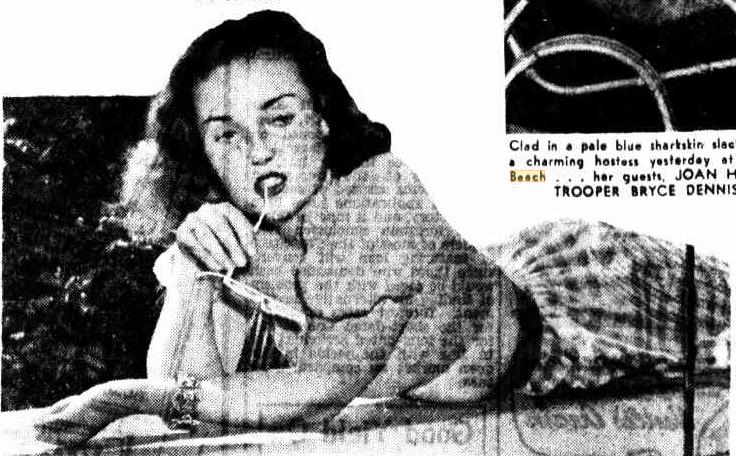
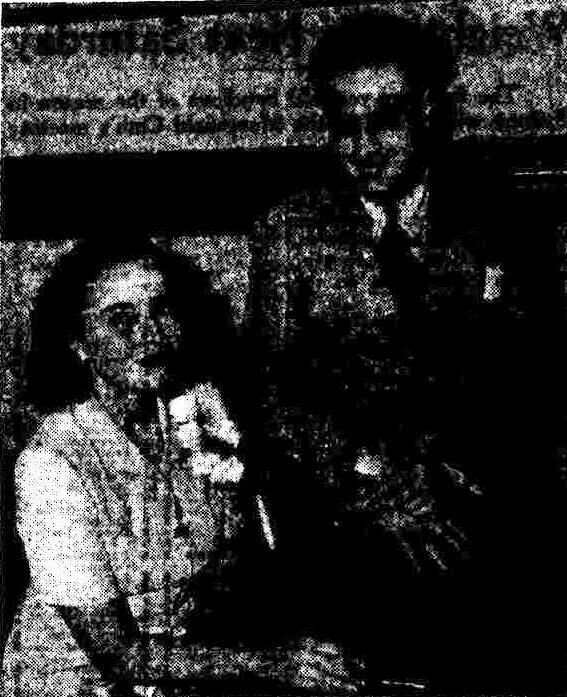
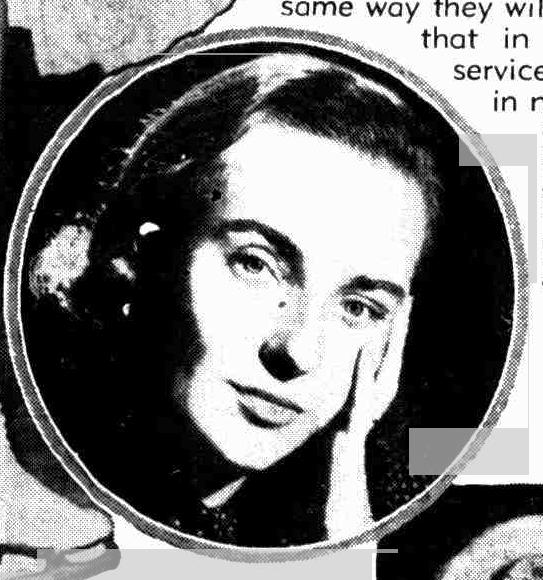
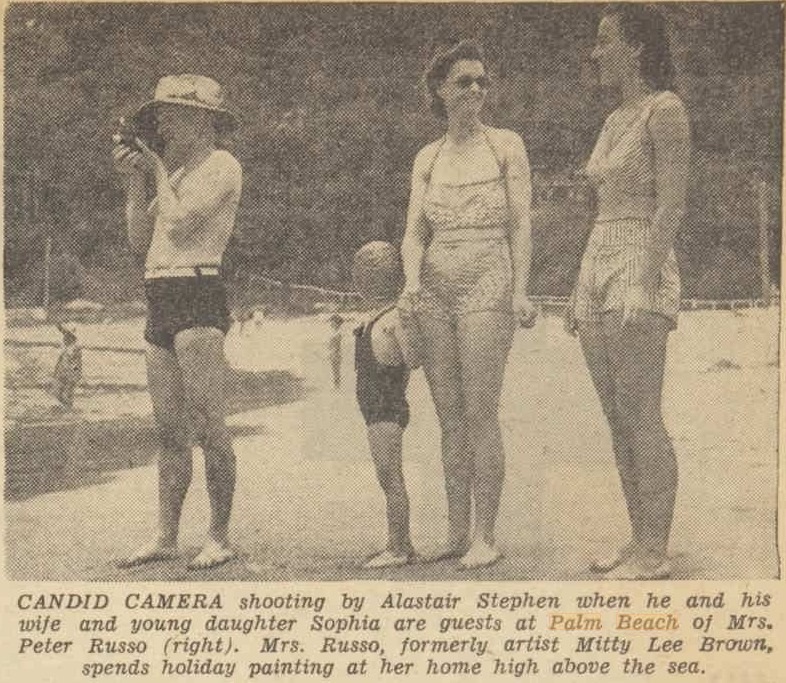
.jpg?timestamp=1667078276314)
.jpg?timestamp=1667078327148)
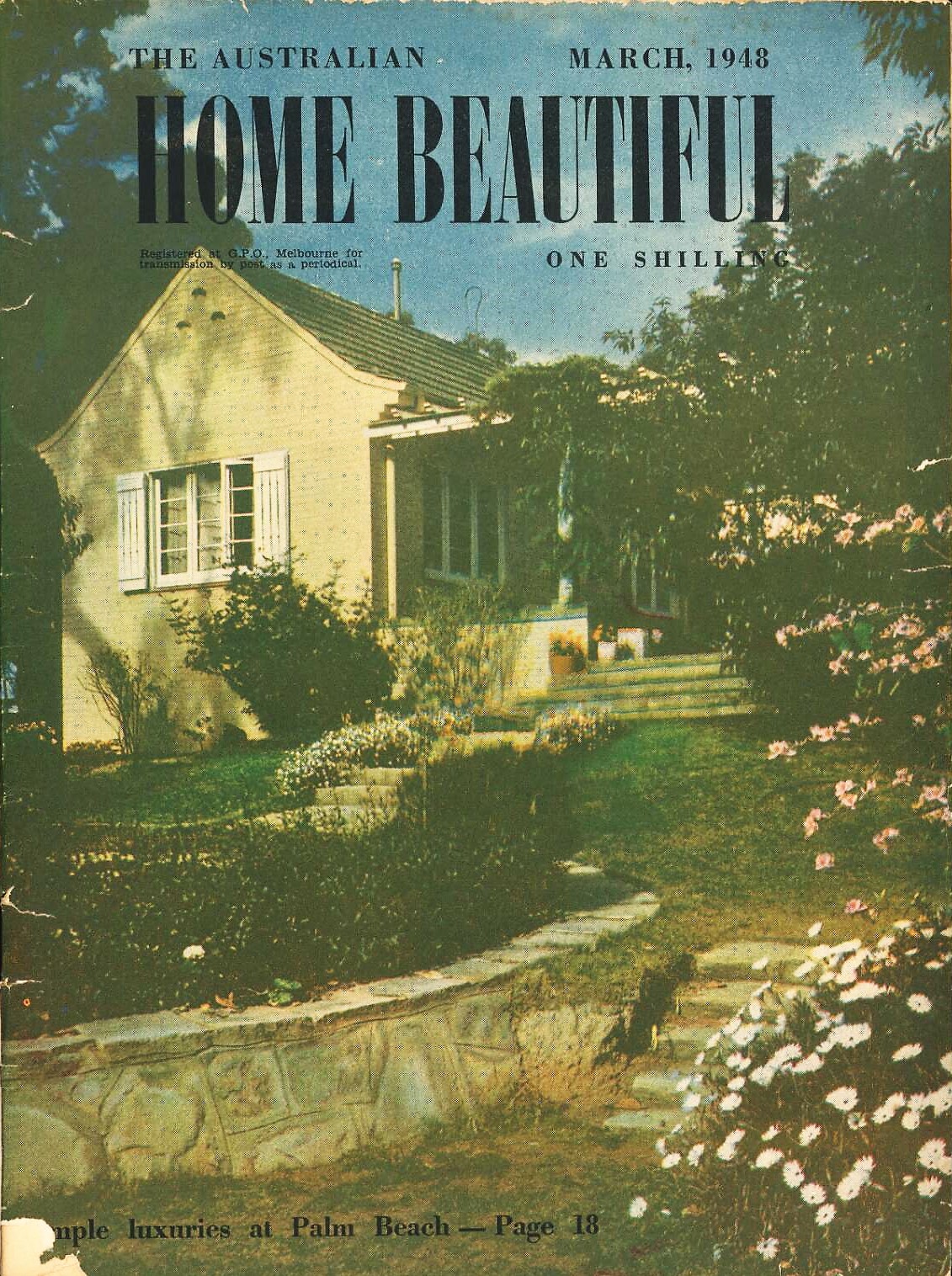
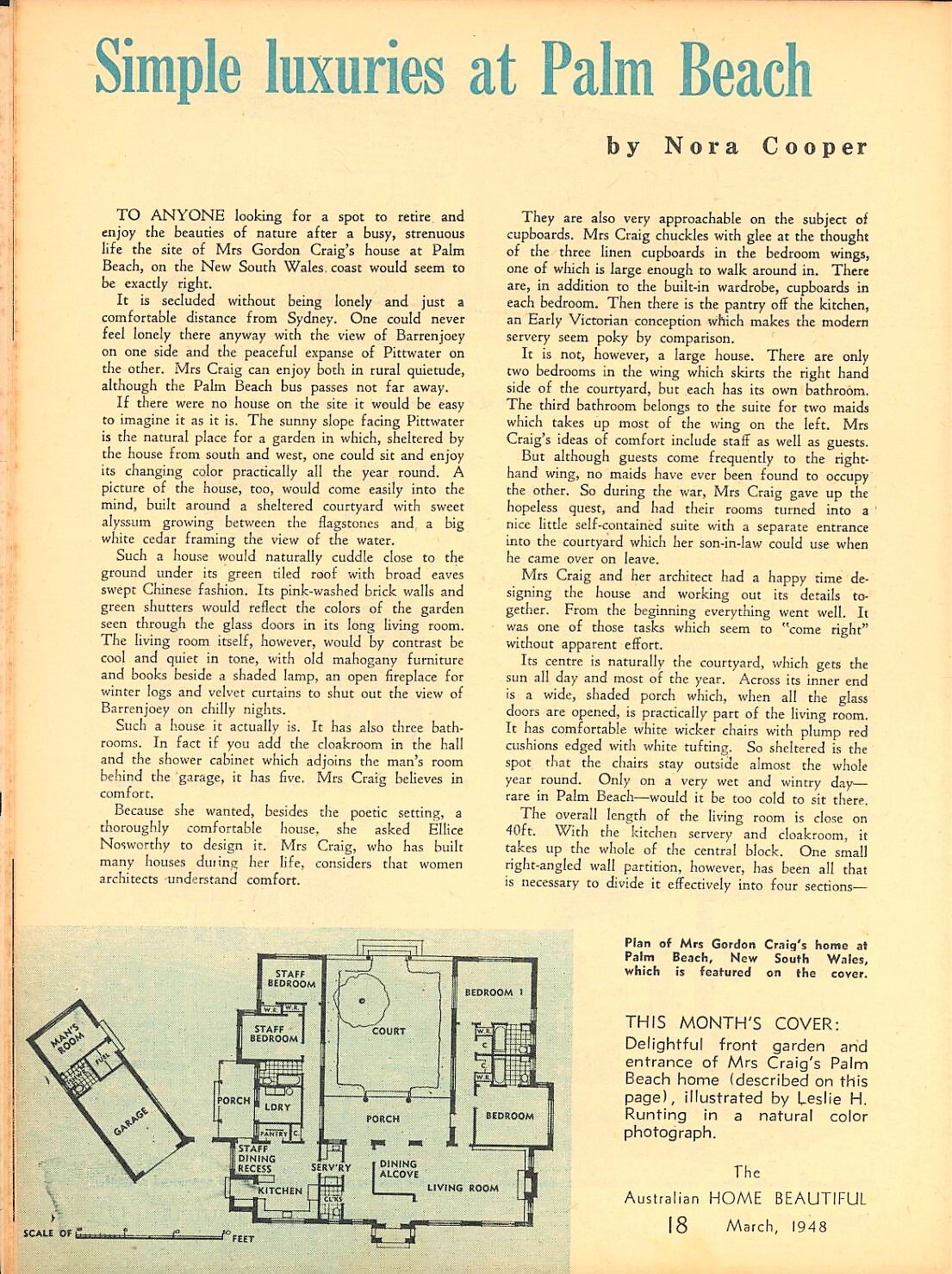
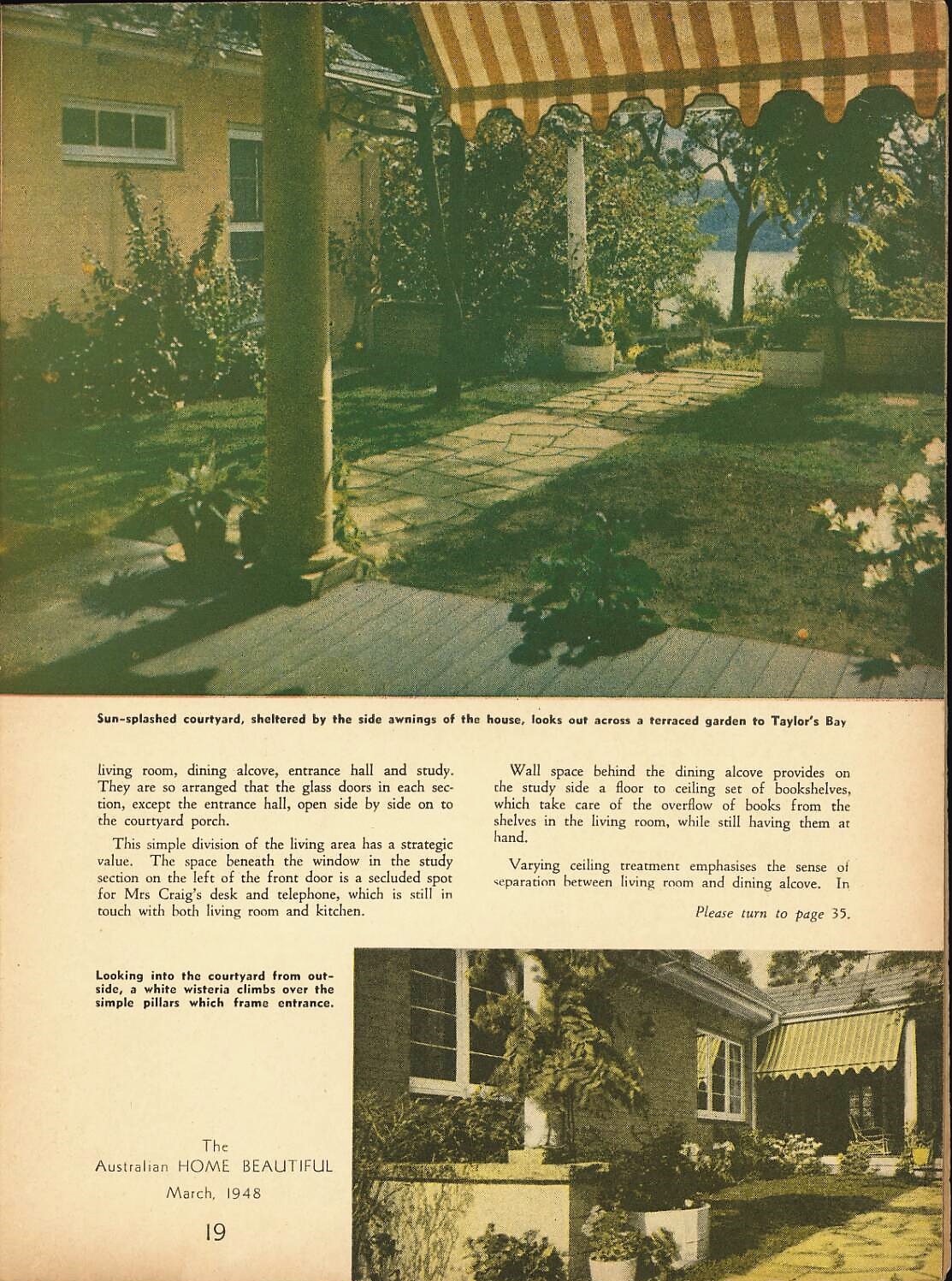
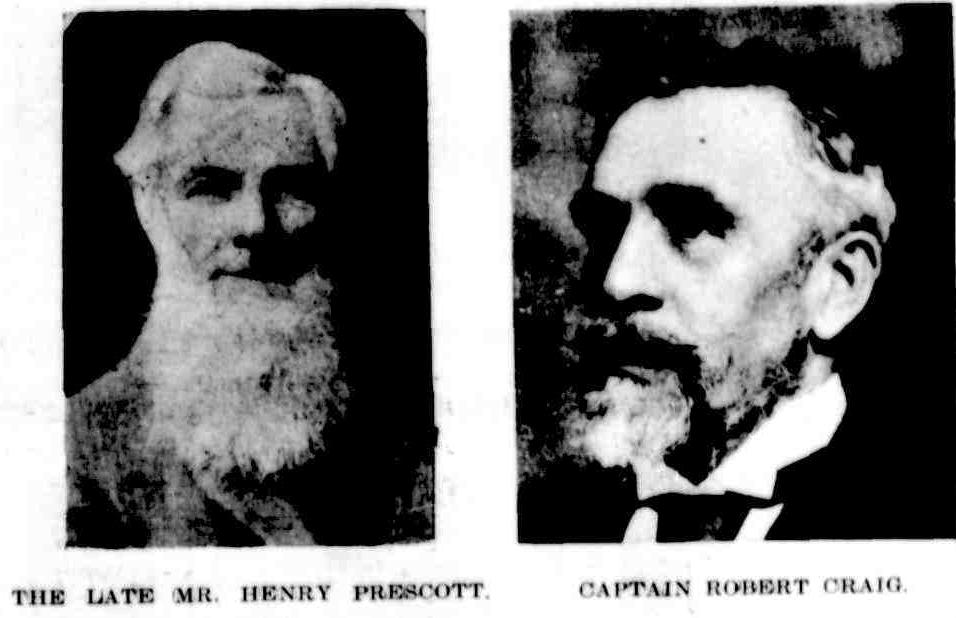
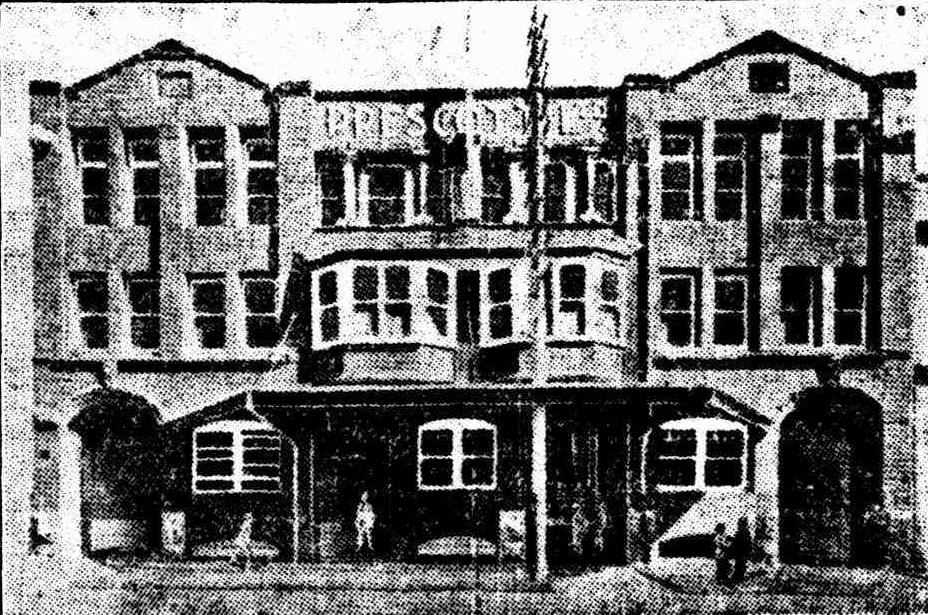
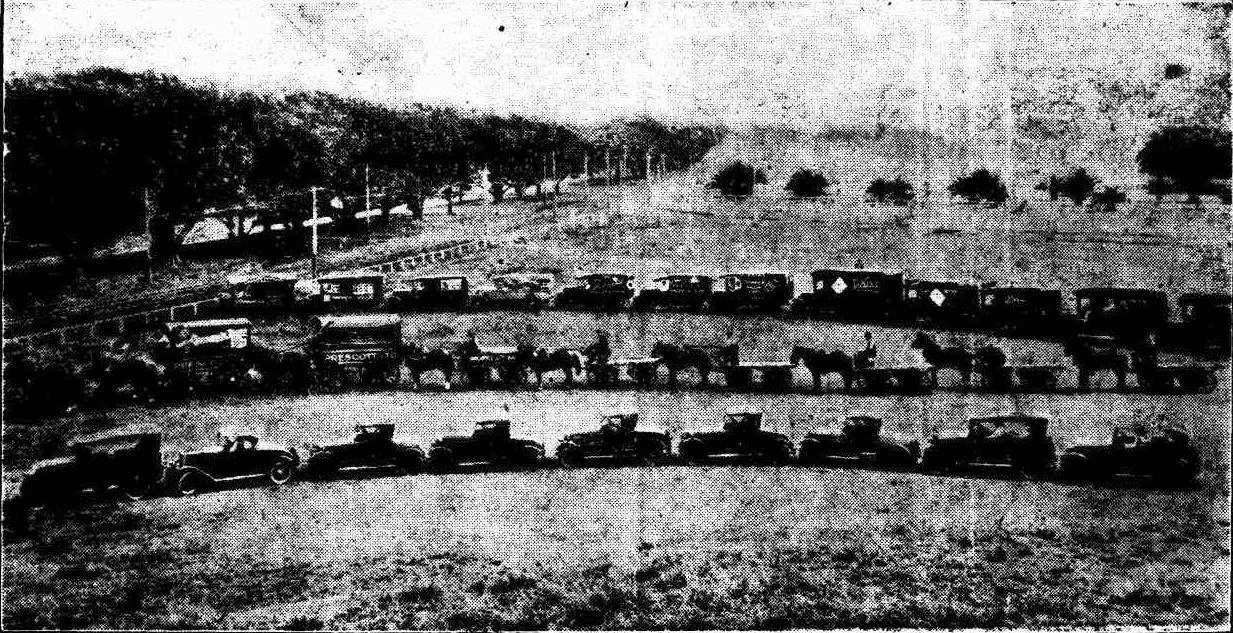
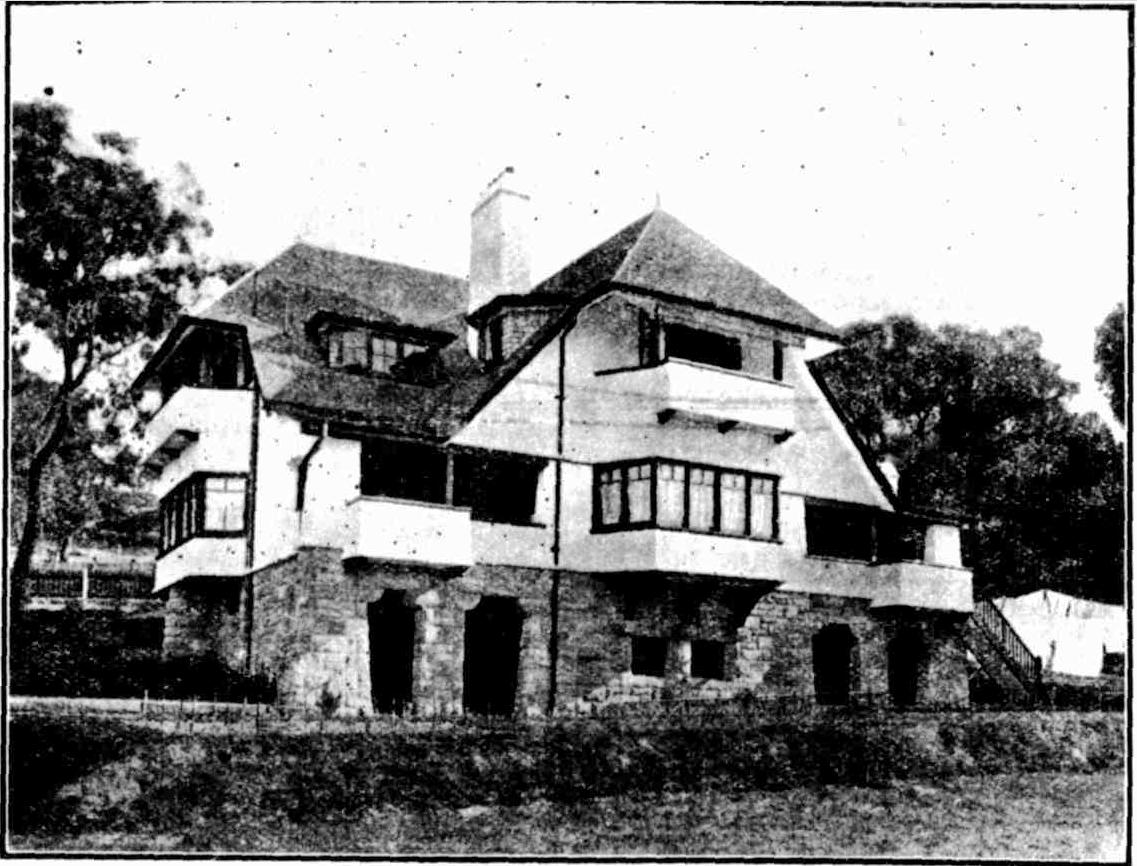
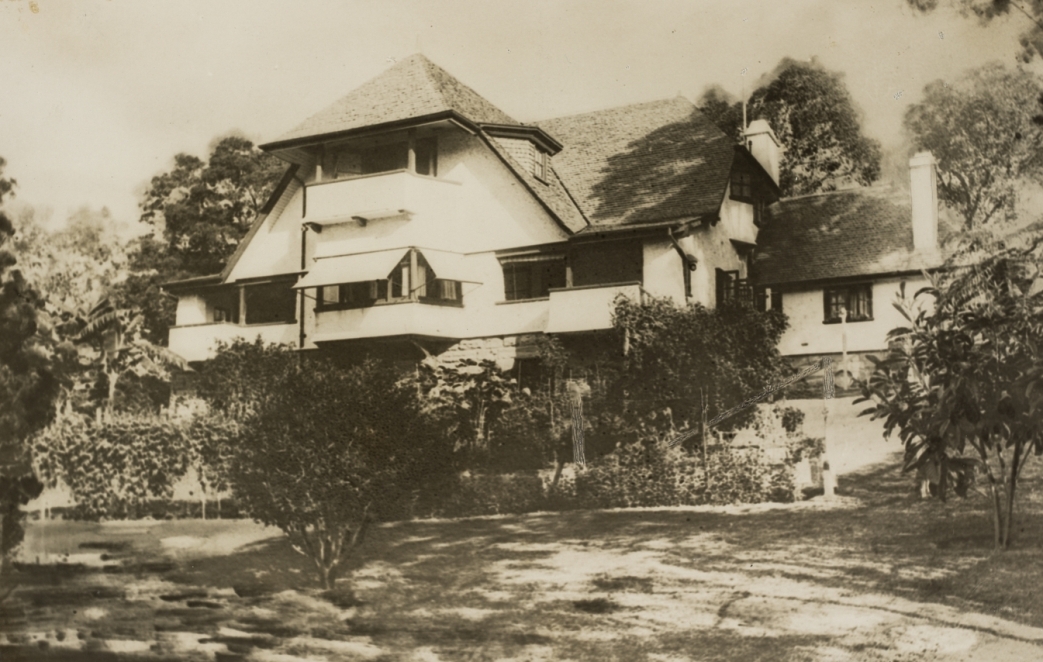
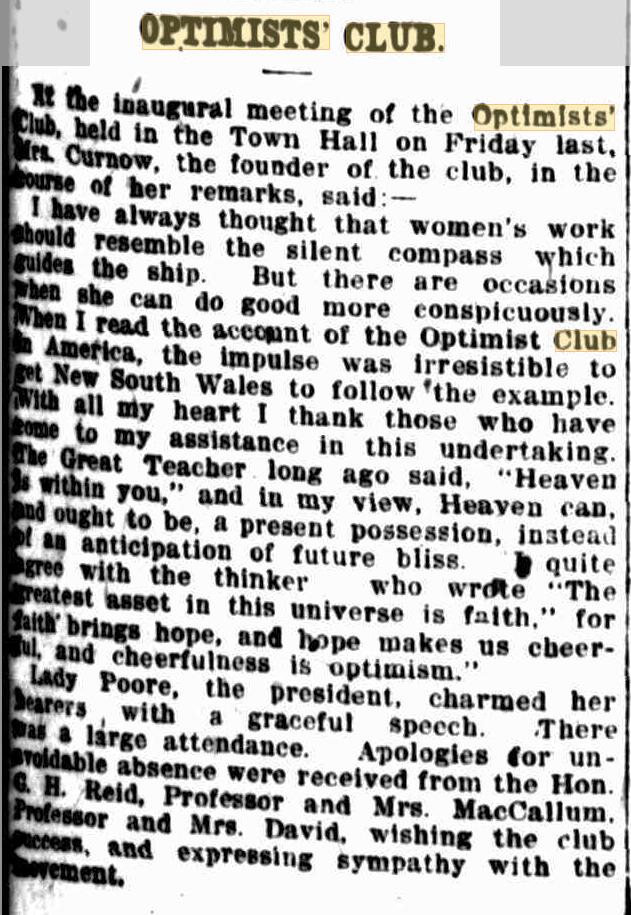
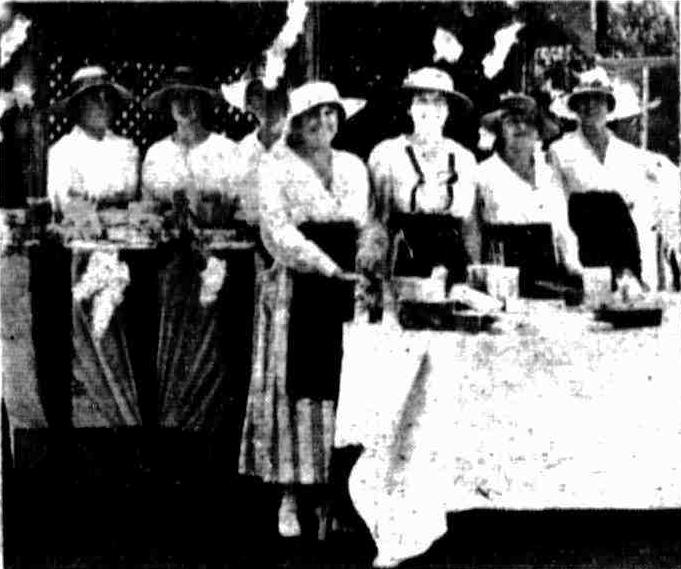


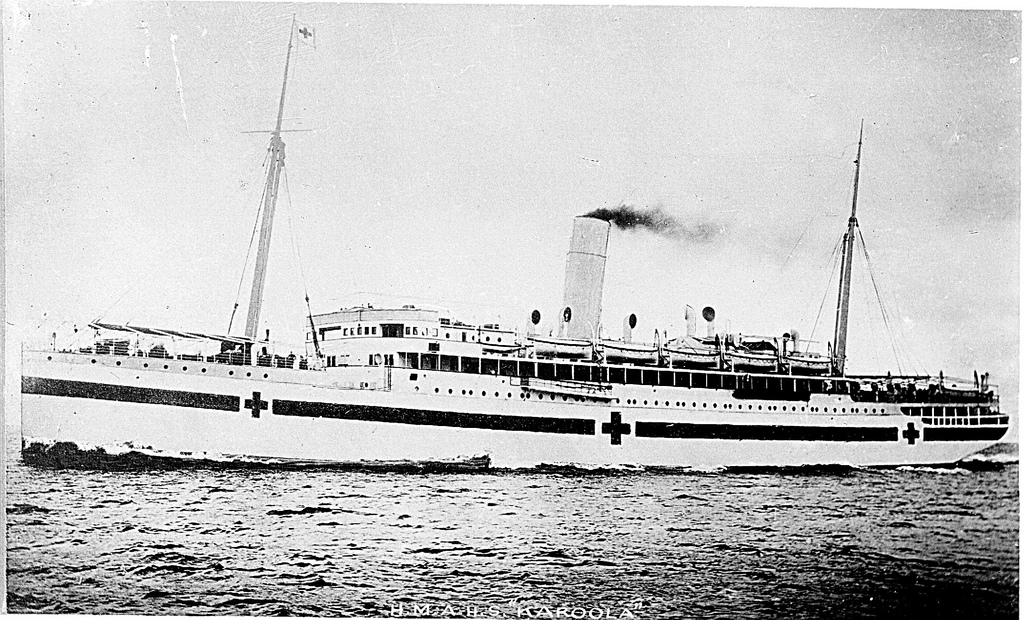


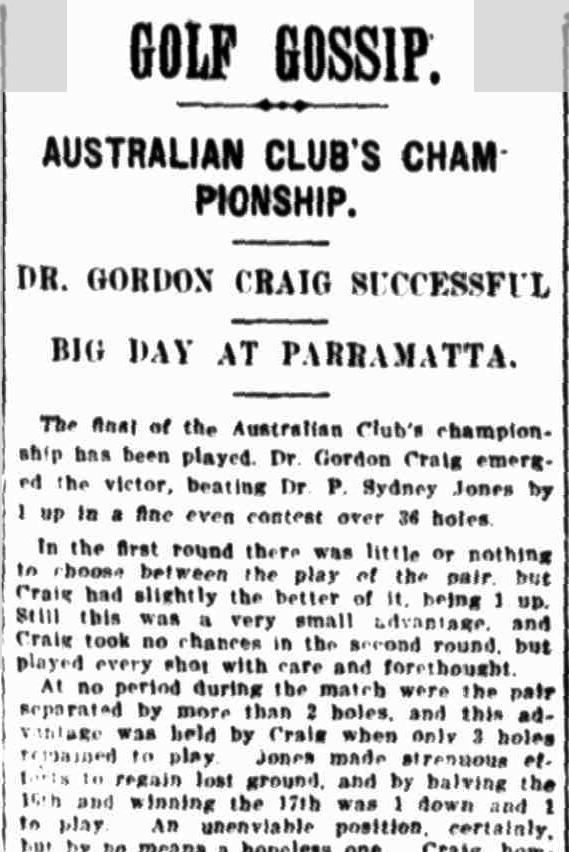
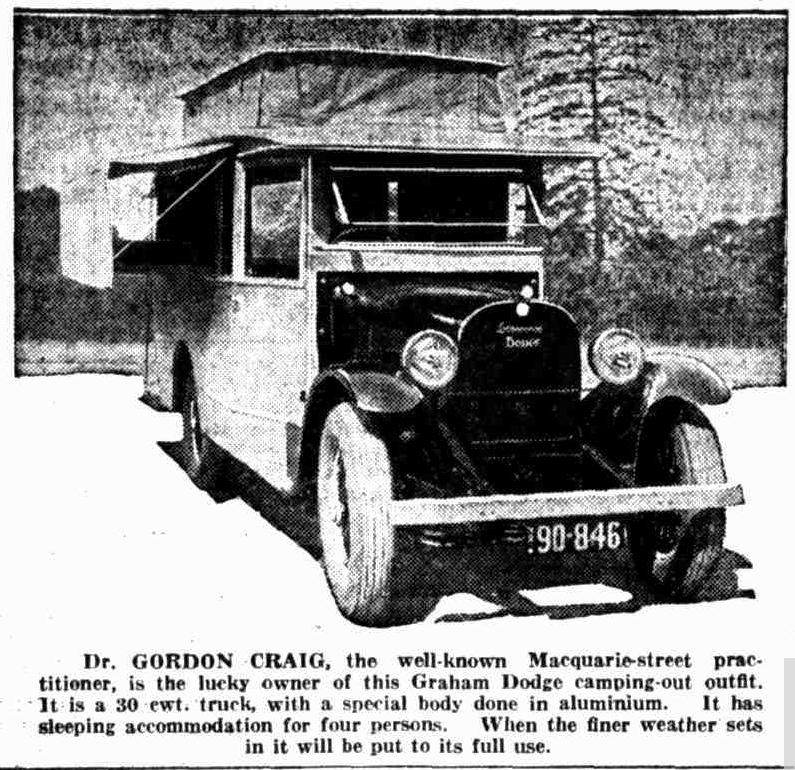
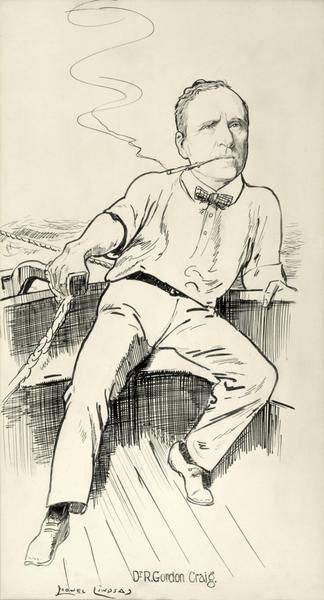


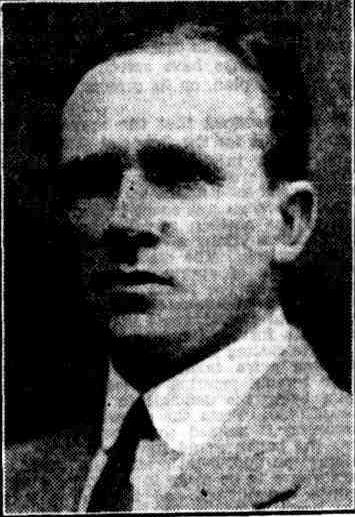
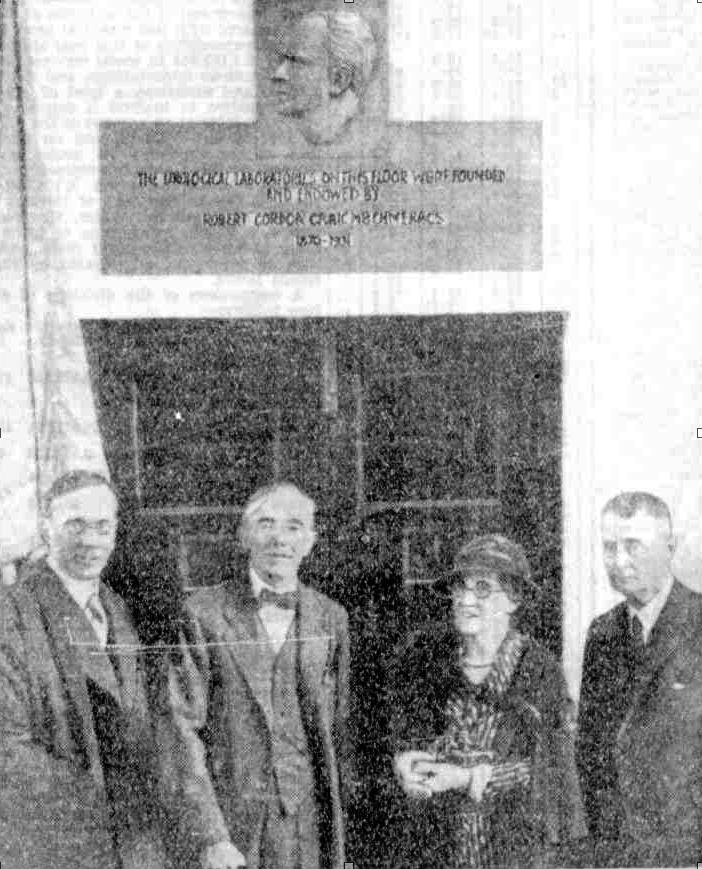
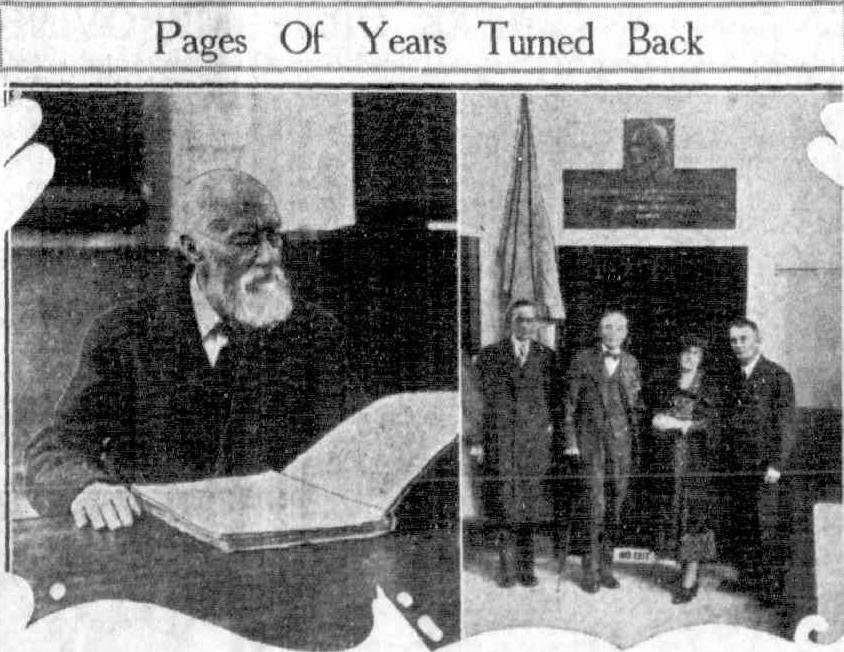
 The funeral of Mr. Alfred Henry Chambers, formerly general manager of the Union Bank of Australia, Ltd., and one-time chairman of the Associated Banks, who died in Melbourne on Monday, took place at South Head Cemetery yesterday.
The funeral of Mr. Alfred Henry Chambers, formerly general manager of the Union Bank of Australia, Ltd., and one-time chairman of the Associated Banks, who died in Melbourne on Monday, took place at South Head Cemetery yesterday.
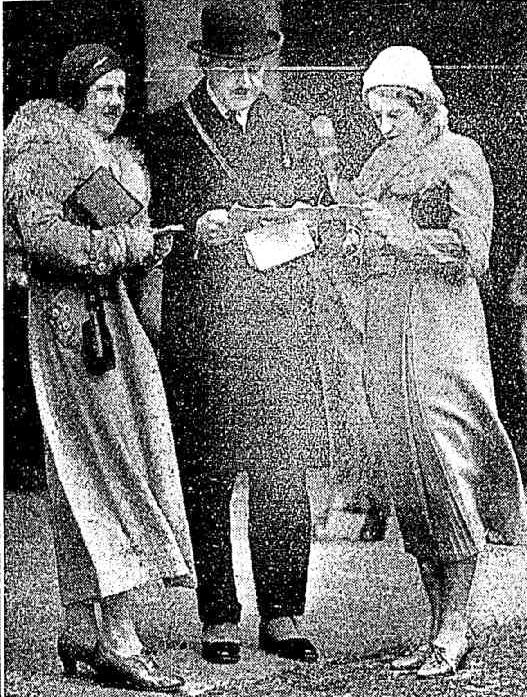
 The death occurred on Friday at Molong Hospital, Darlinghurst, of Mr. Arthur William Tooth, who was for many years chief brewer for Tooth and Company, Limited. He was 64 years of age.
The death occurred on Friday at Molong Hospital, Darlinghurst, of Mr. Arthur William Tooth, who was for many years chief brewer for Tooth and Company, Limited. He was 64 years of age.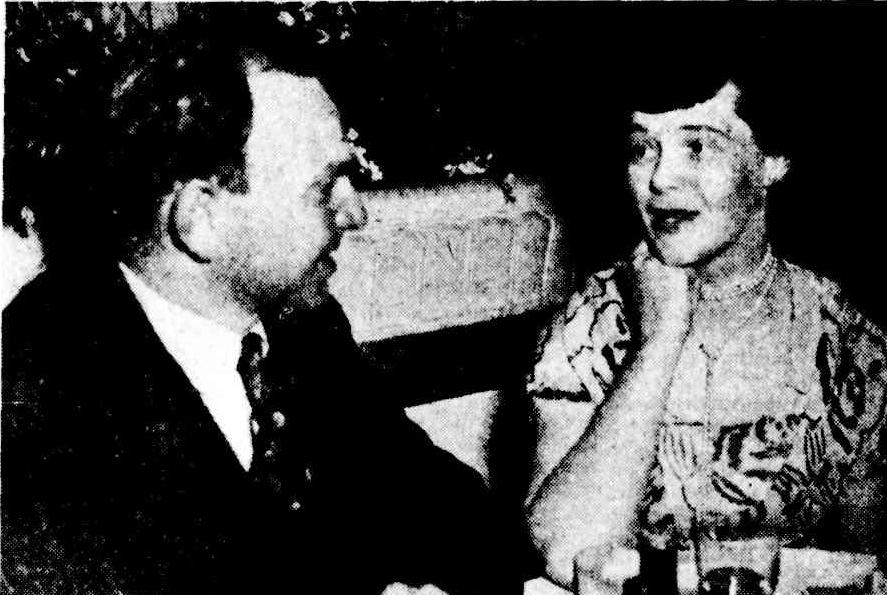
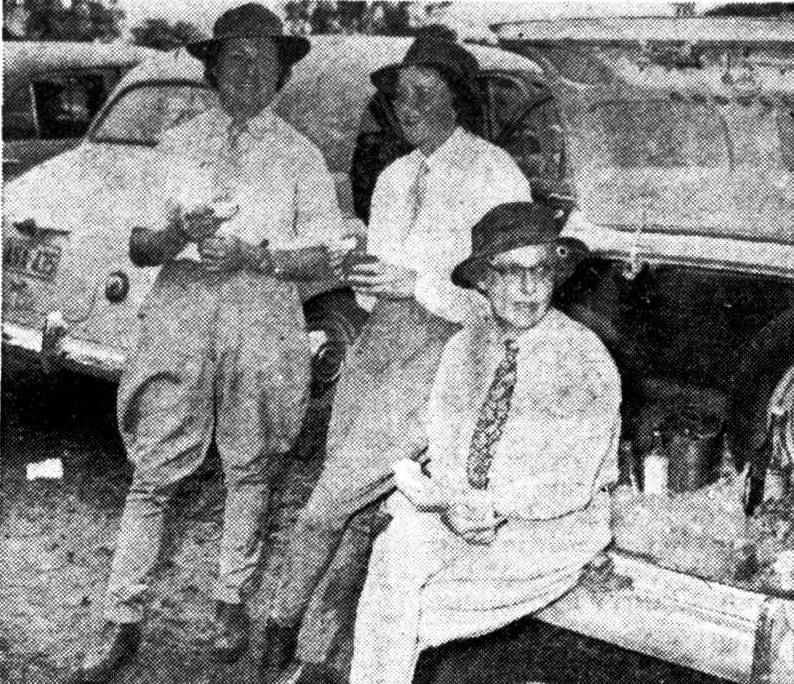
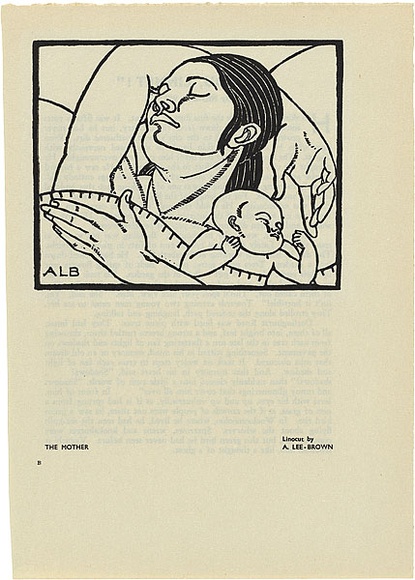
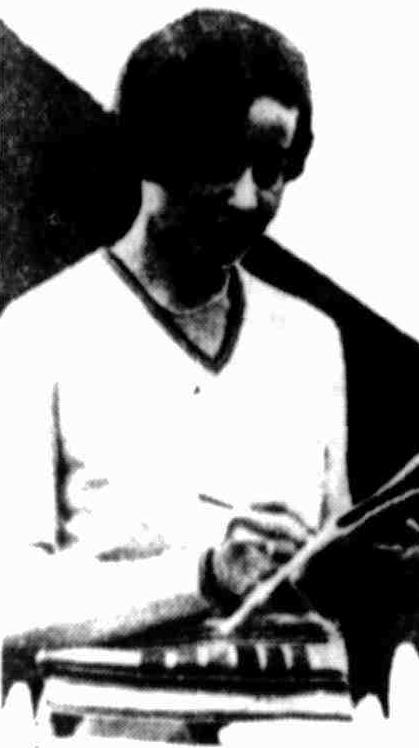
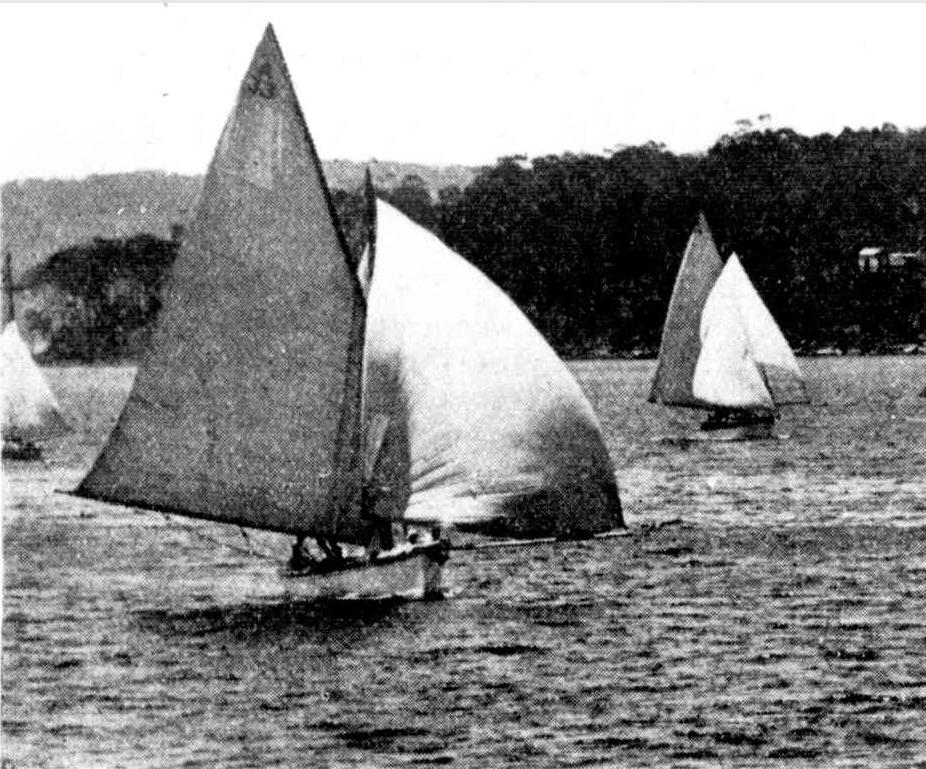

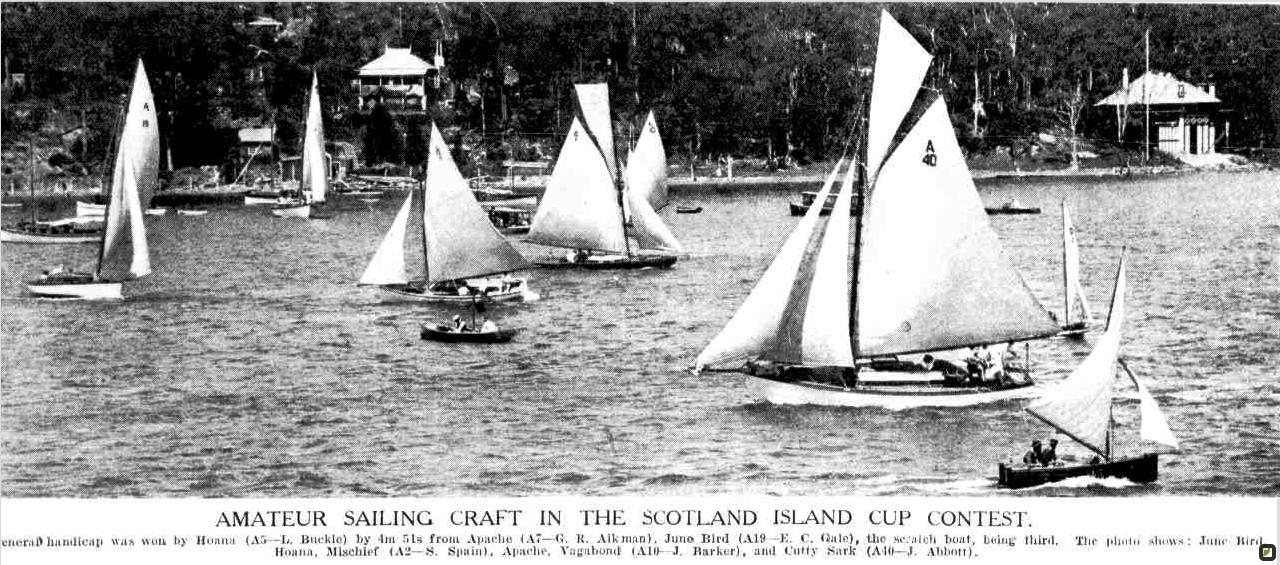
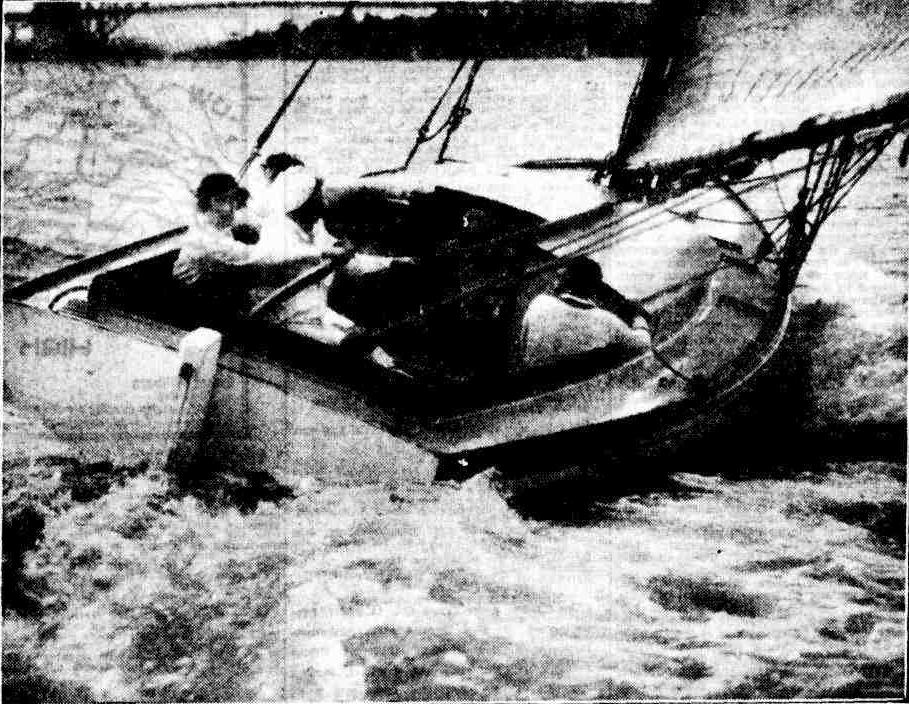
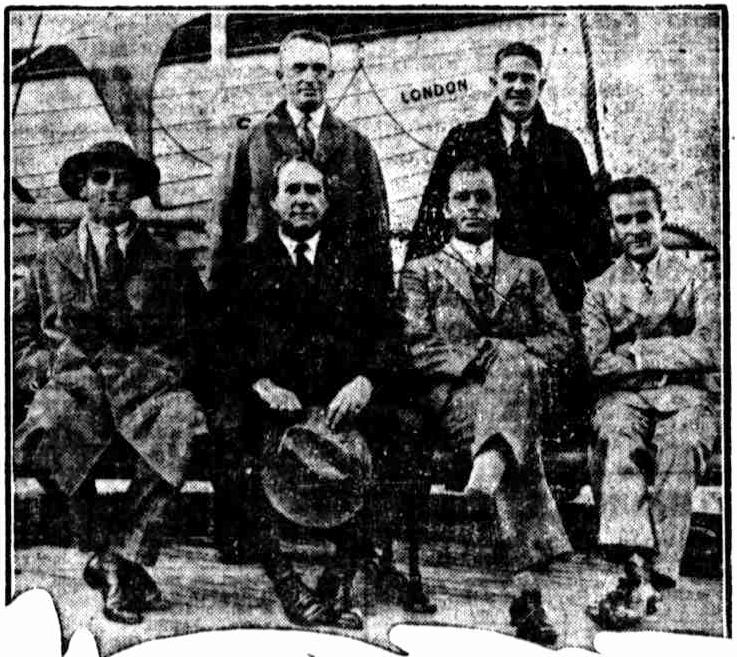
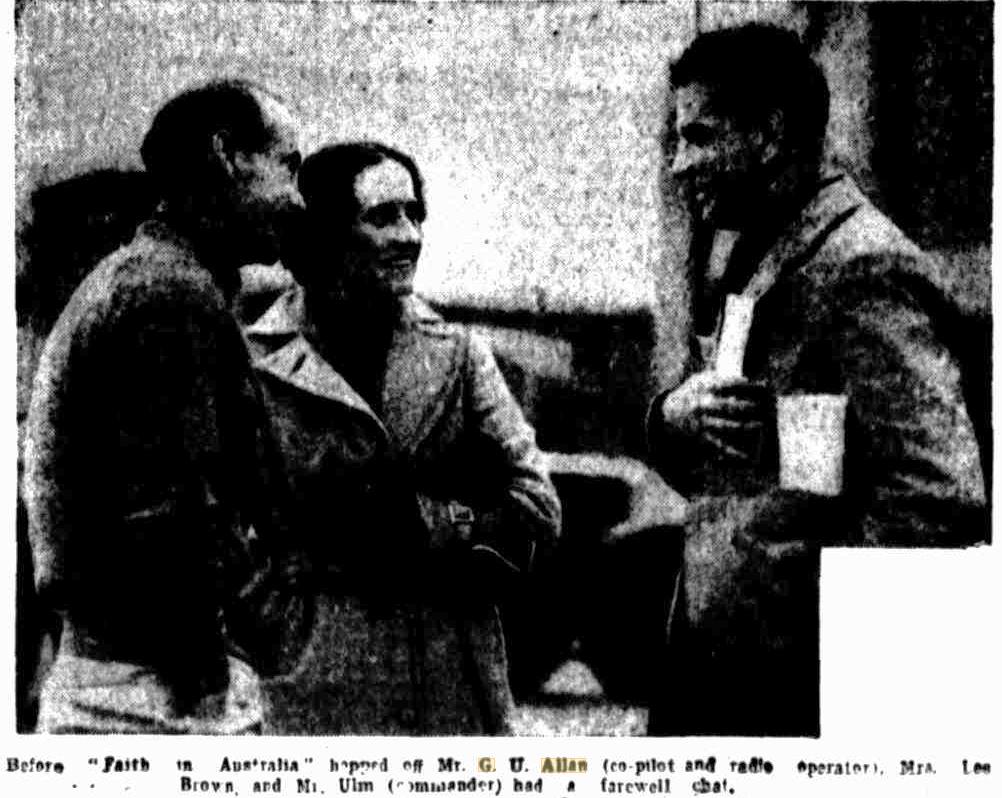
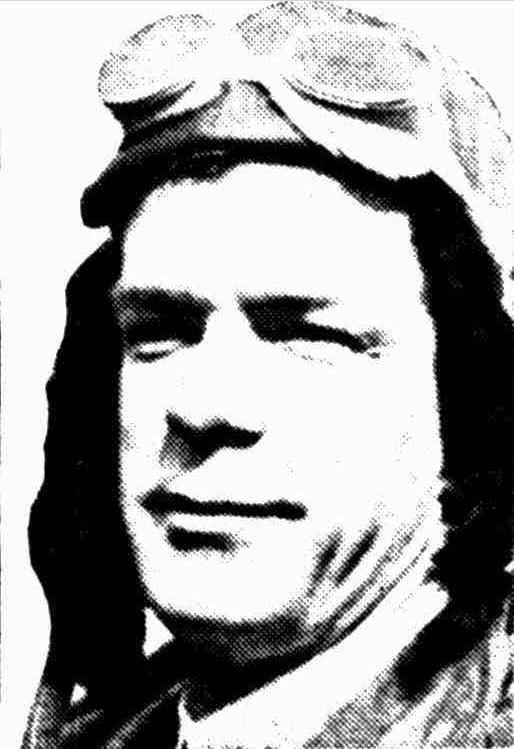
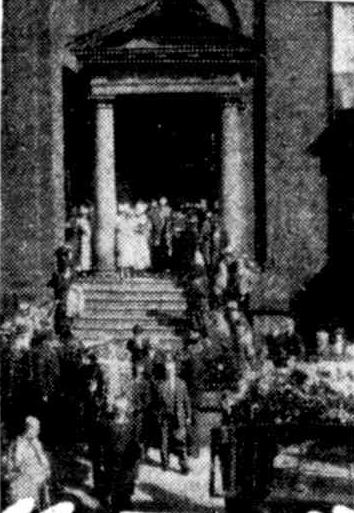
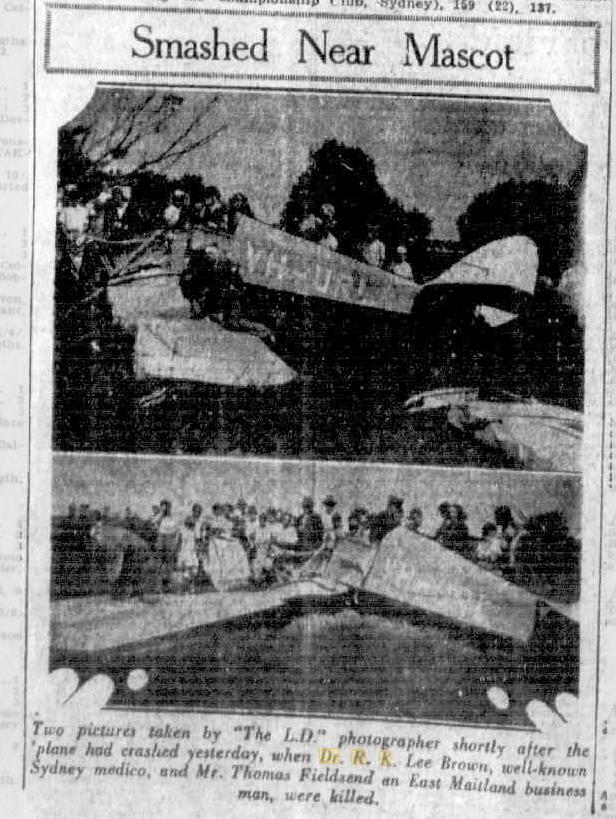
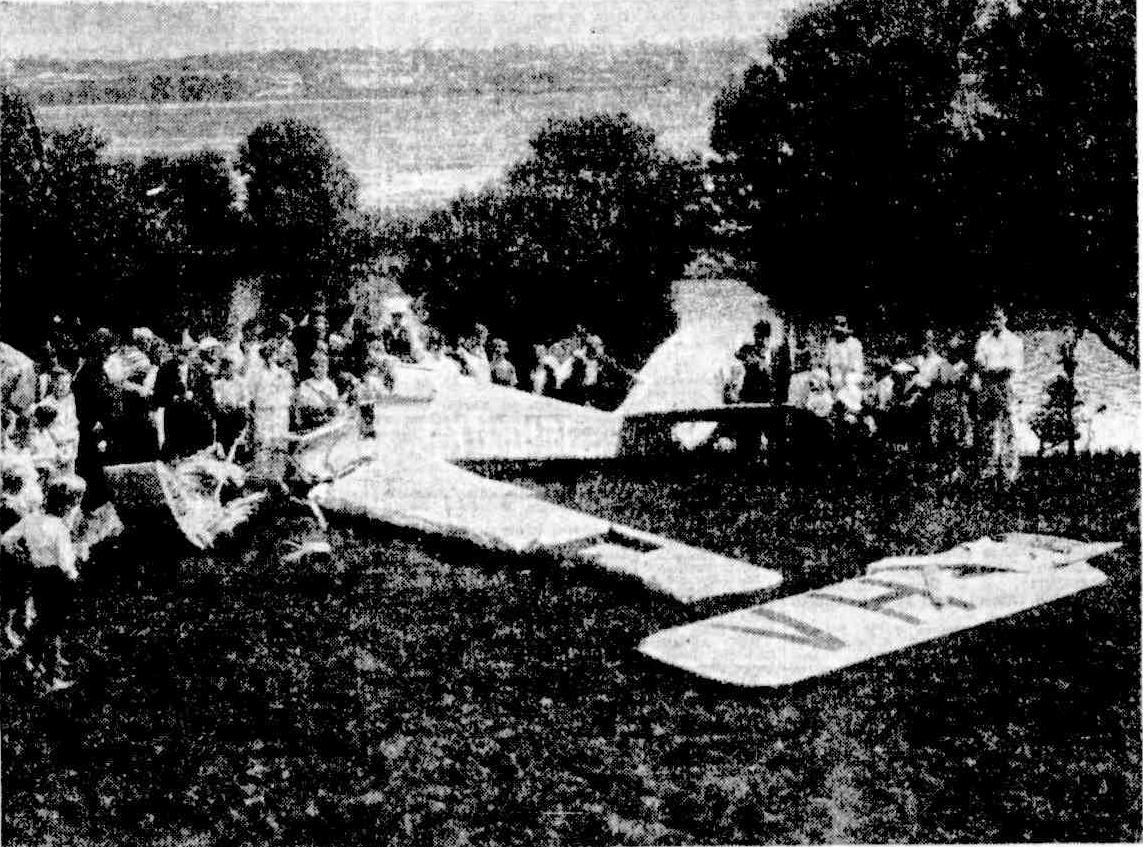
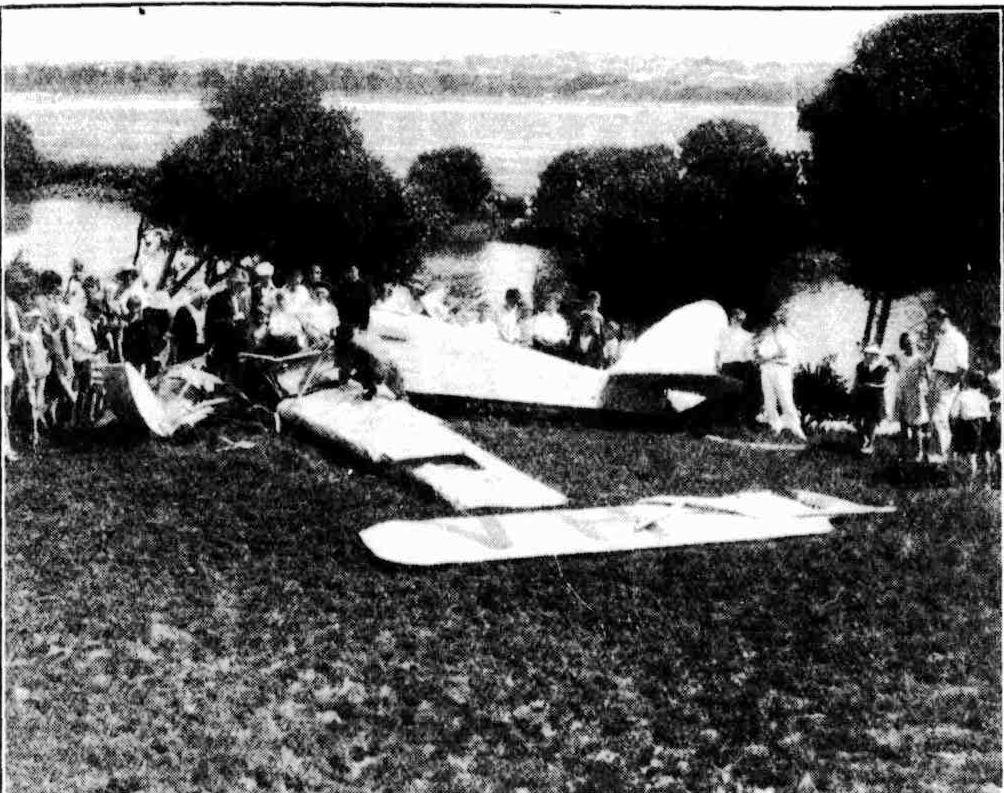
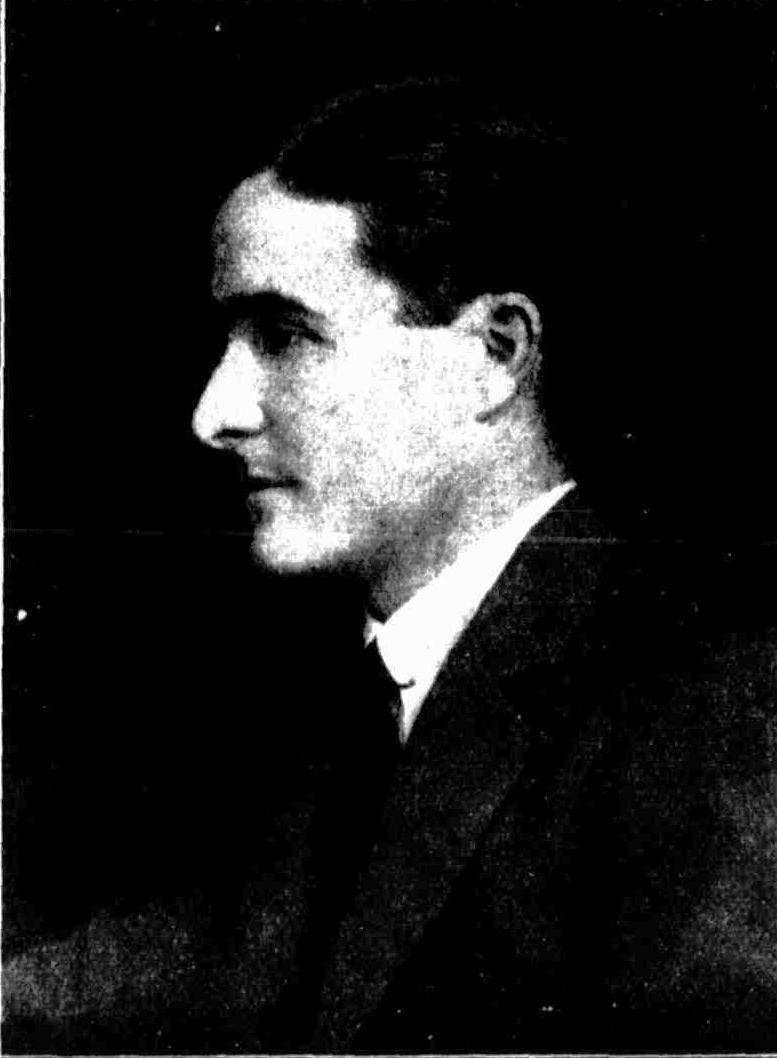
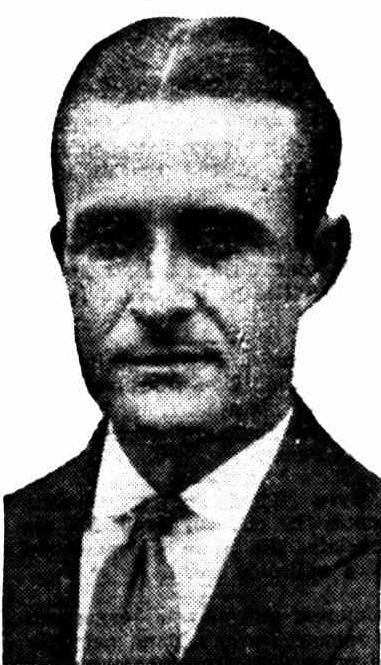
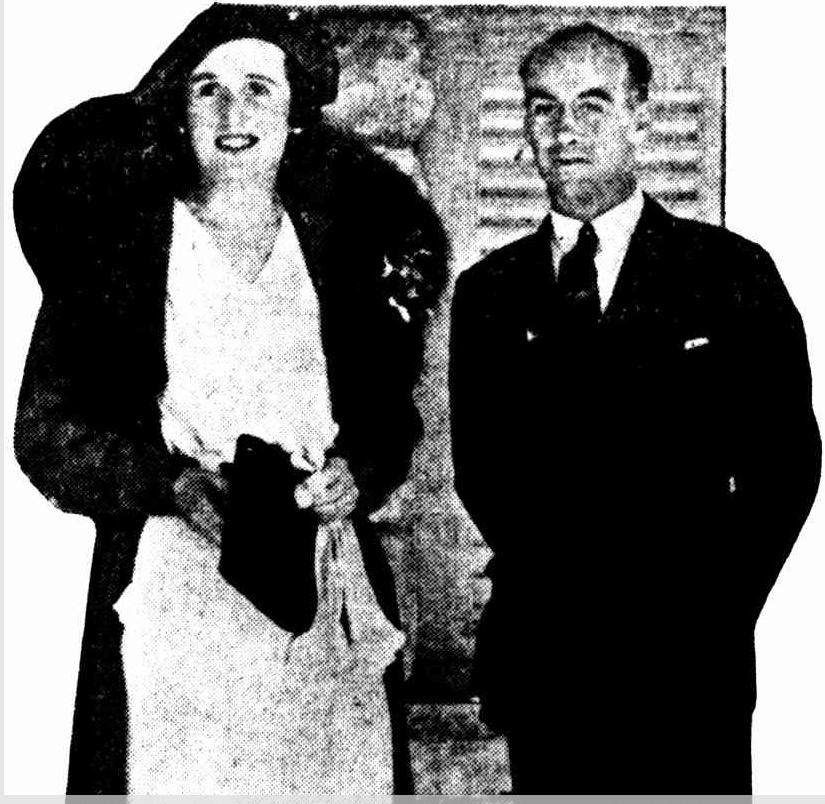
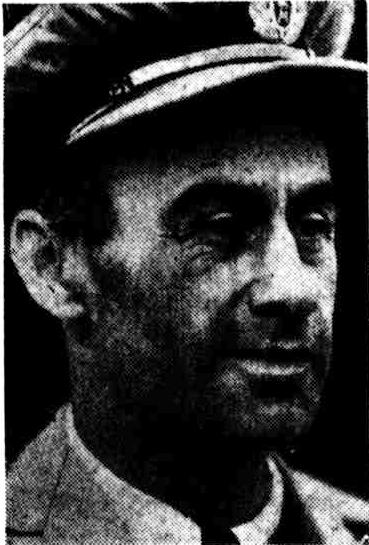
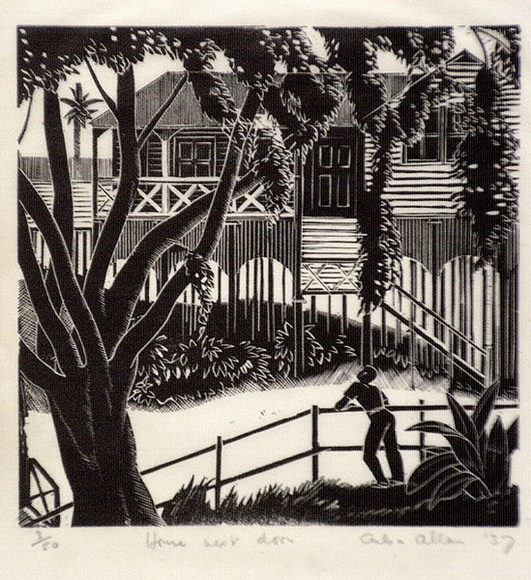
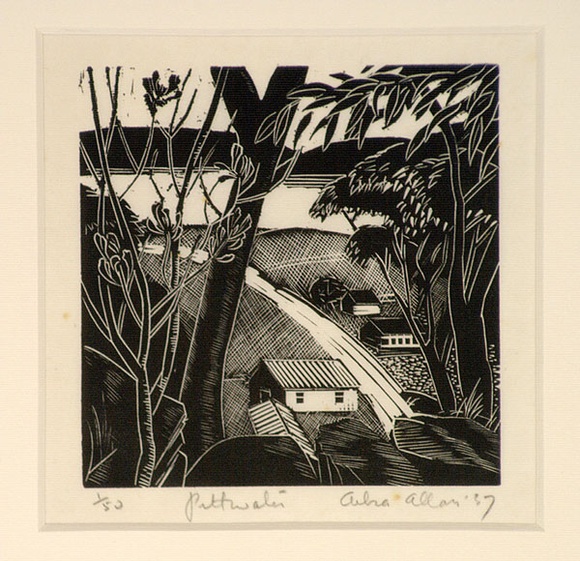
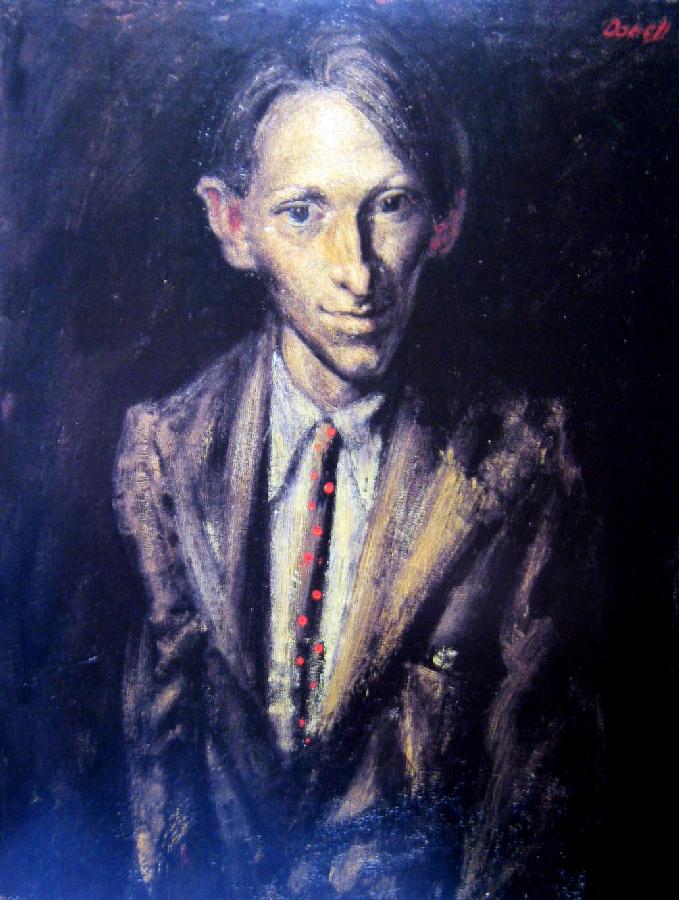
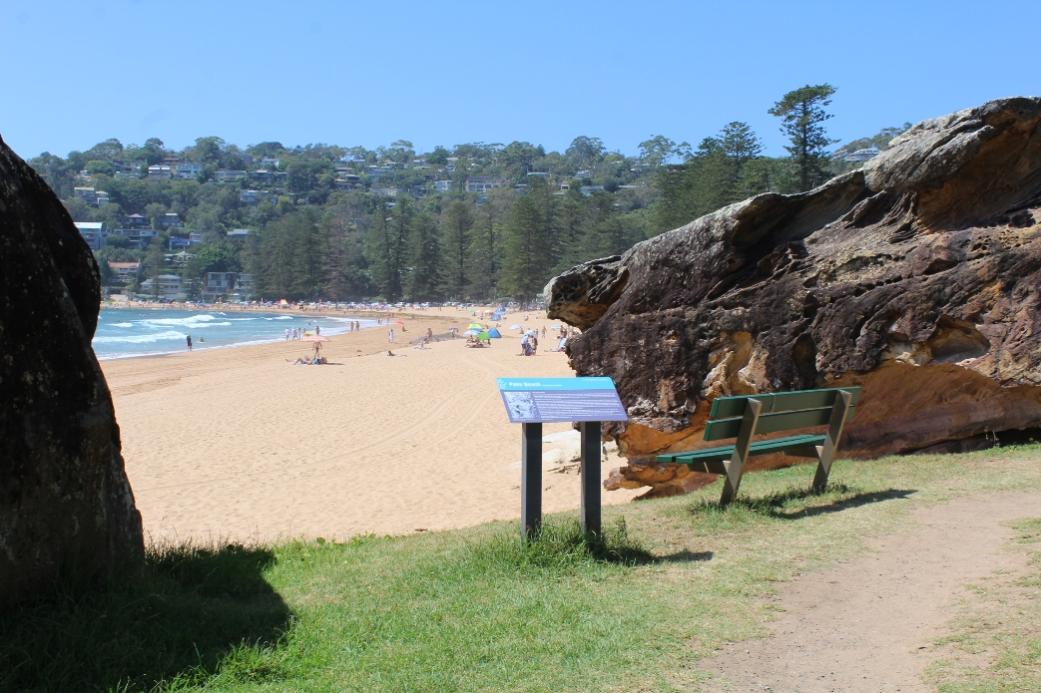
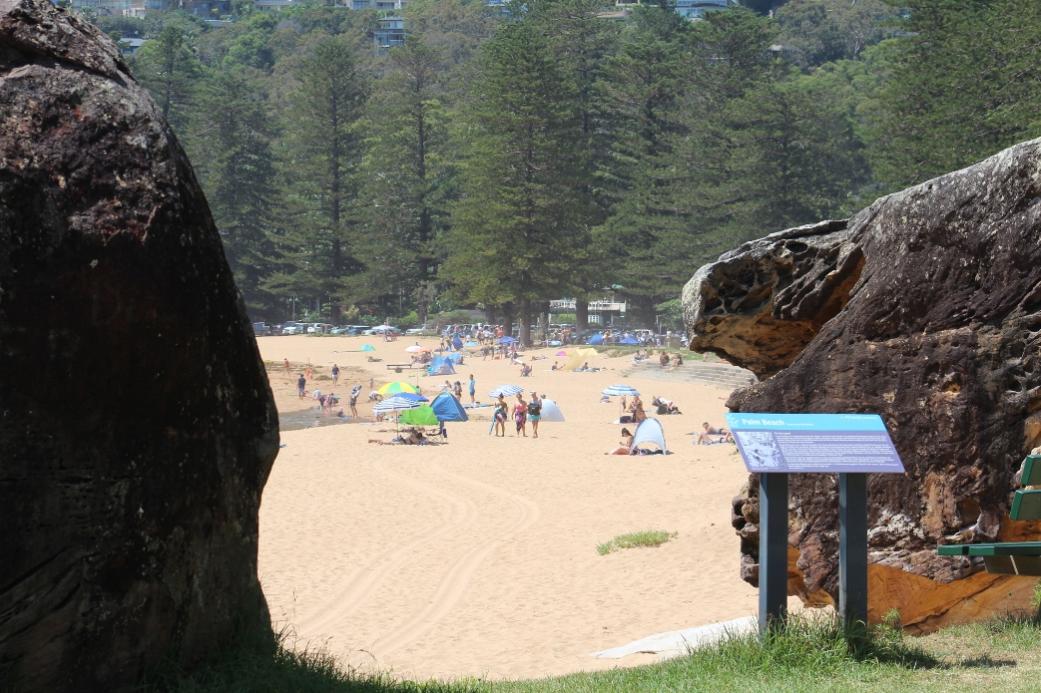


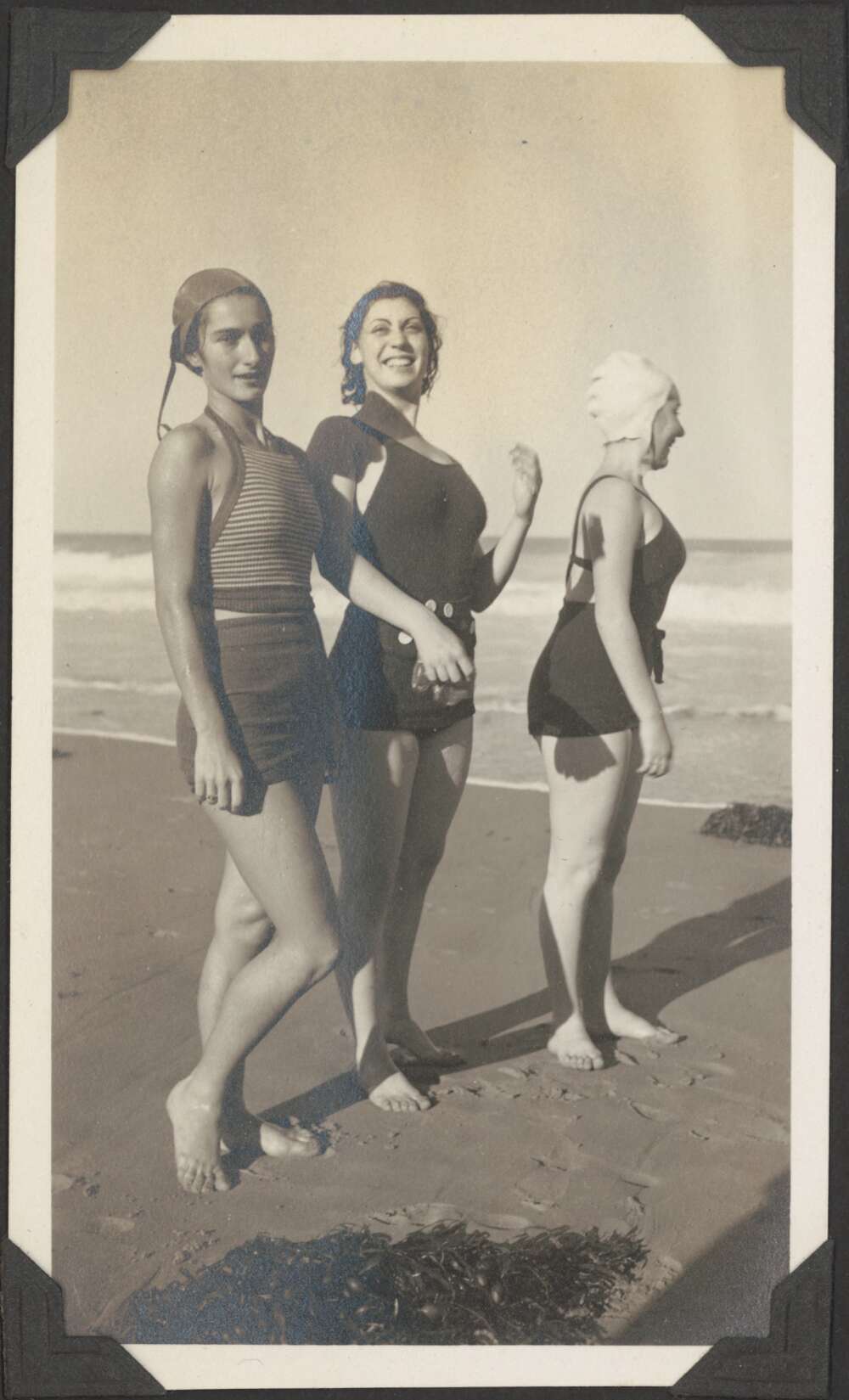


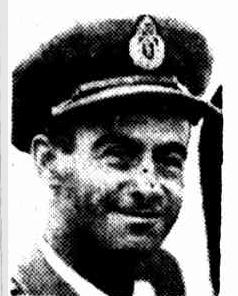

 Palm Beach Prepares For Almost Adam-less Eden
Palm Beach Prepares For Almost Adam-less Eden


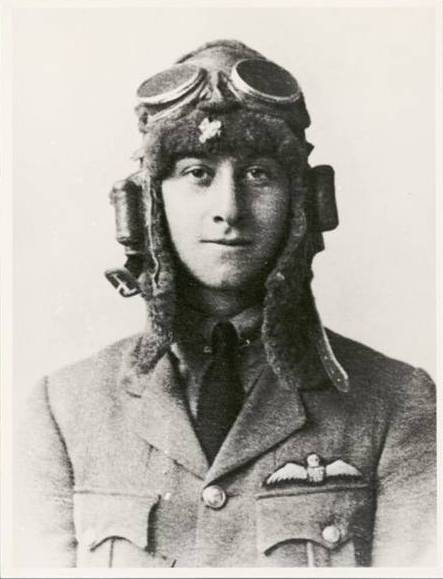 George Urquhart Allan was born in Bellshill (Forgandenny), Scotland. At 17 years of age, in 1917, he joined the Royal Flying Corps and served on the Western Front. He served in the 71 Sqn RFC and 11, 47, 58 Sqns RAF.
George Urquhart Allan was born in Bellshill (Forgandenny), Scotland. At 17 years of age, in 1917, he joined the Royal Flying Corps and served on the Western Front. He served in the 71 Sqn RFC and 11, 47, 58 Sqns RAF. 

Right: Ailsa Allan's lithograph 'Pittwater' from 1937, Courtesy State Library of NSW
